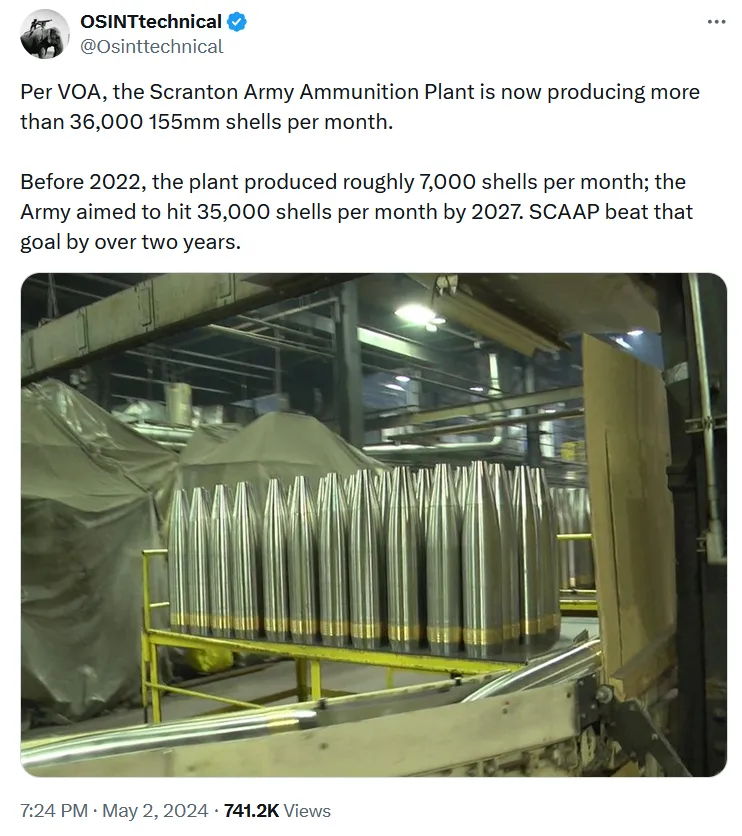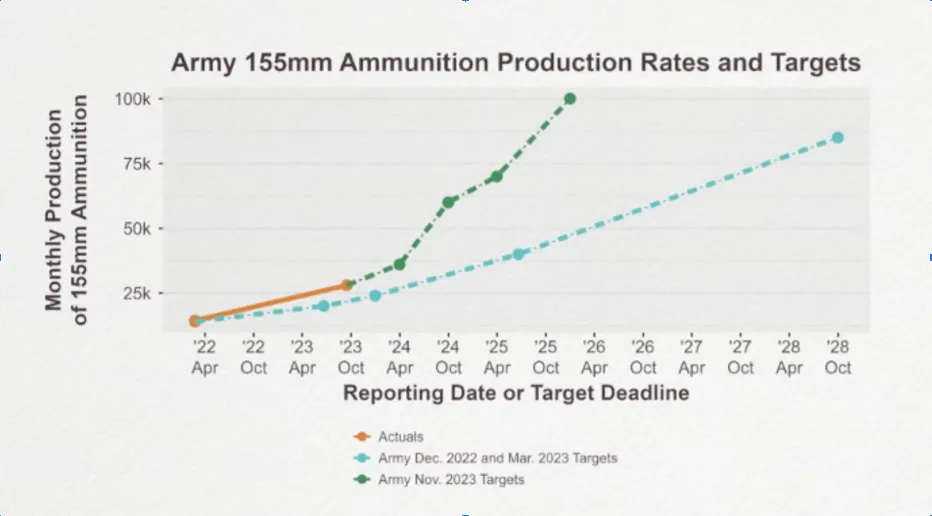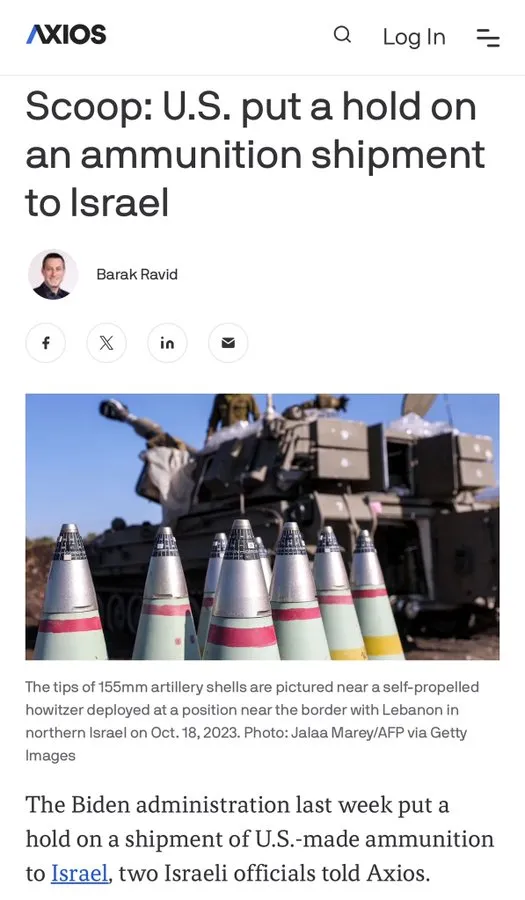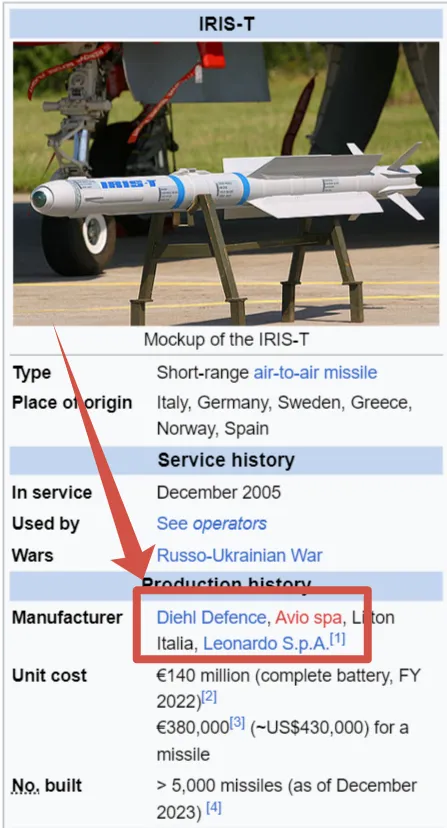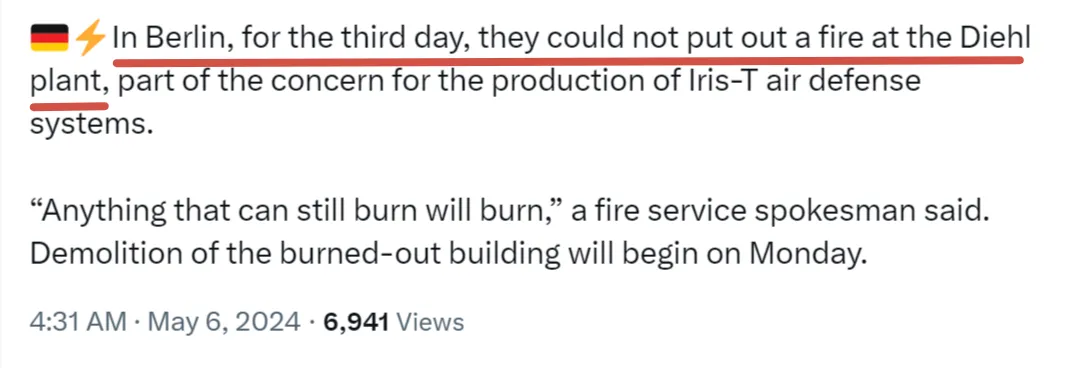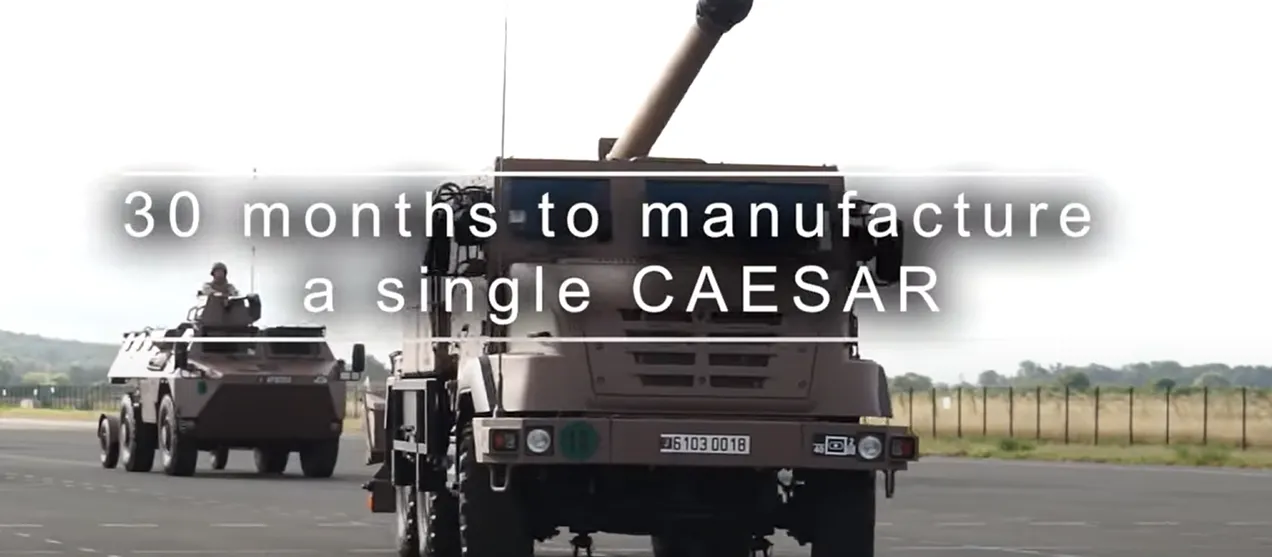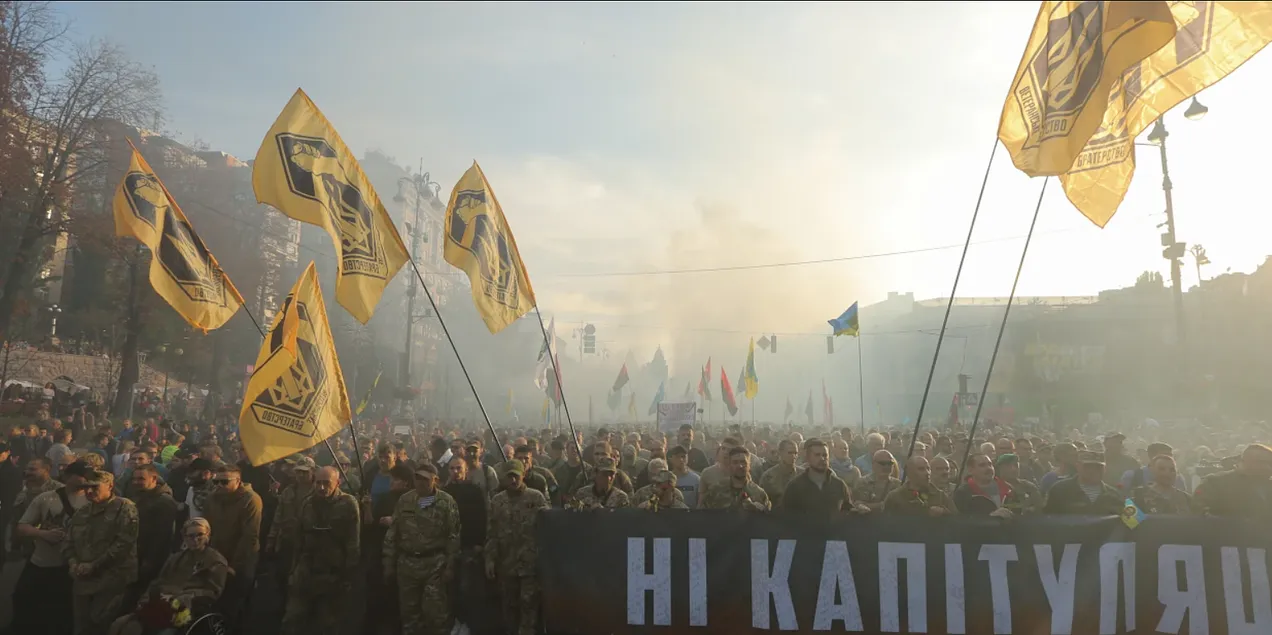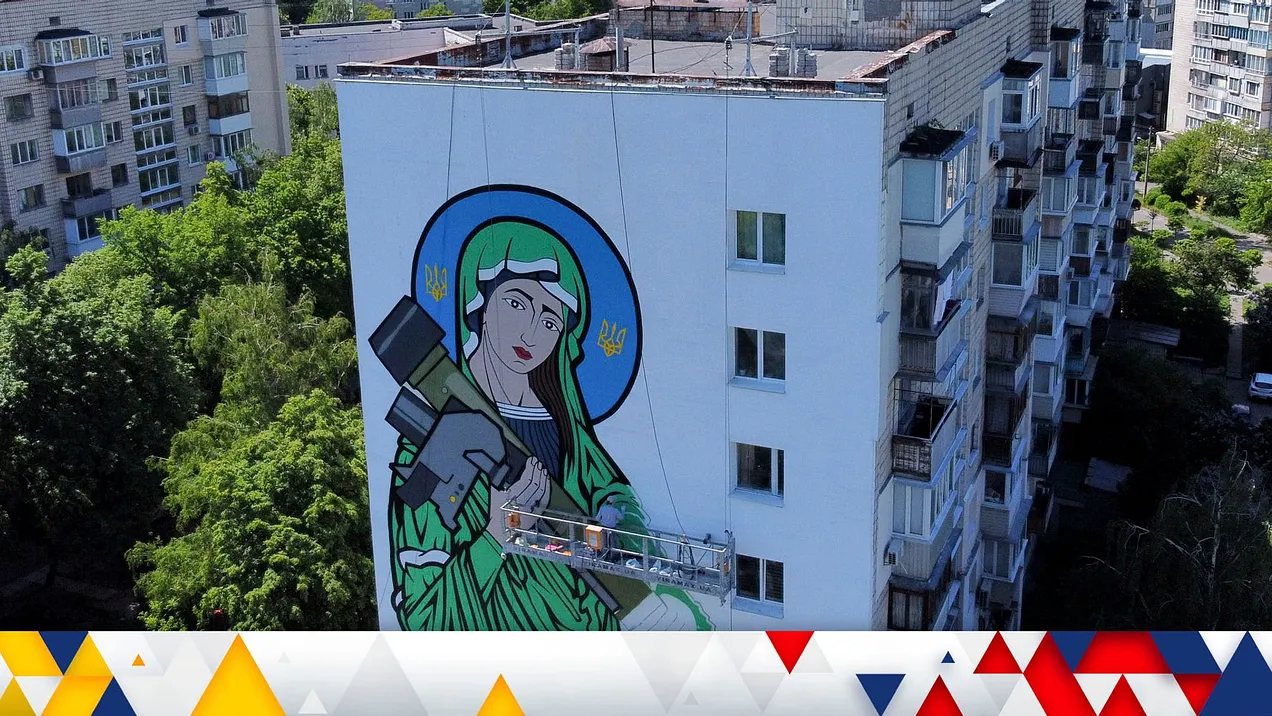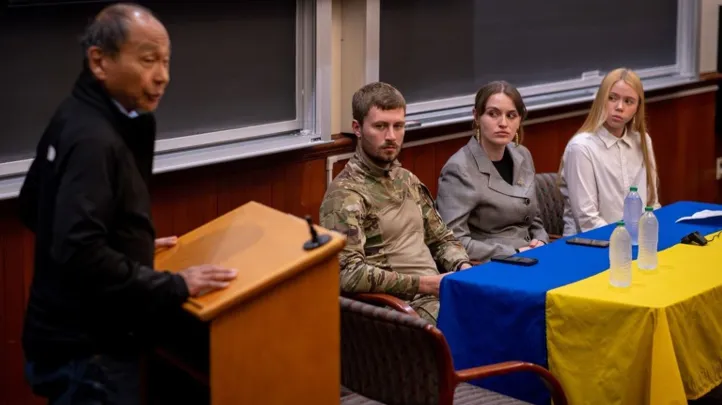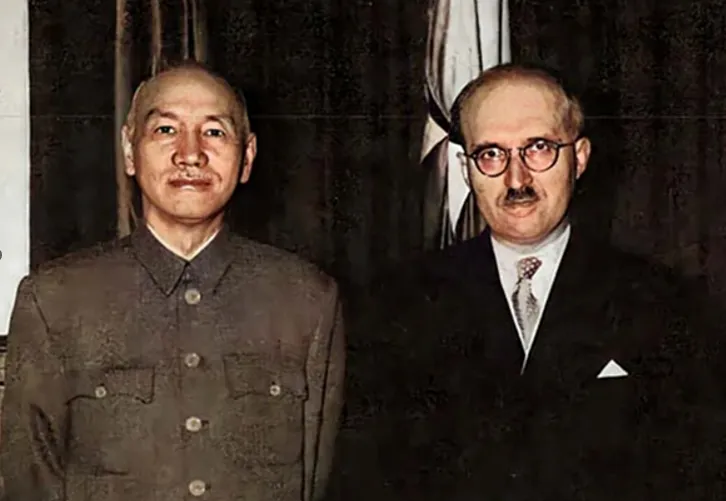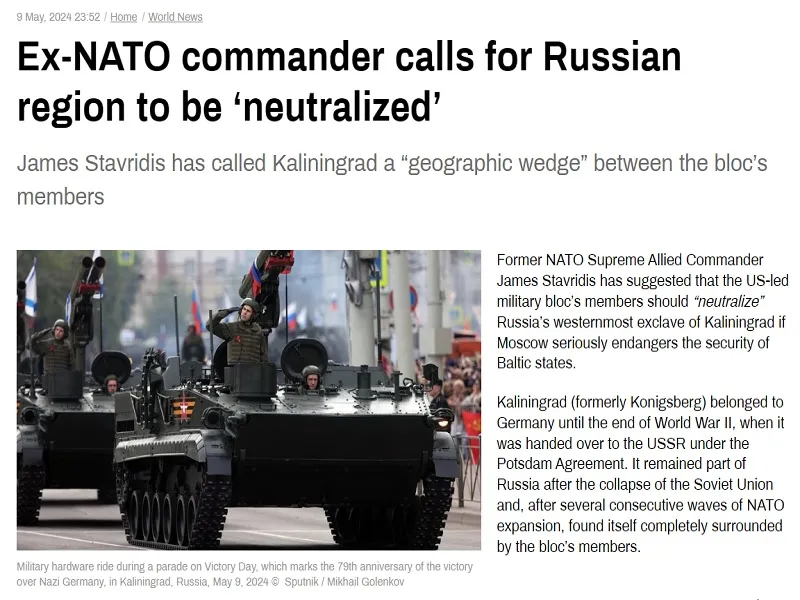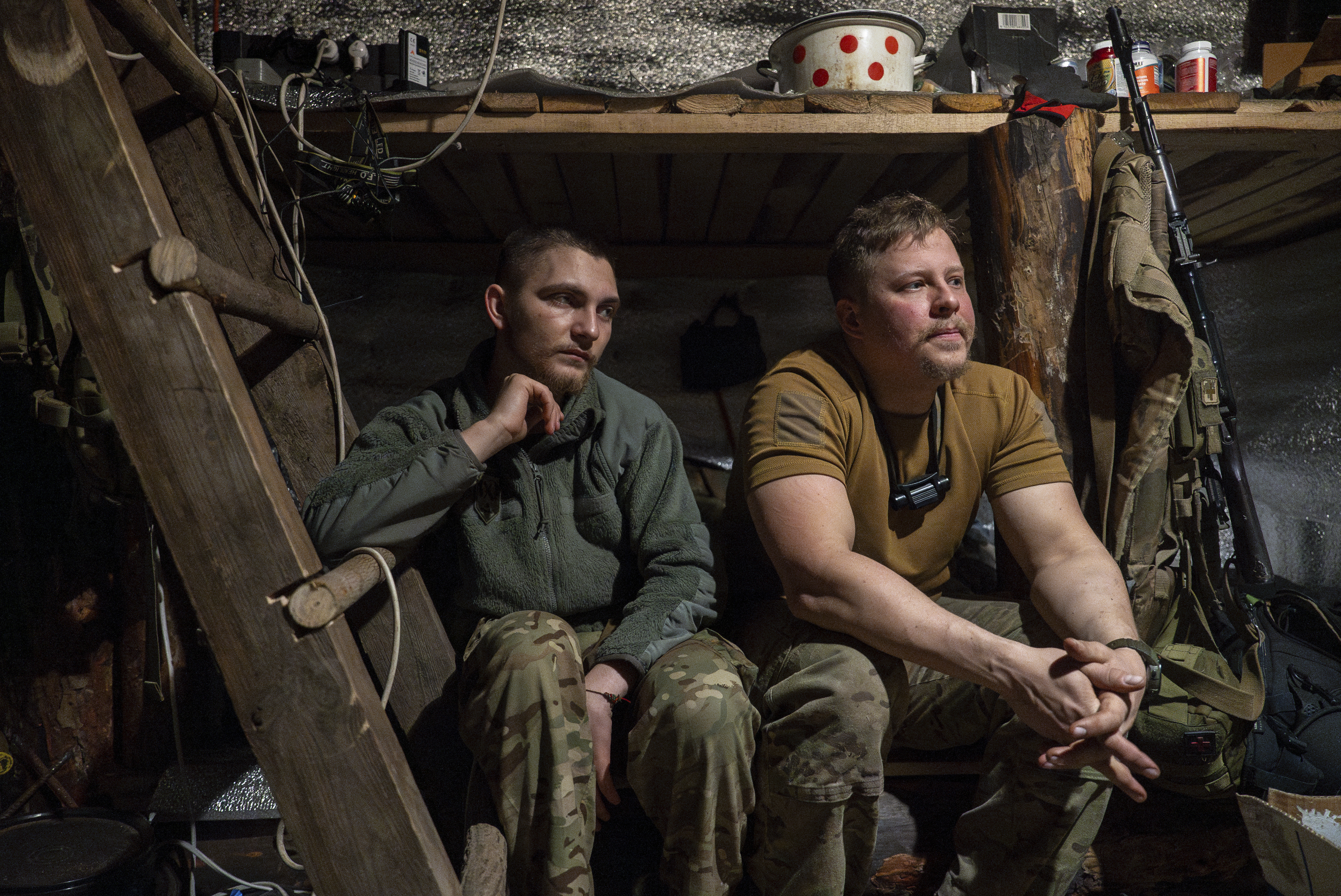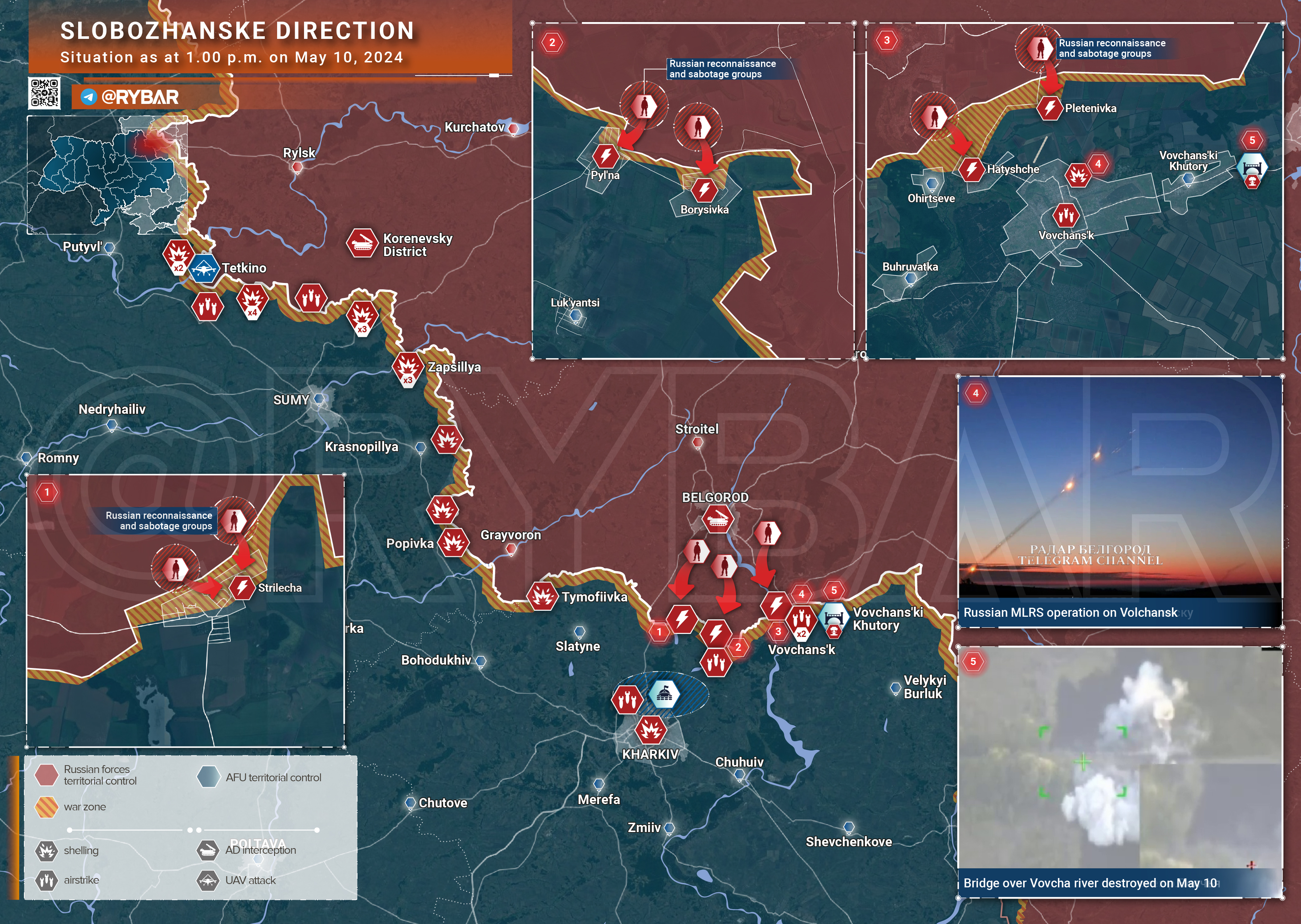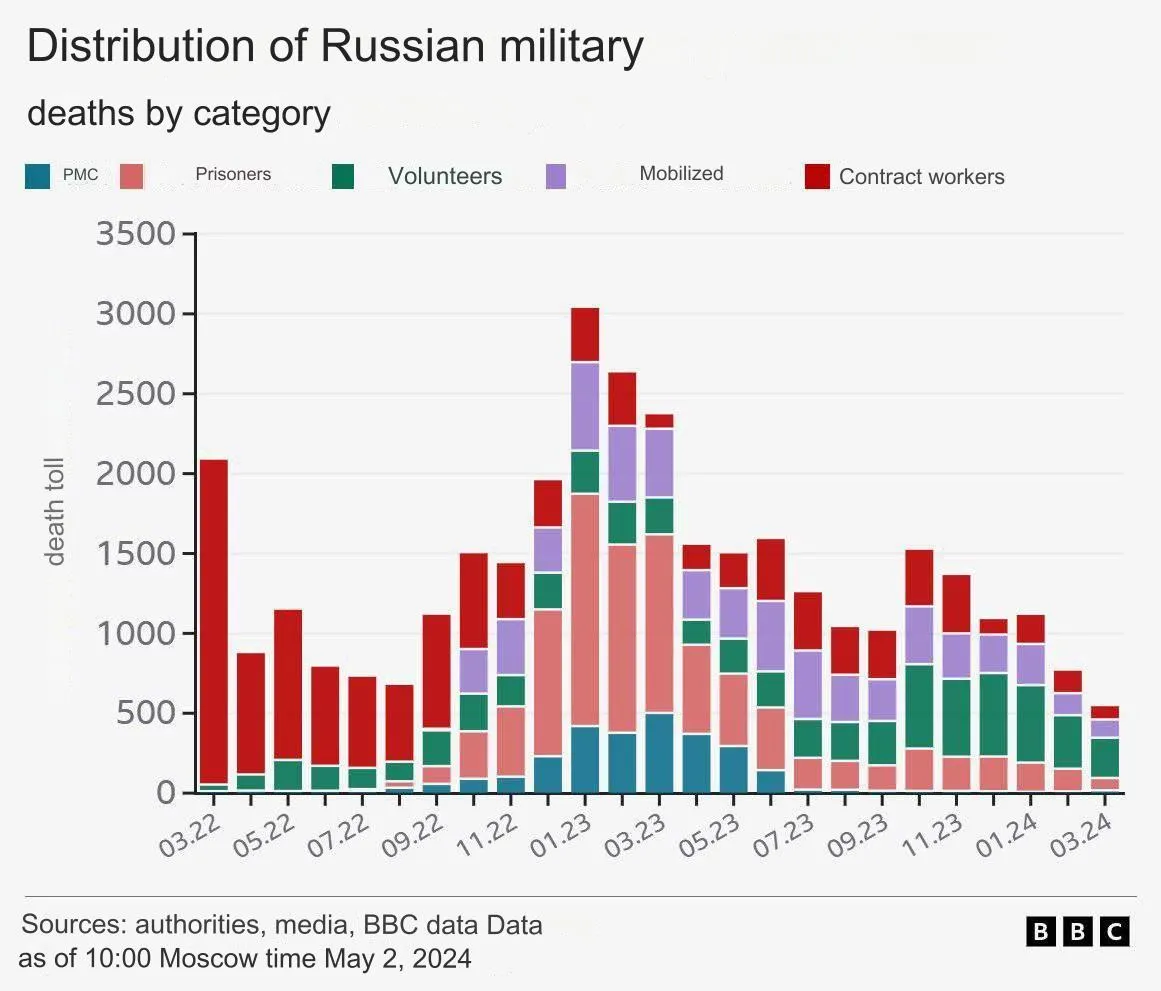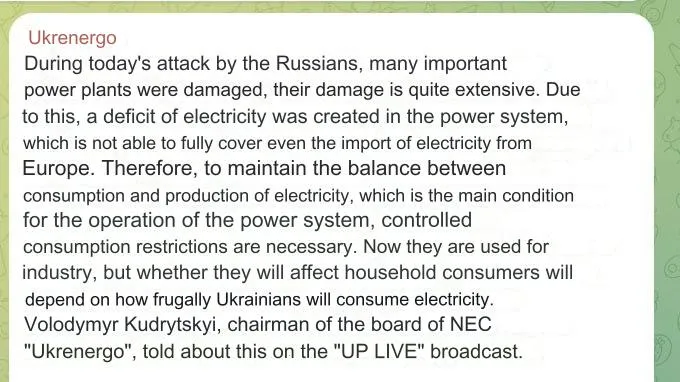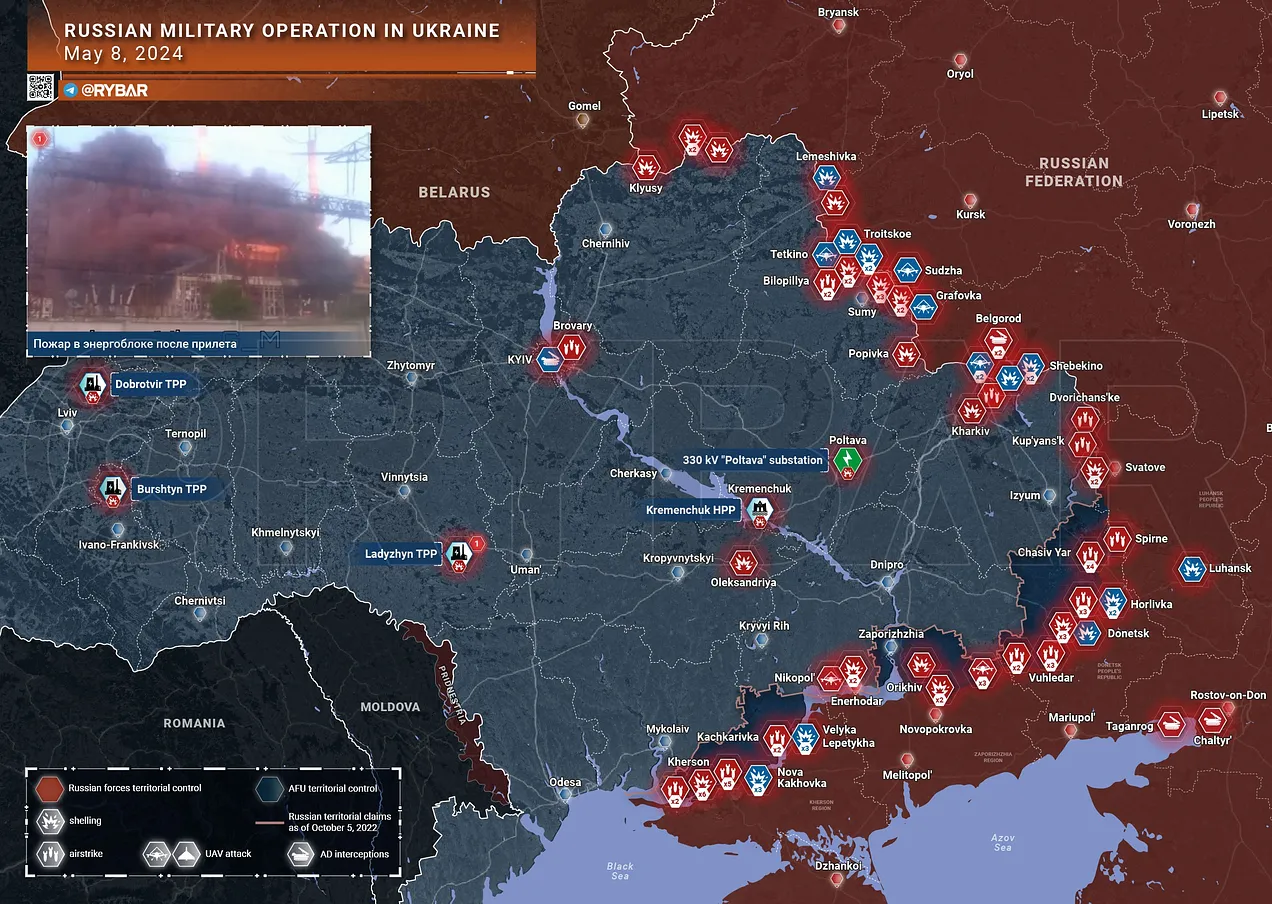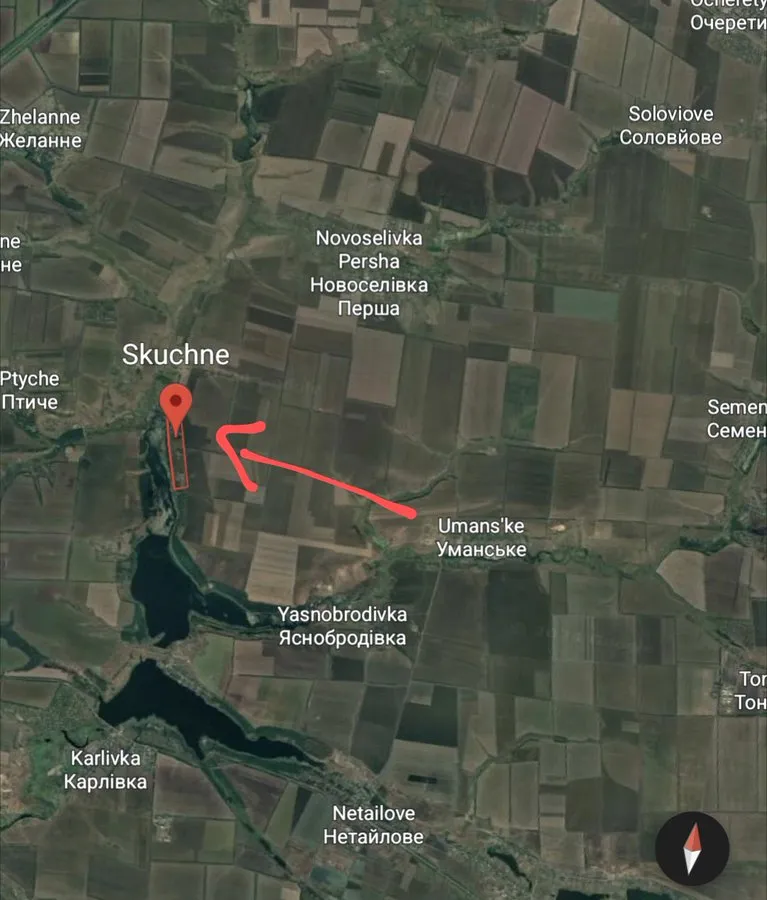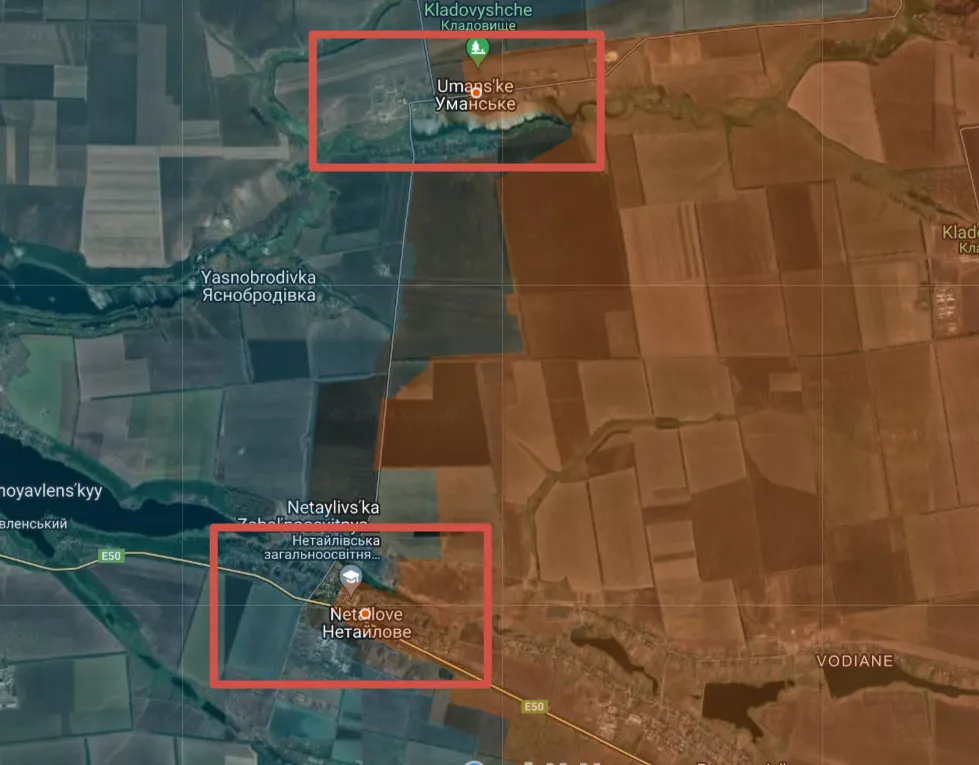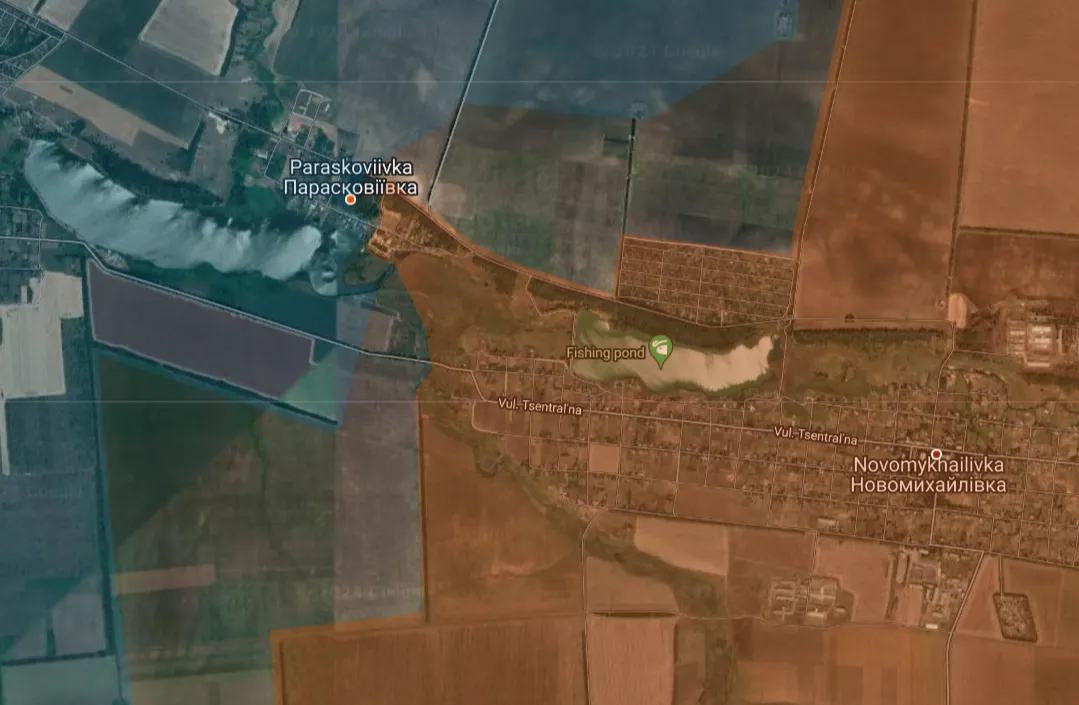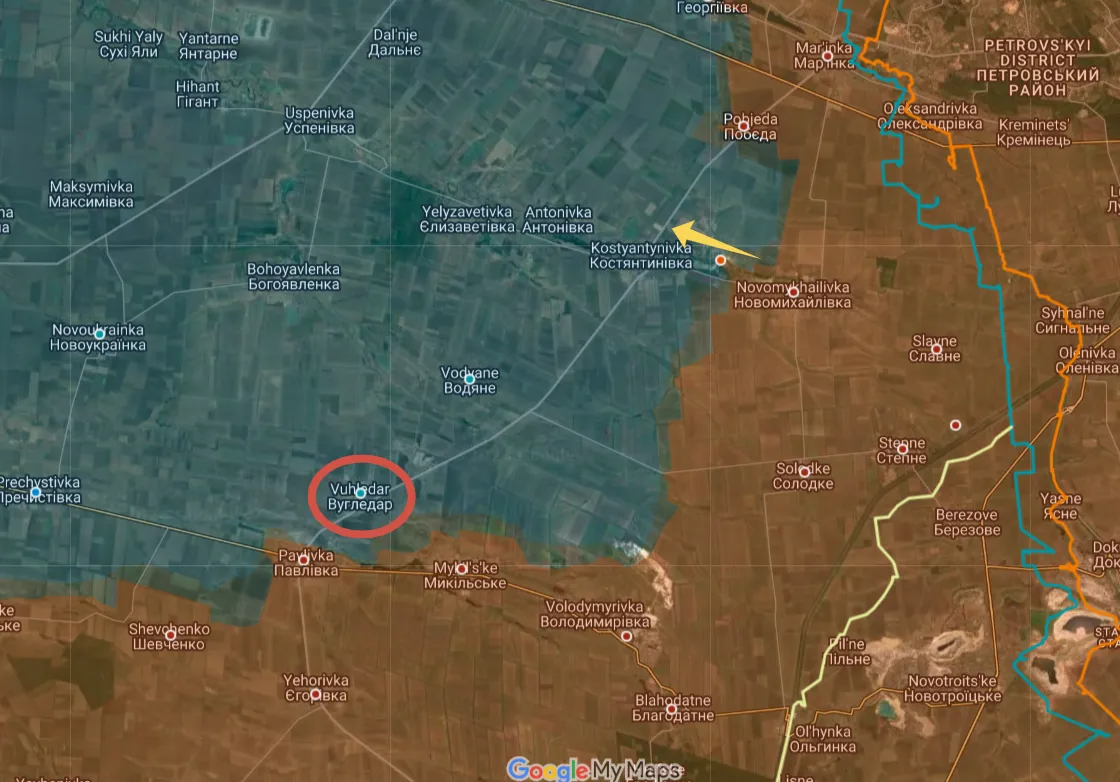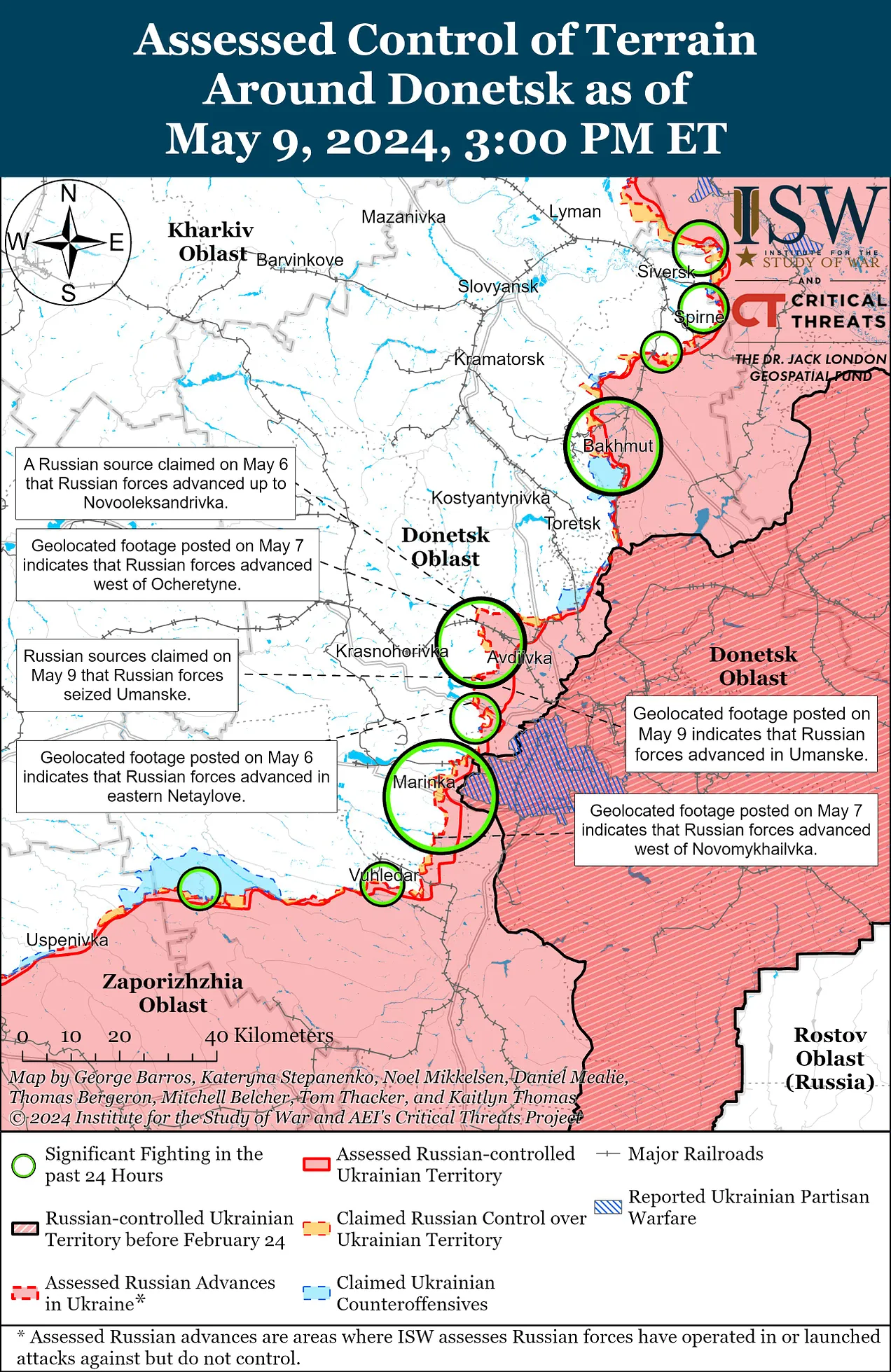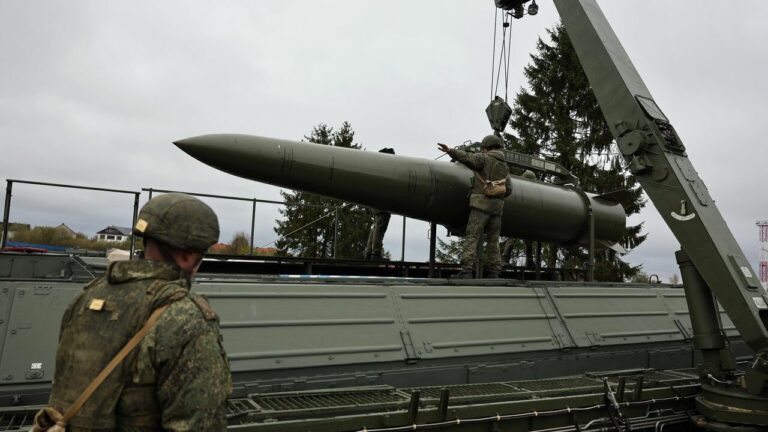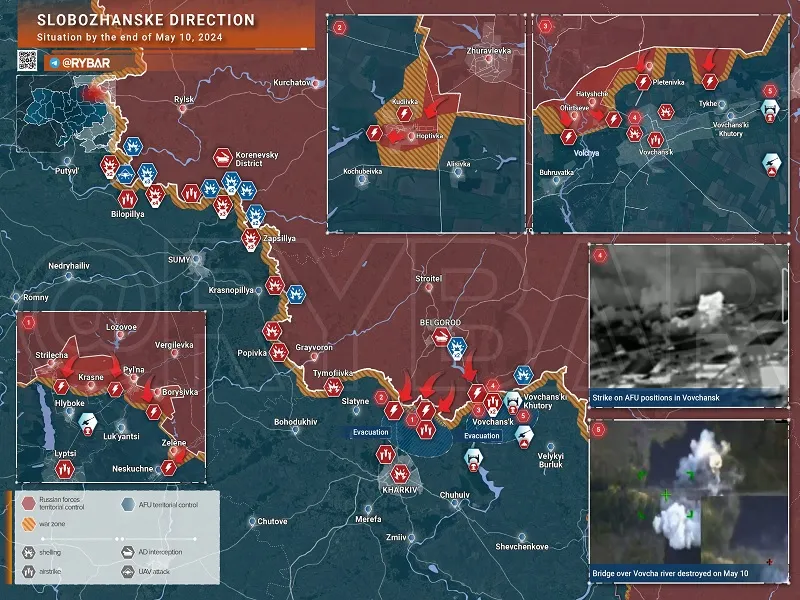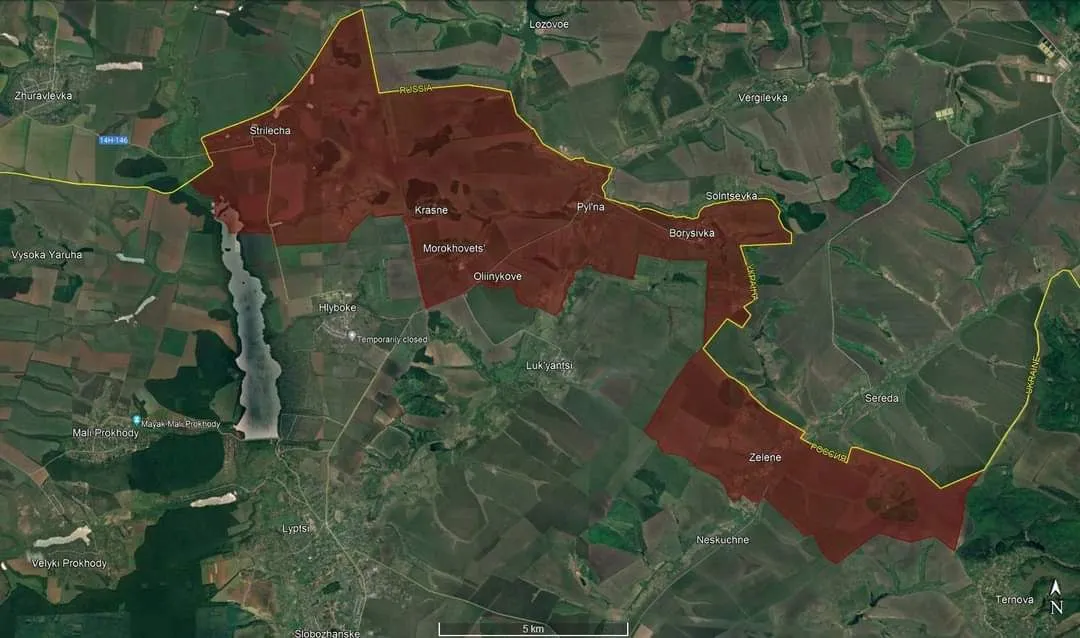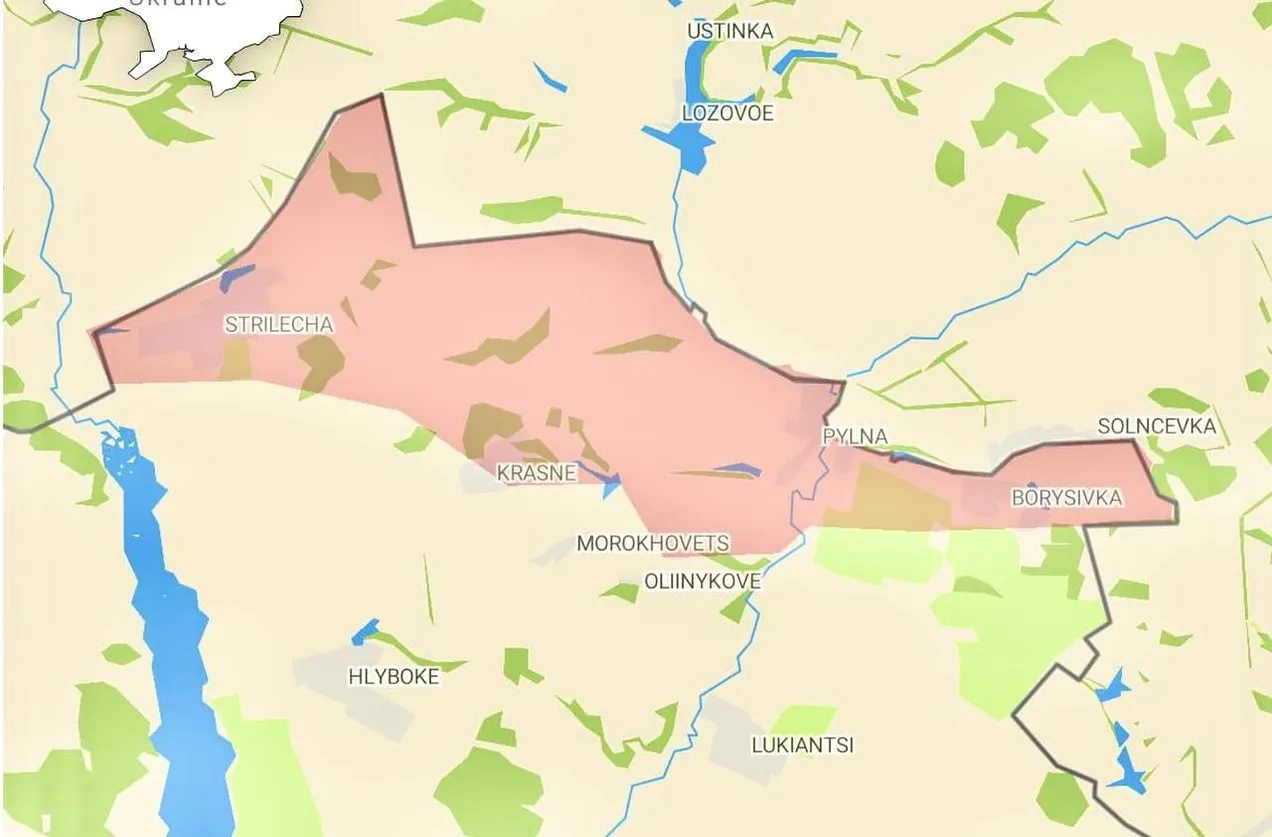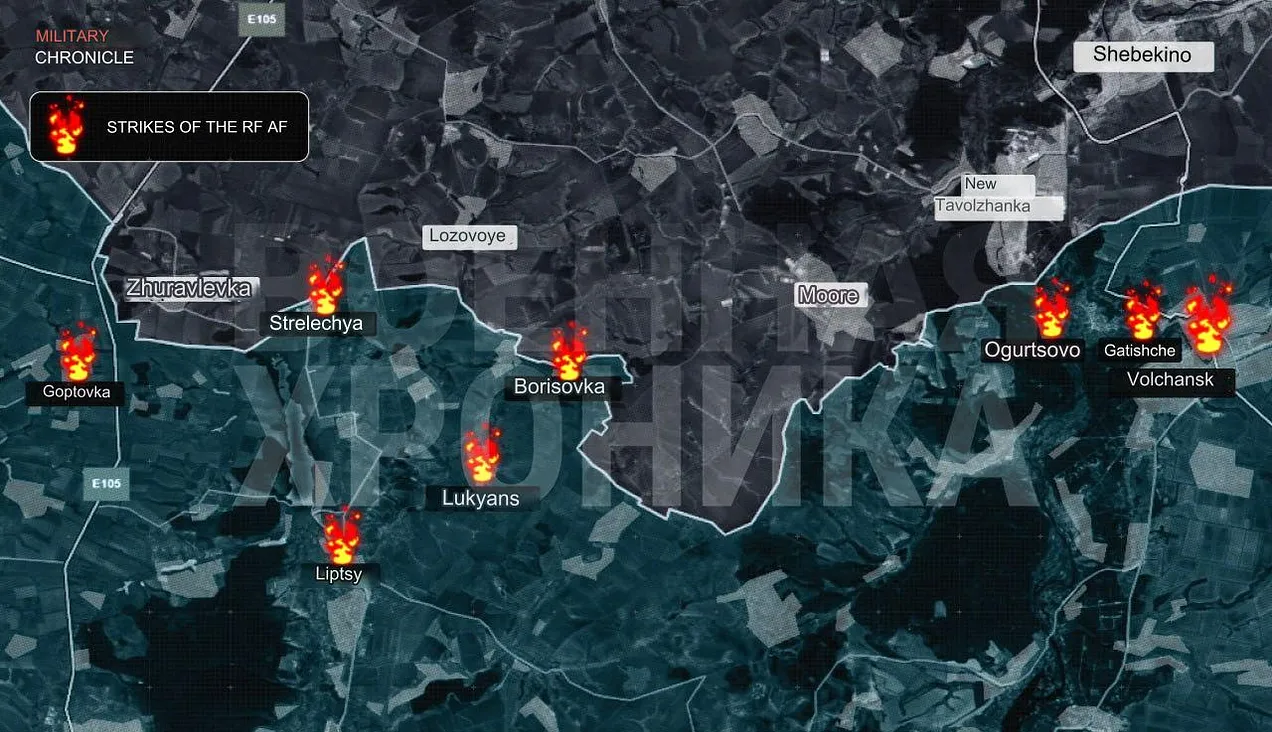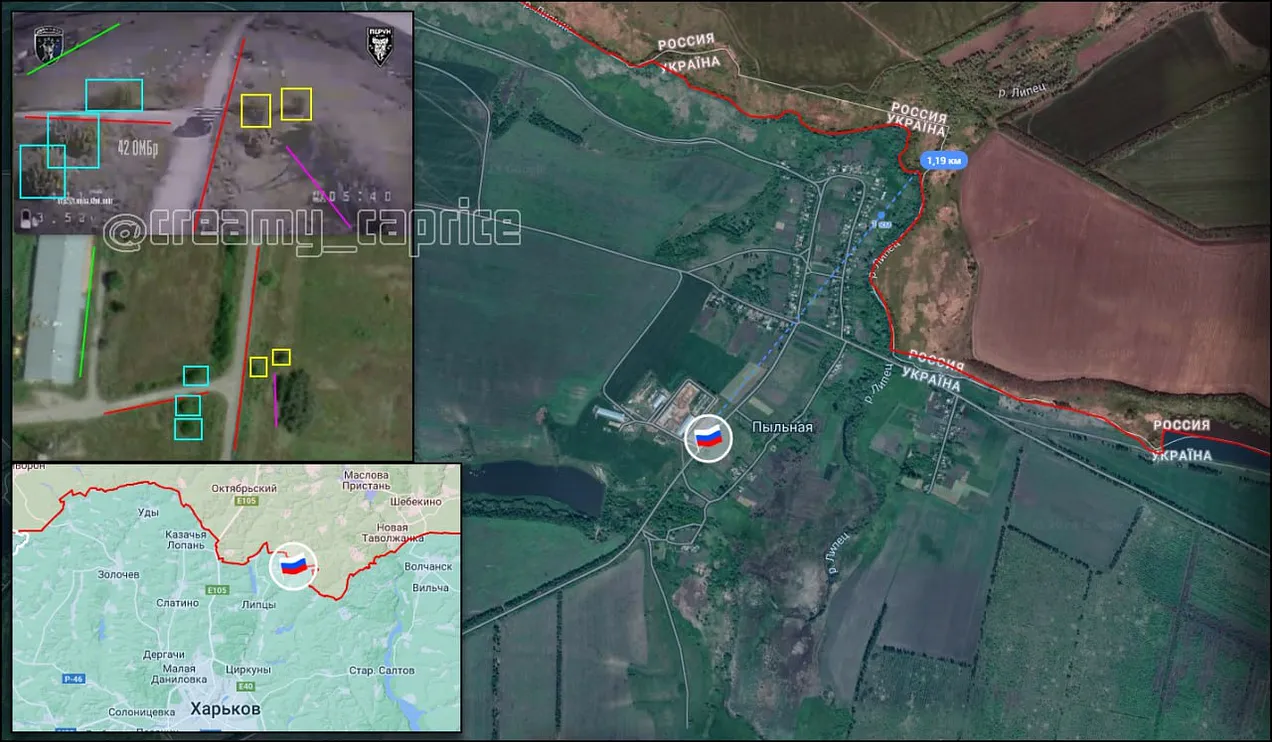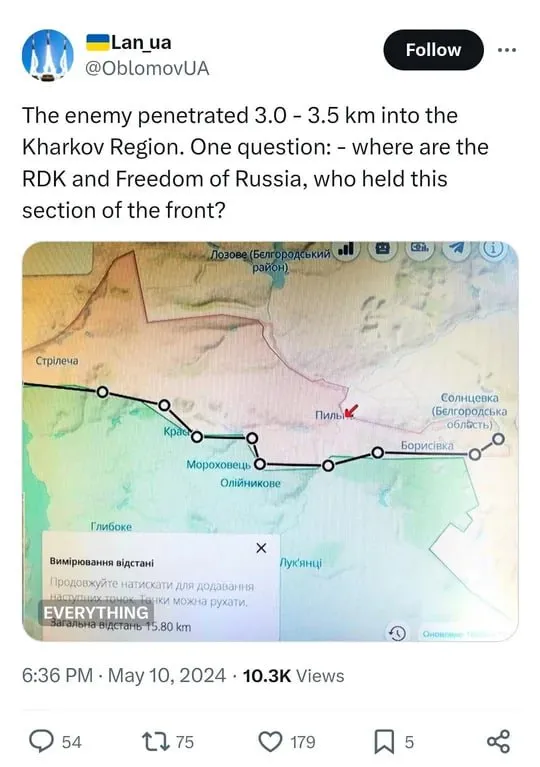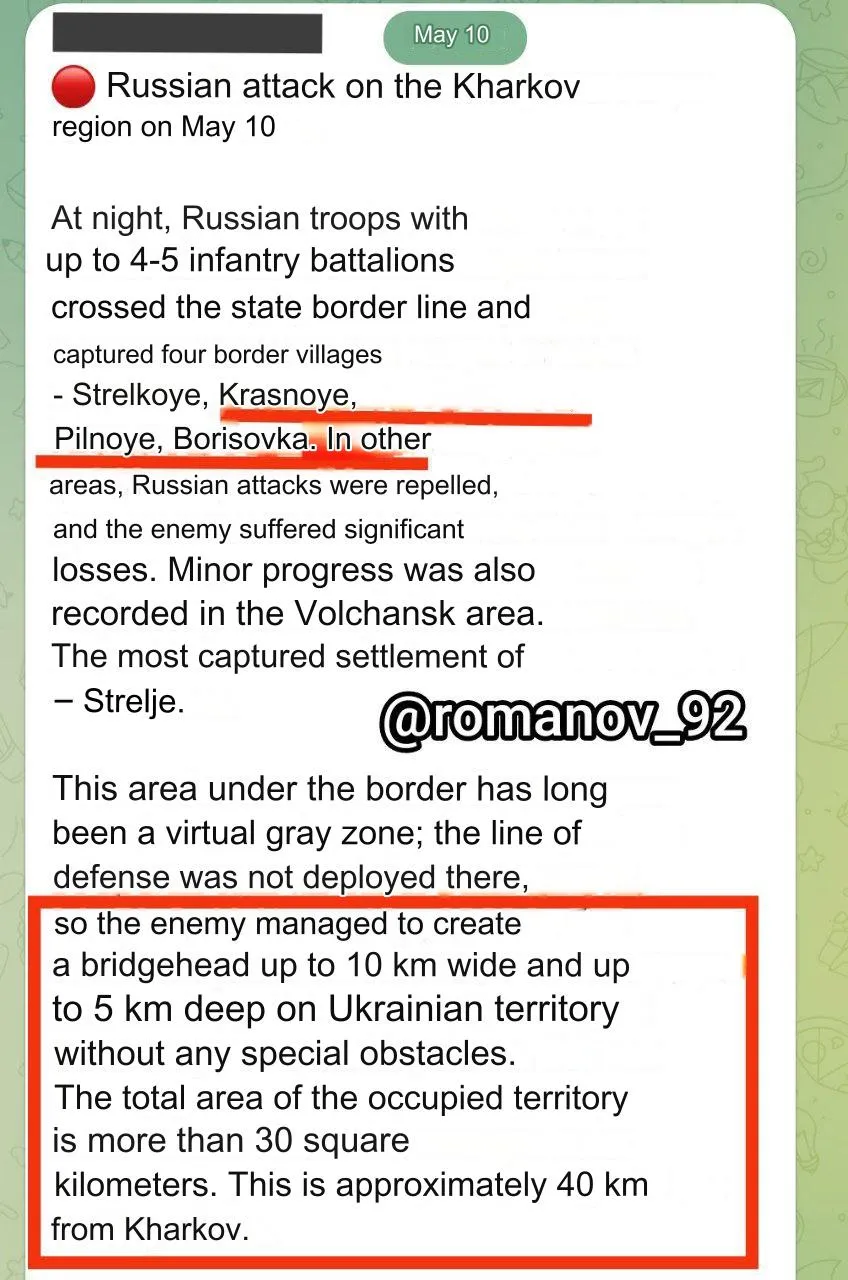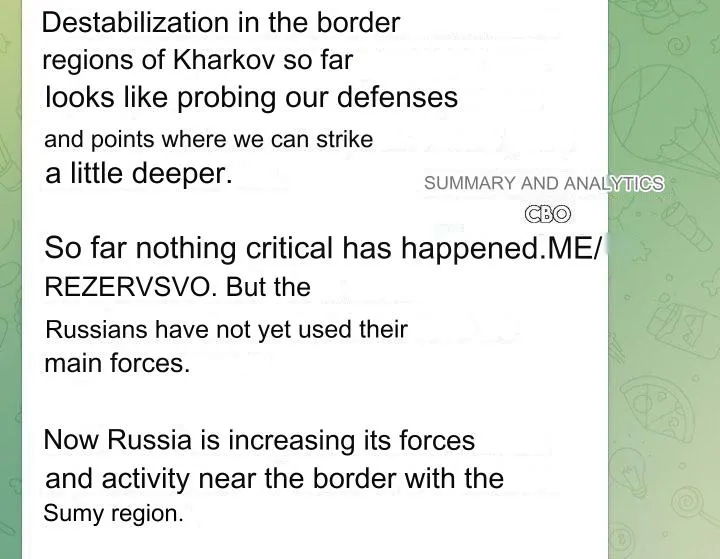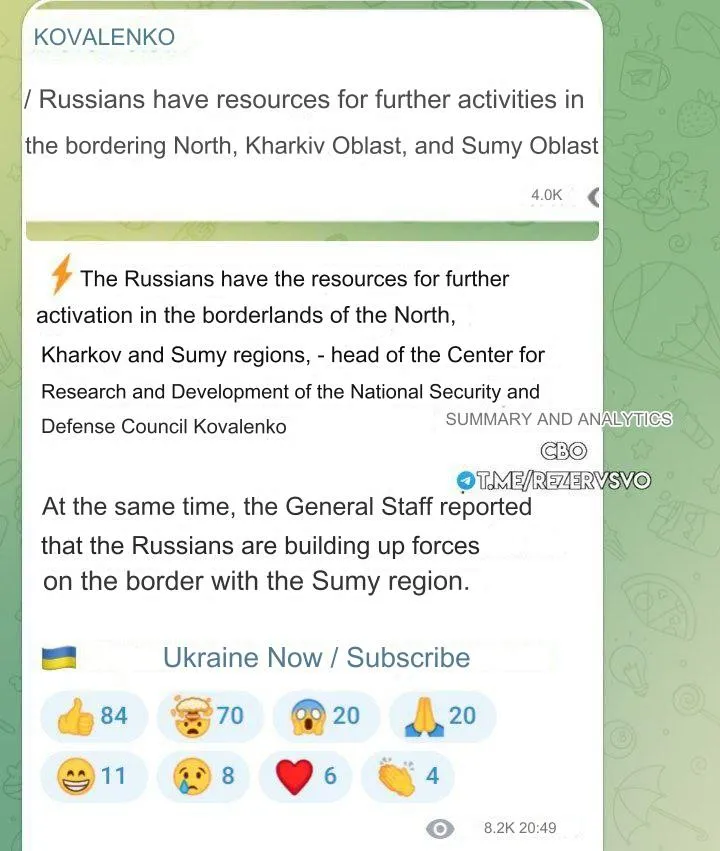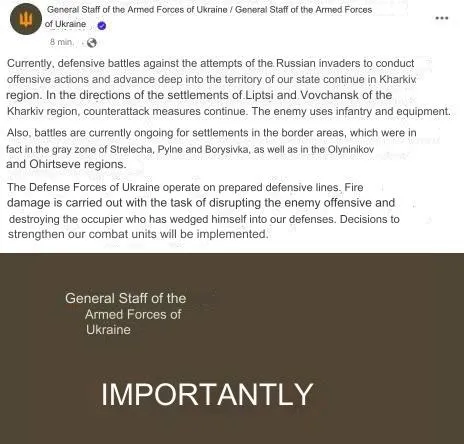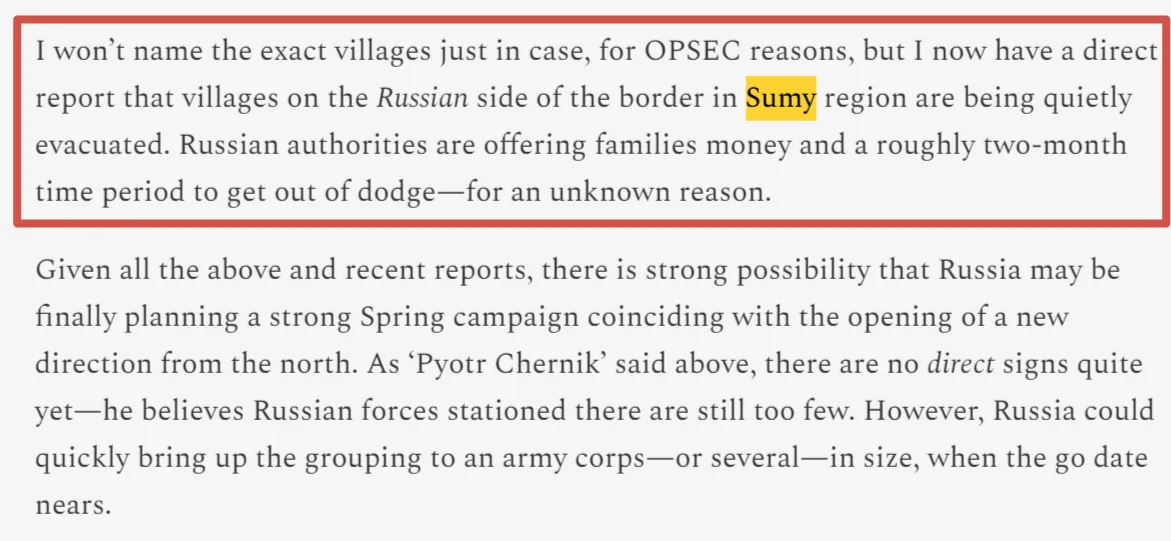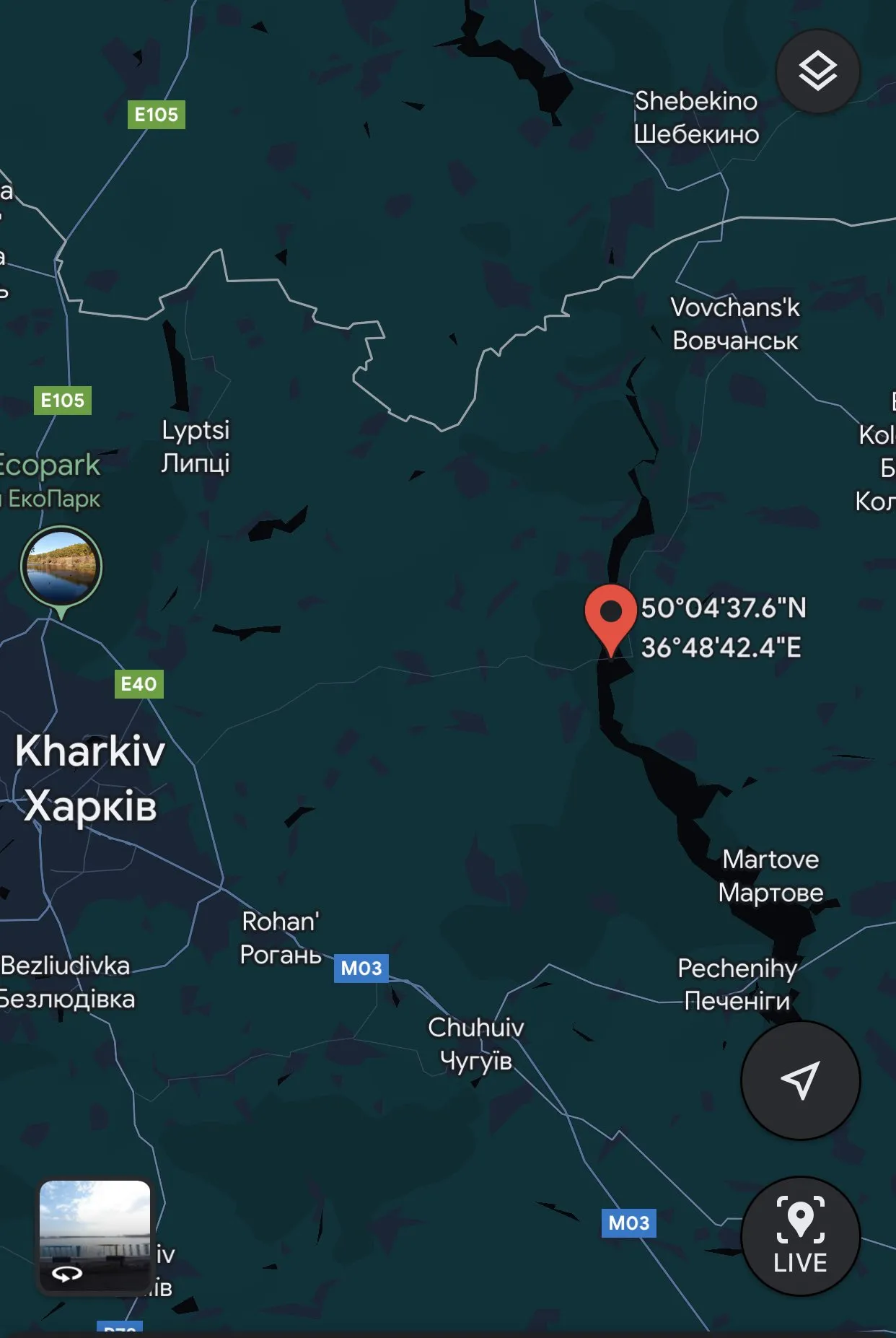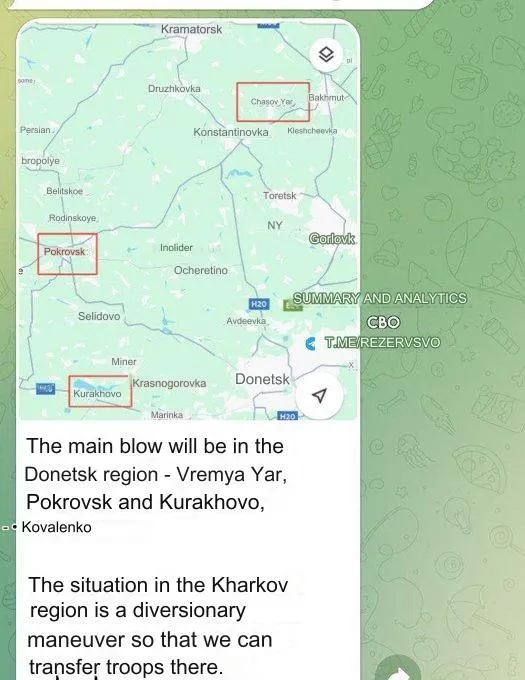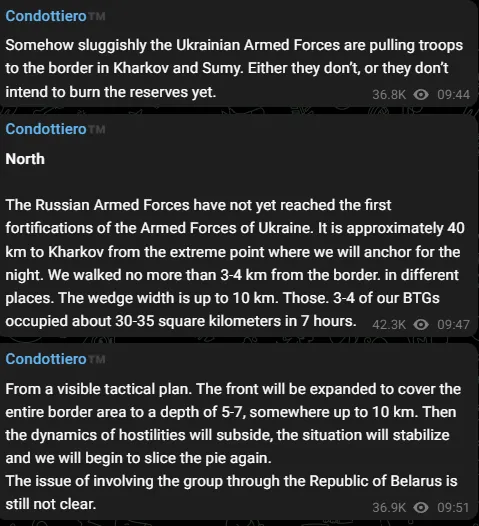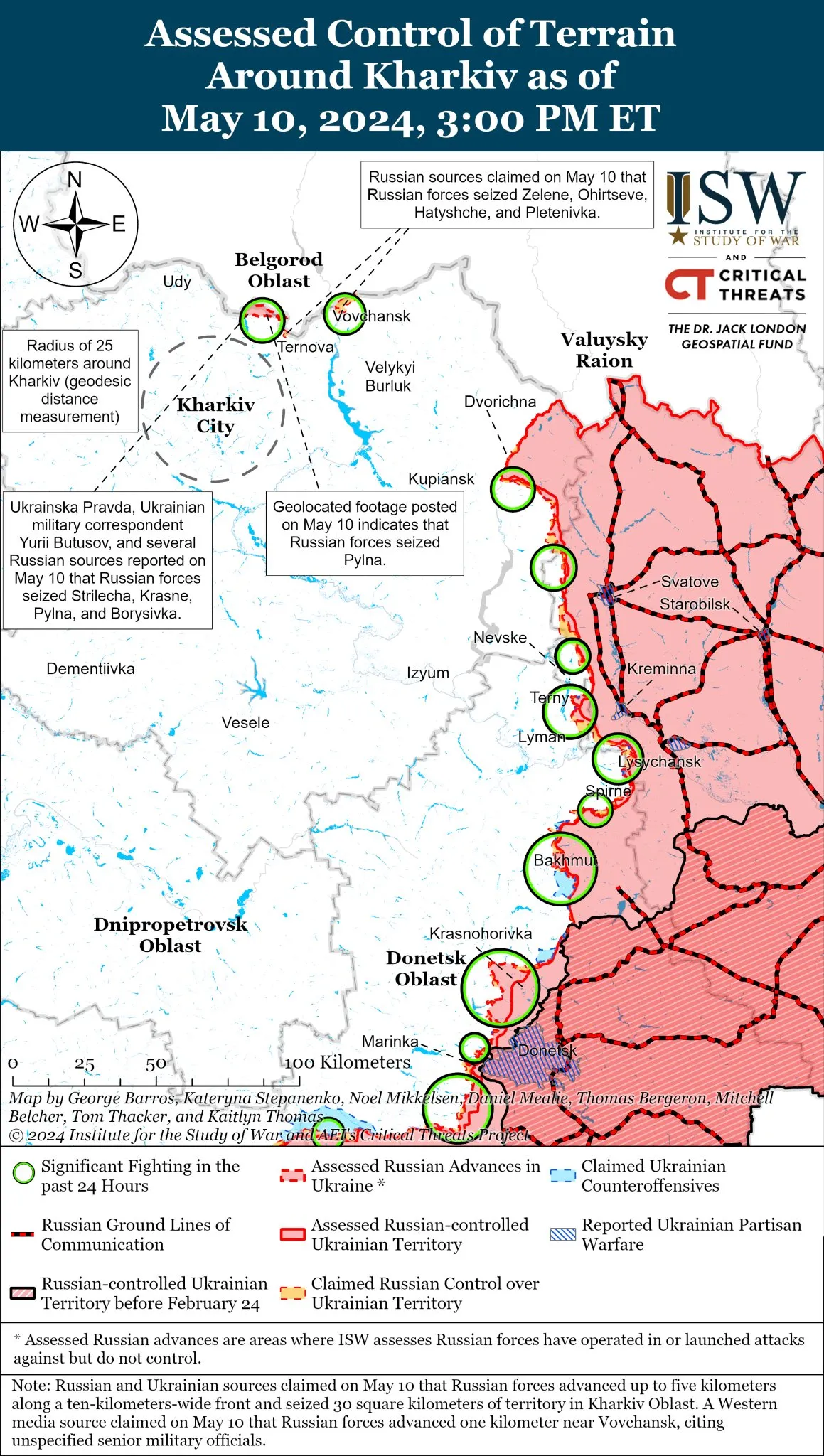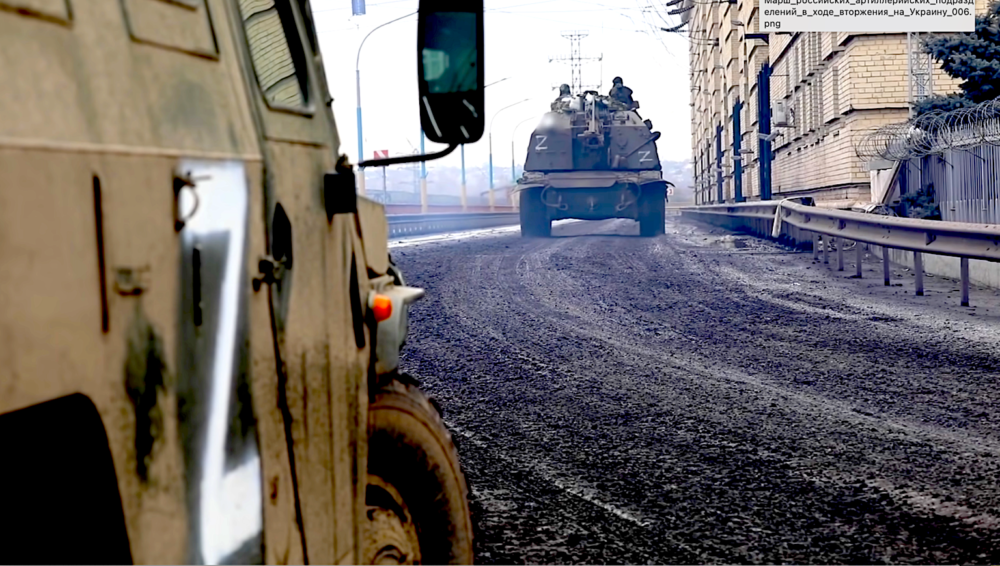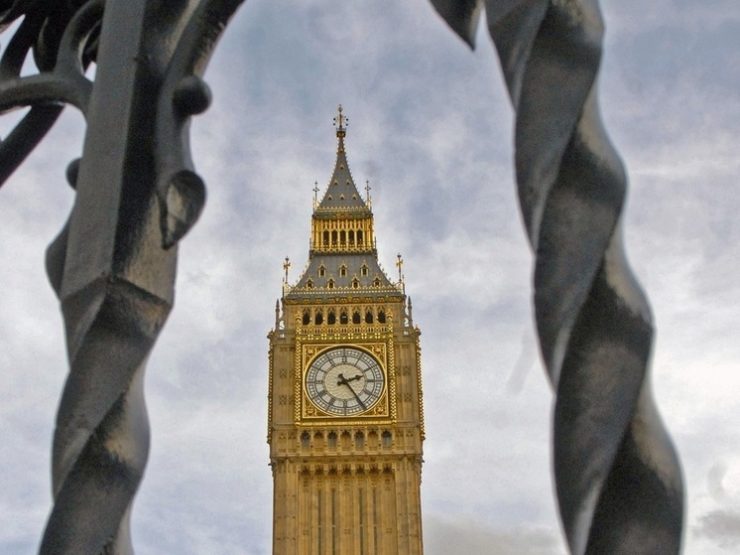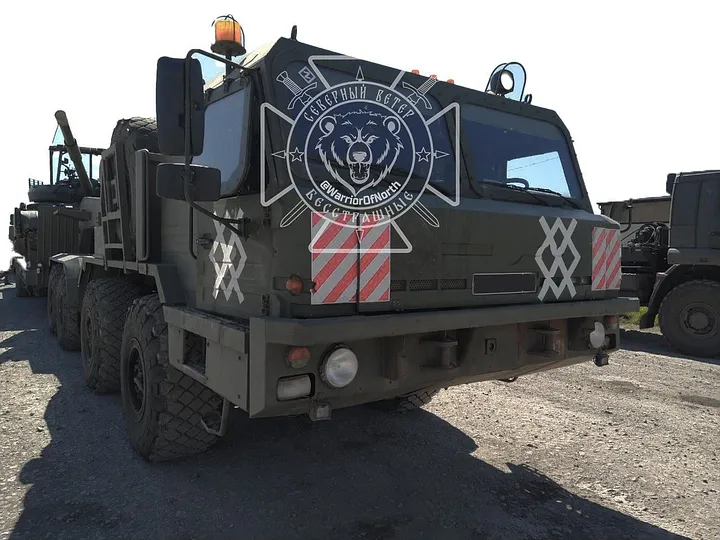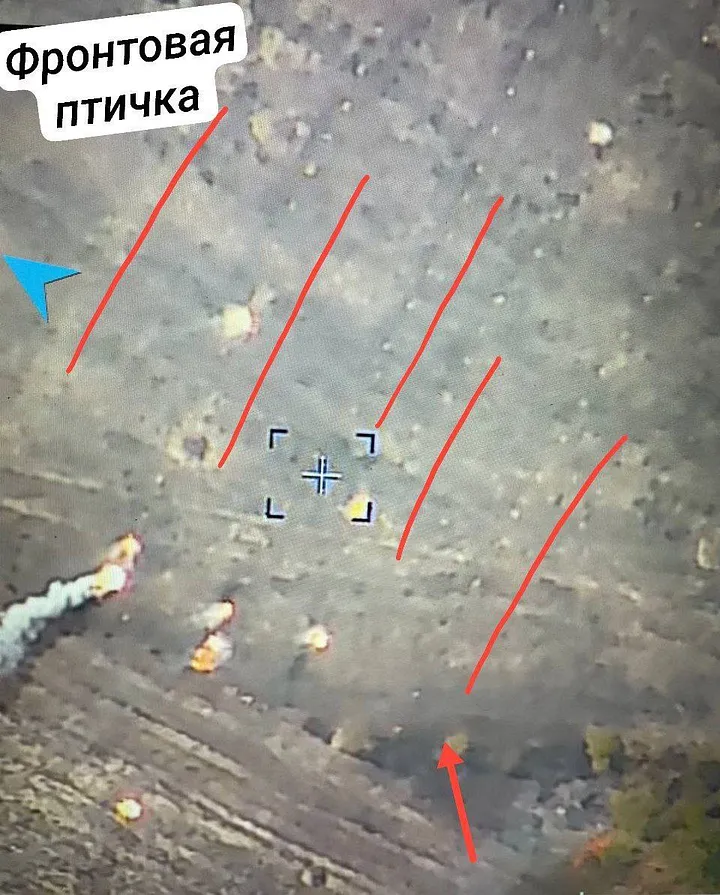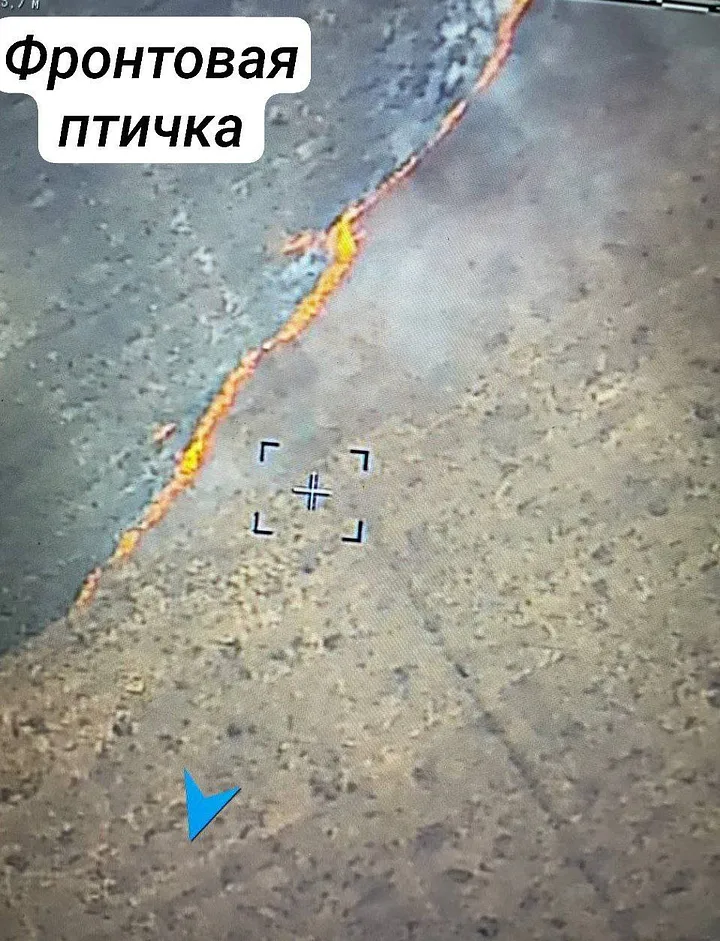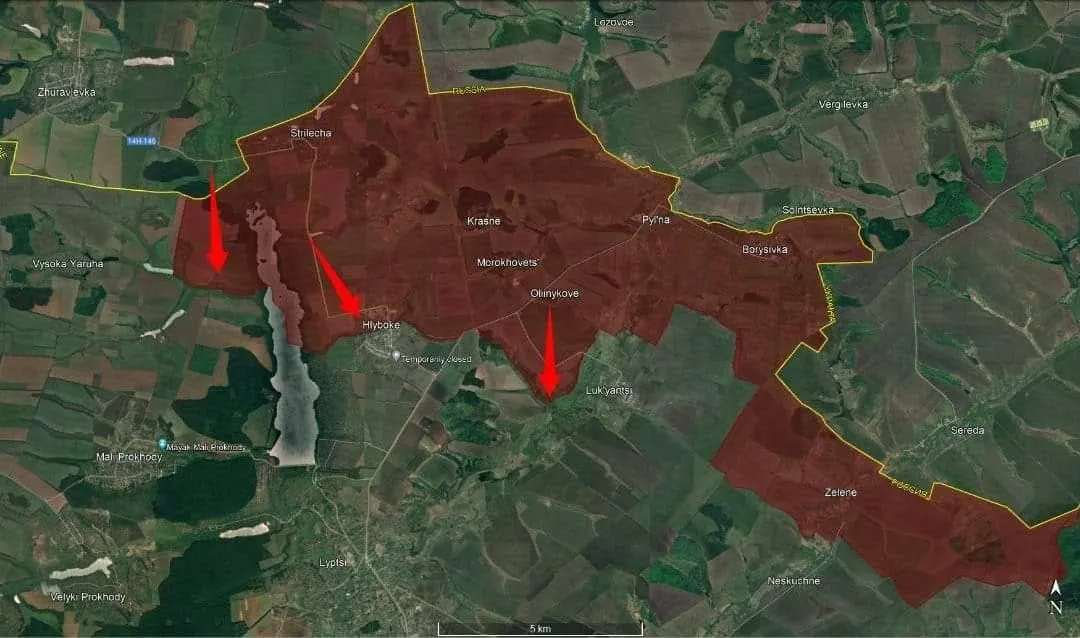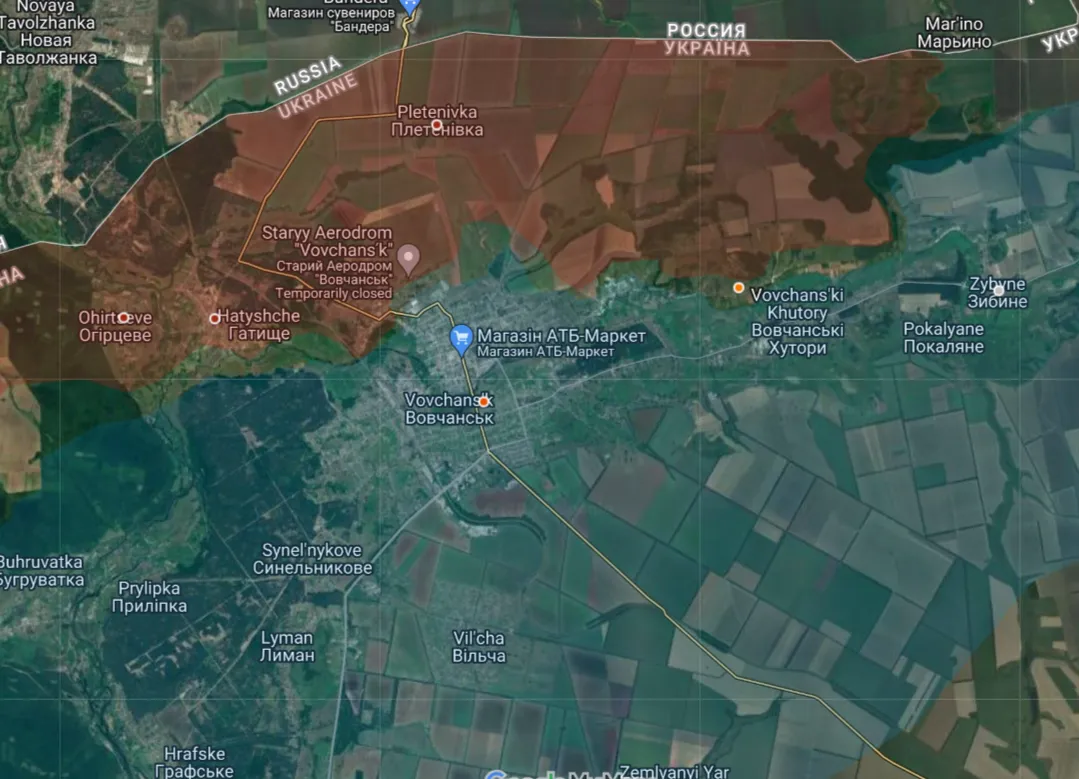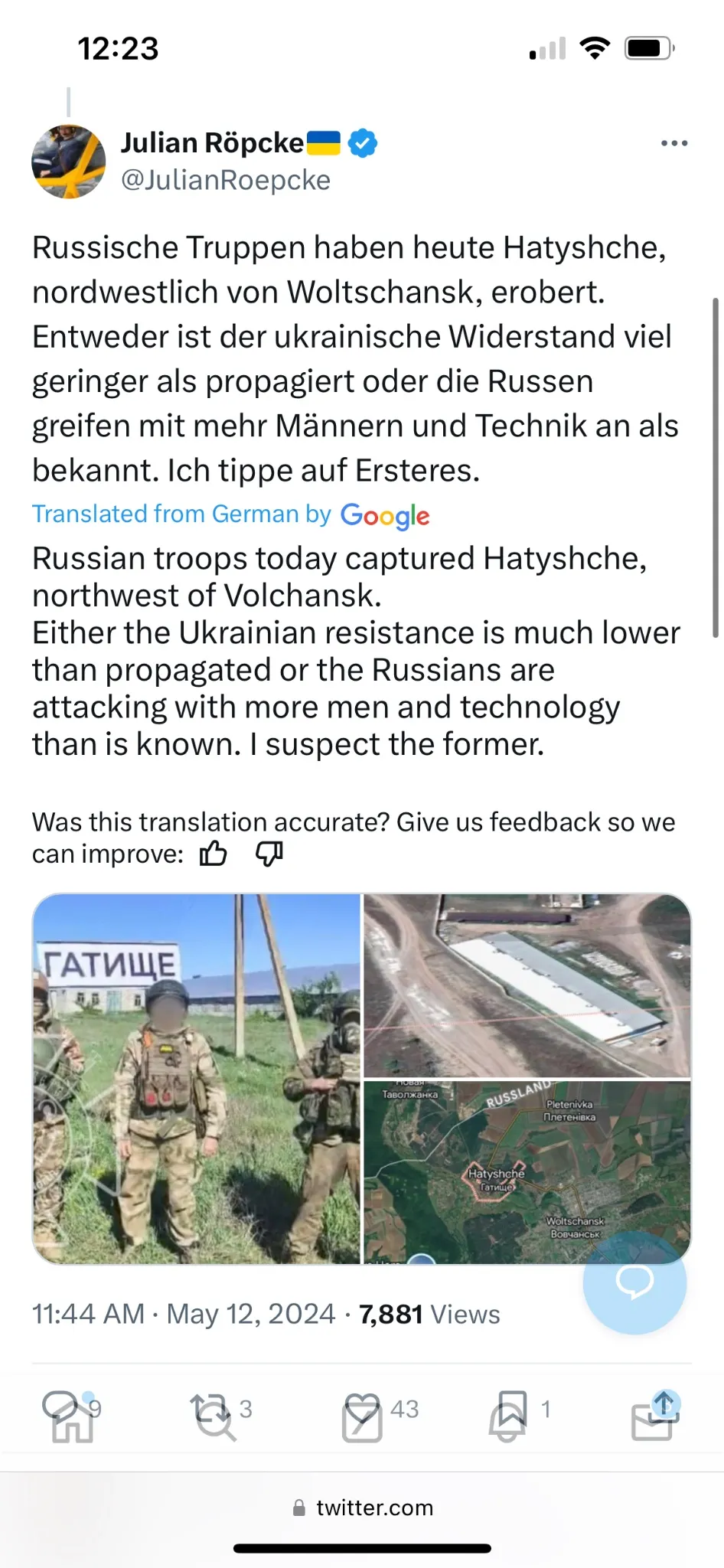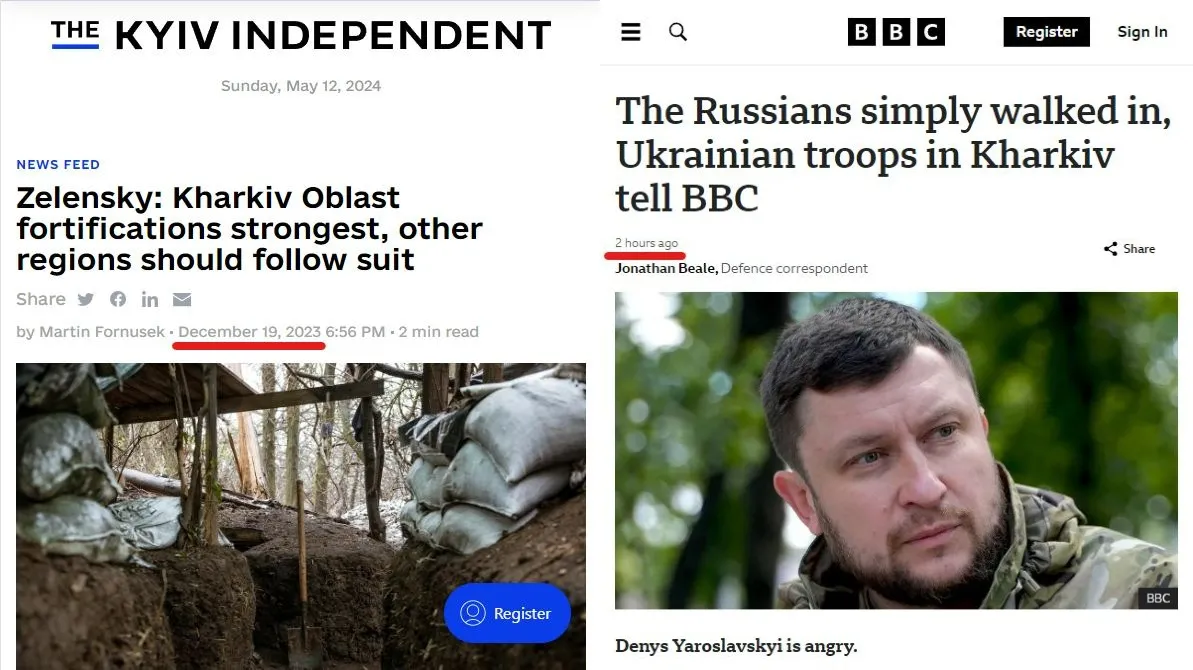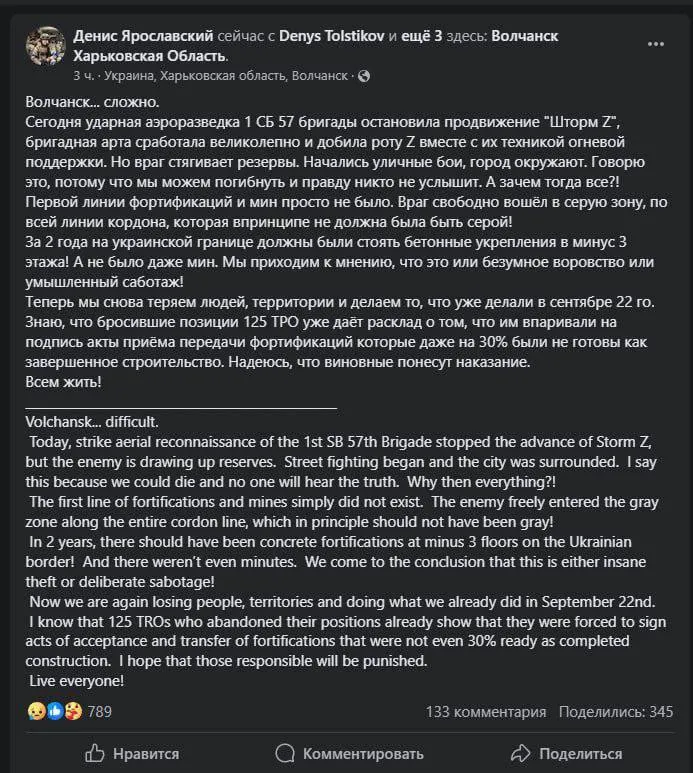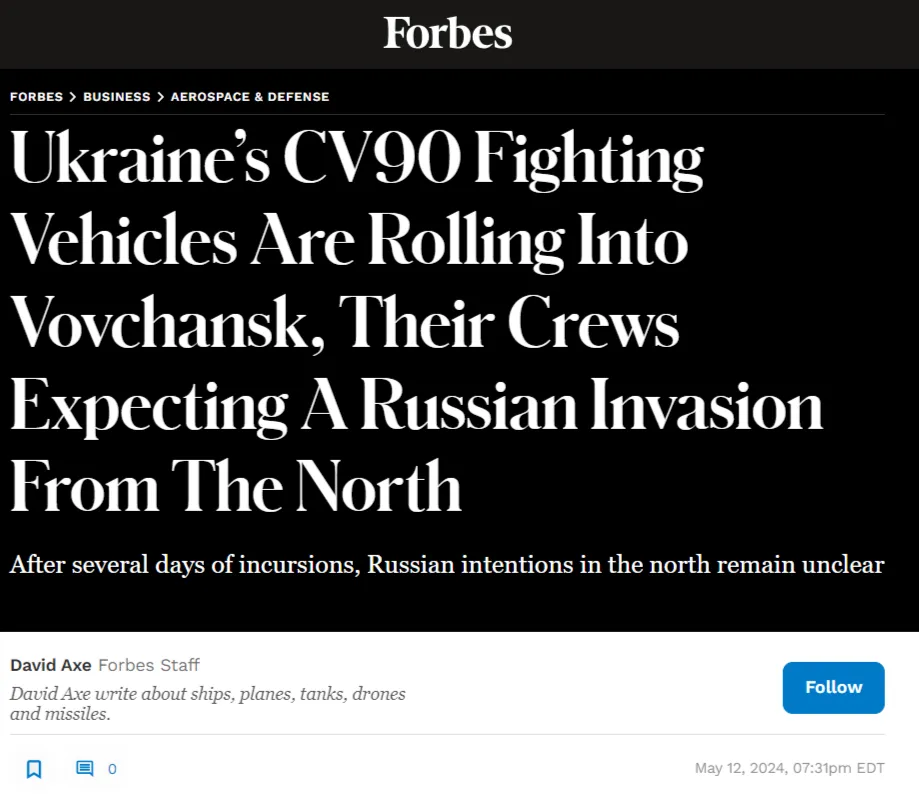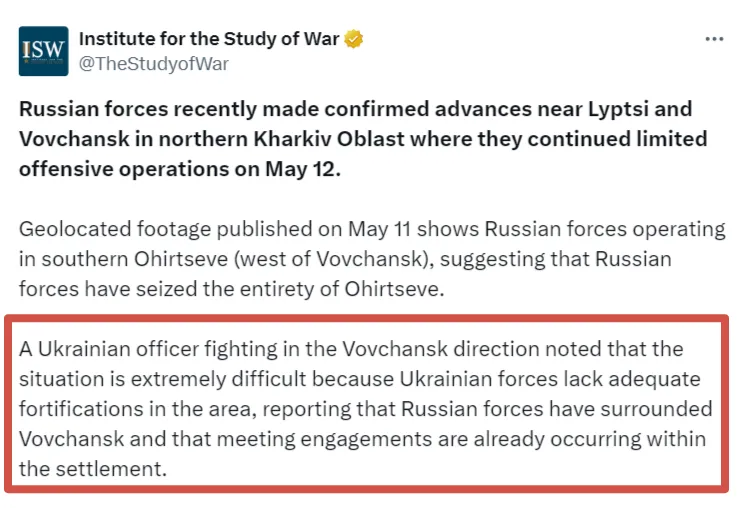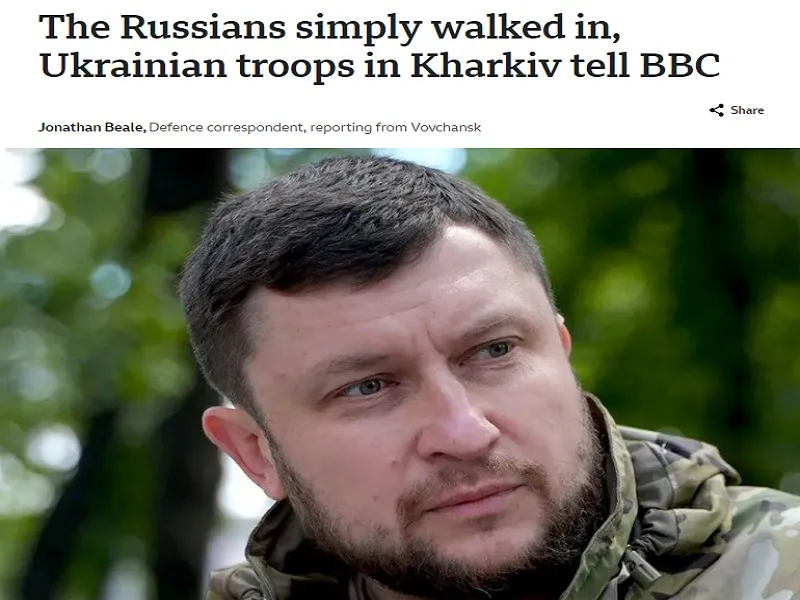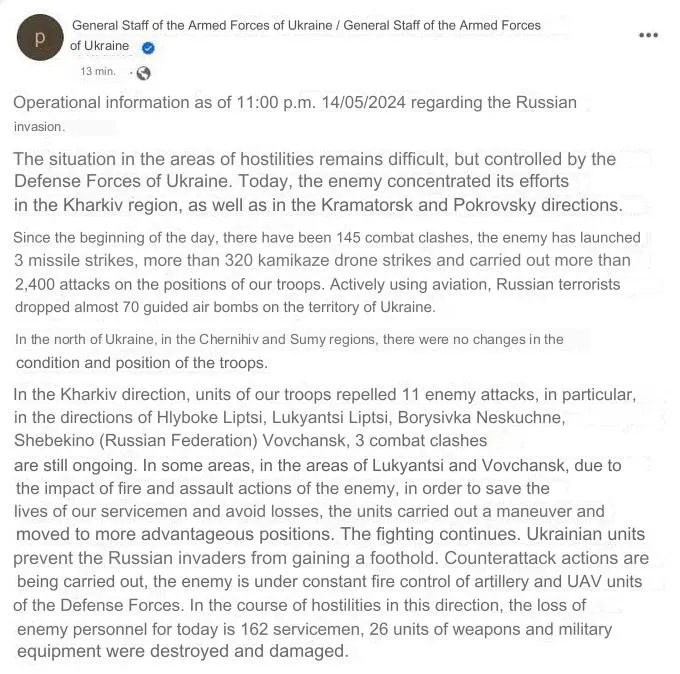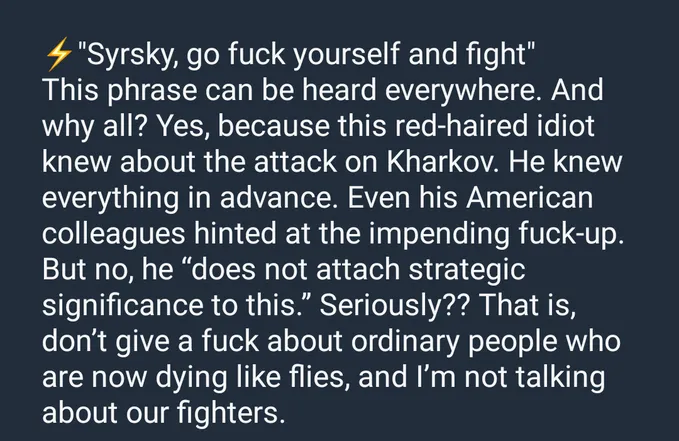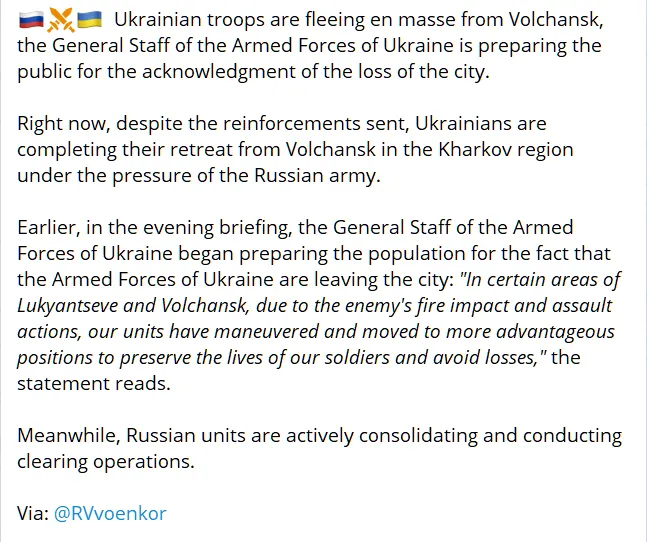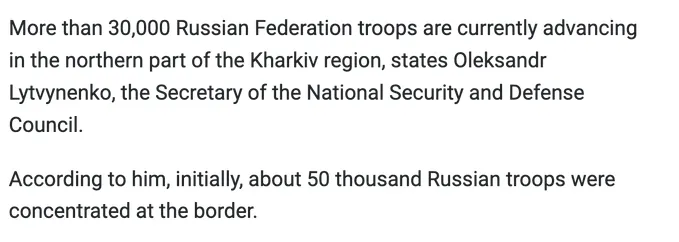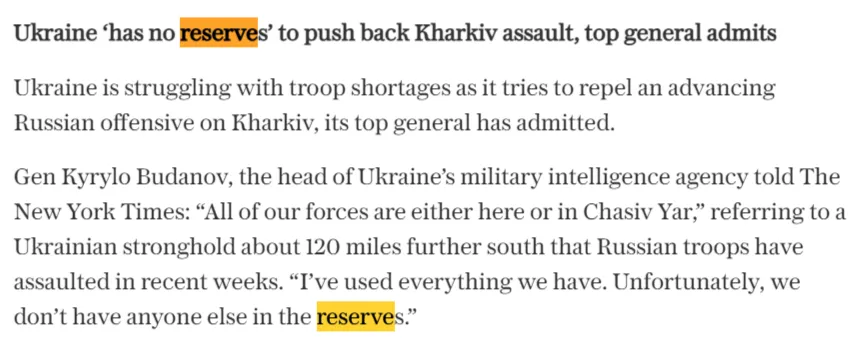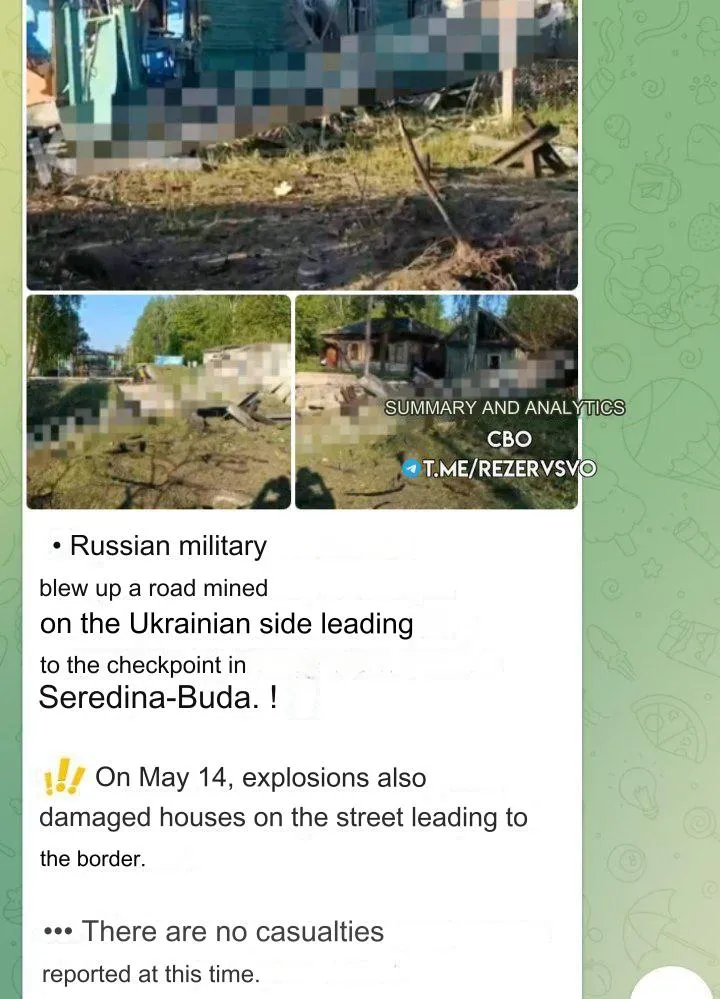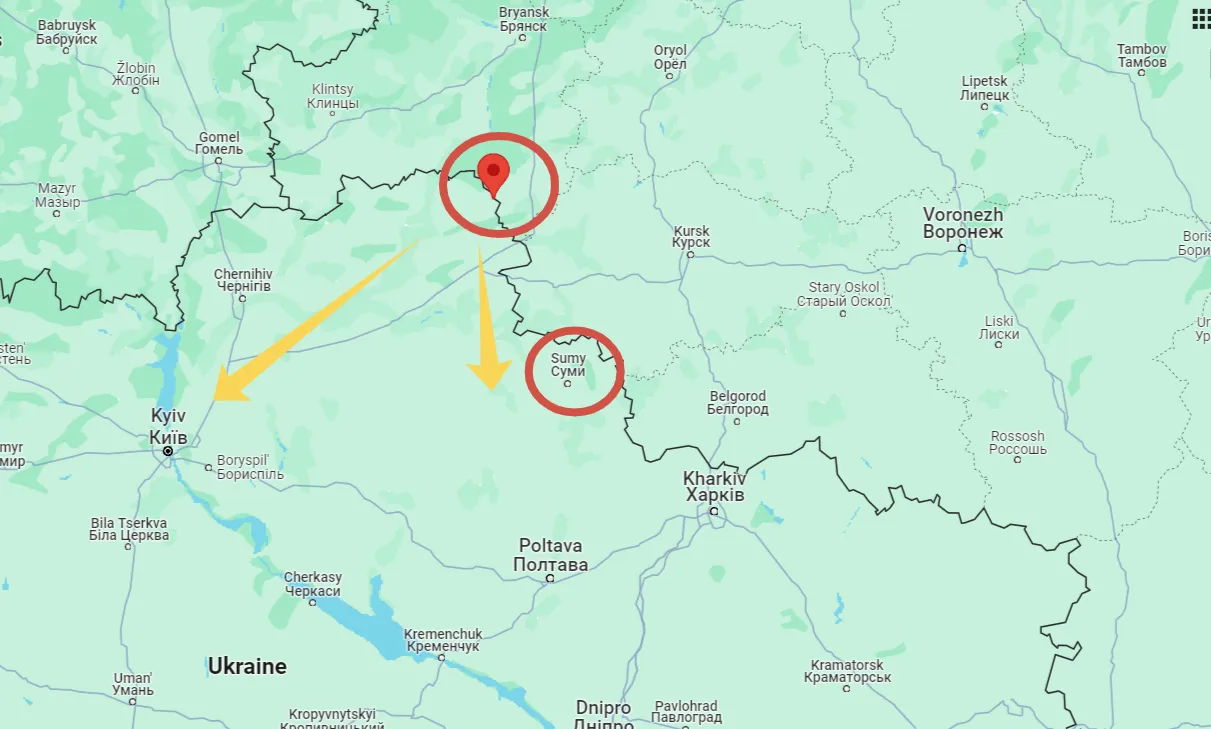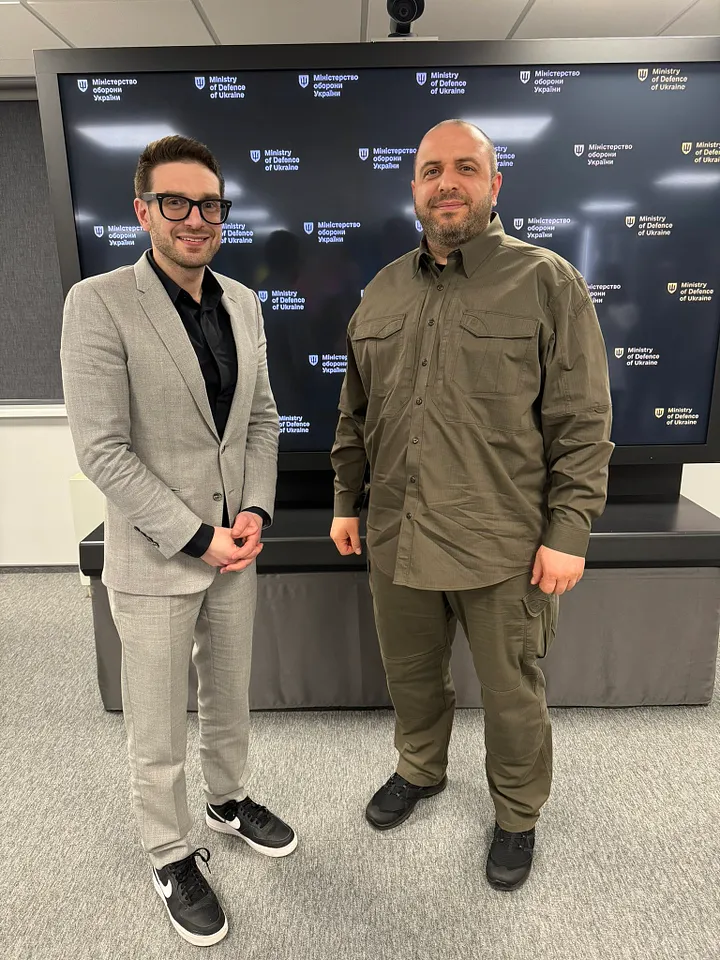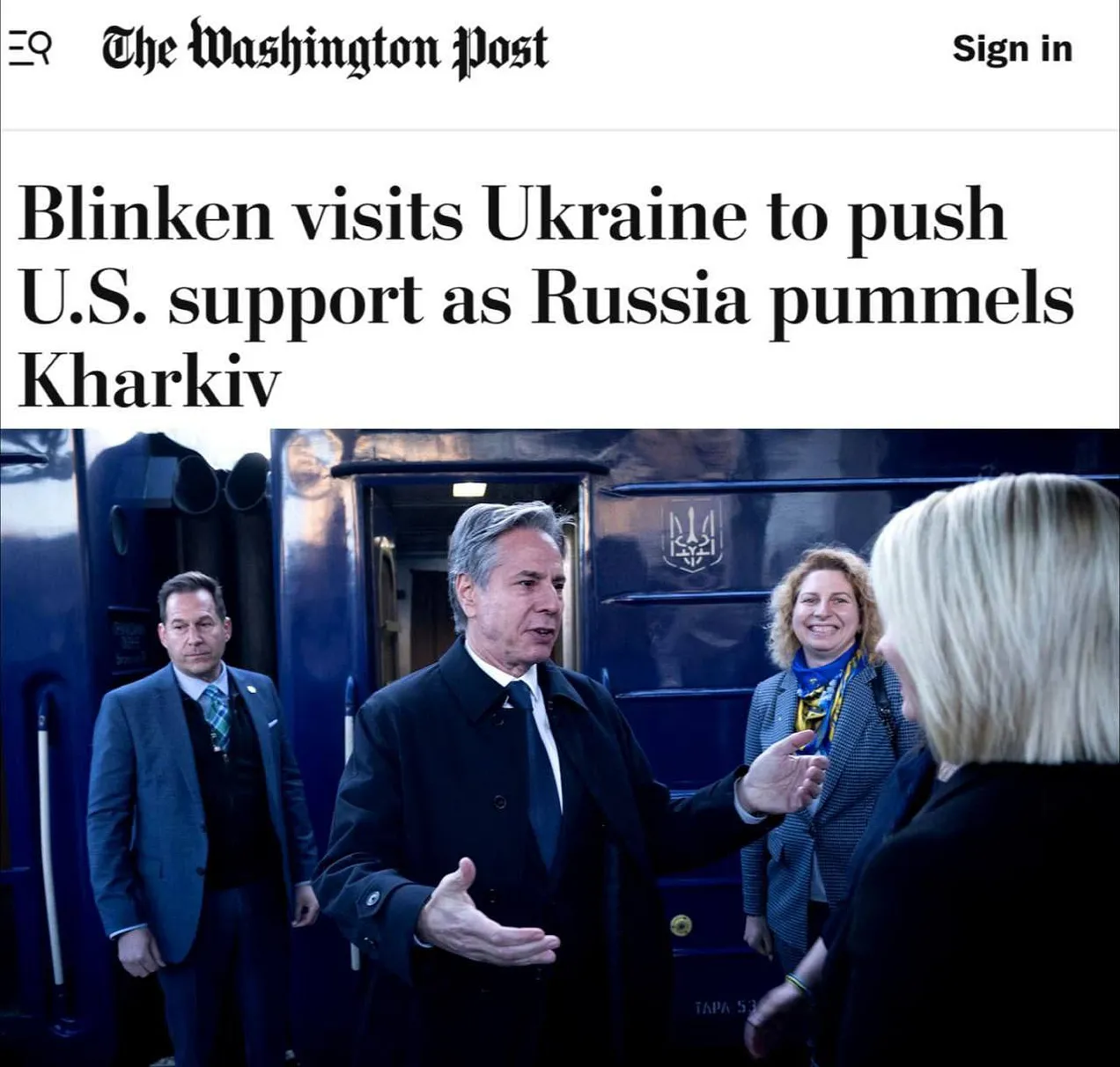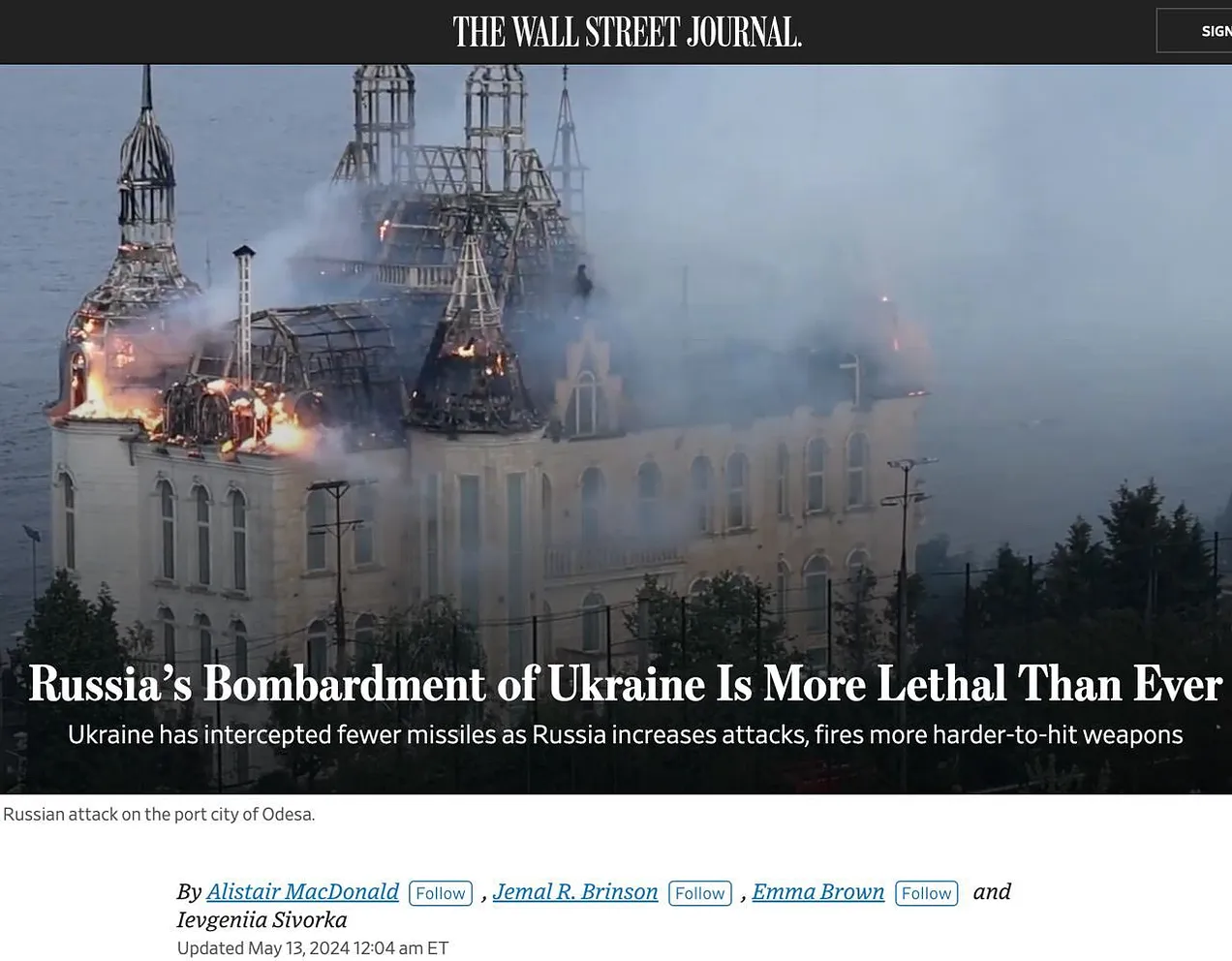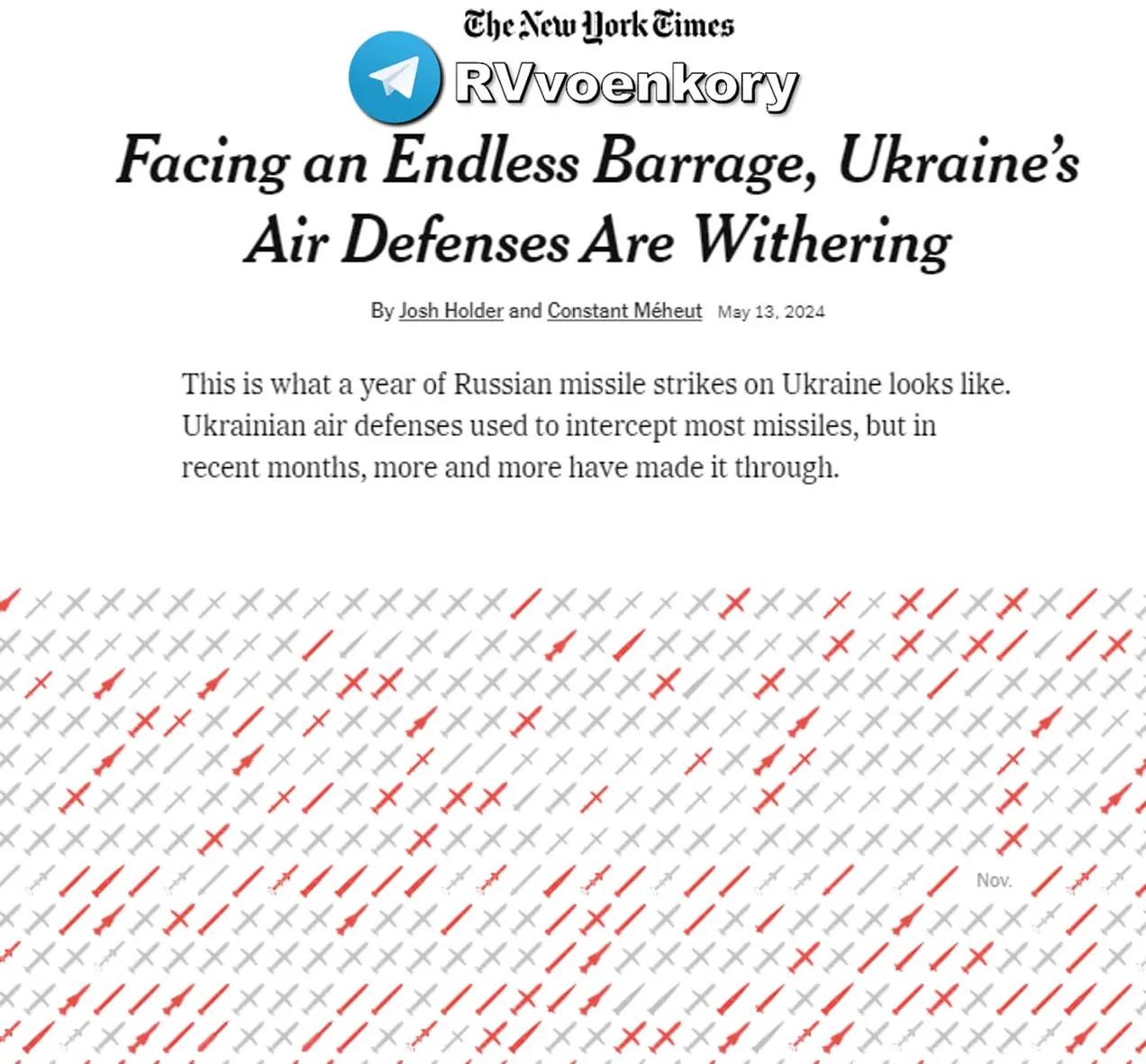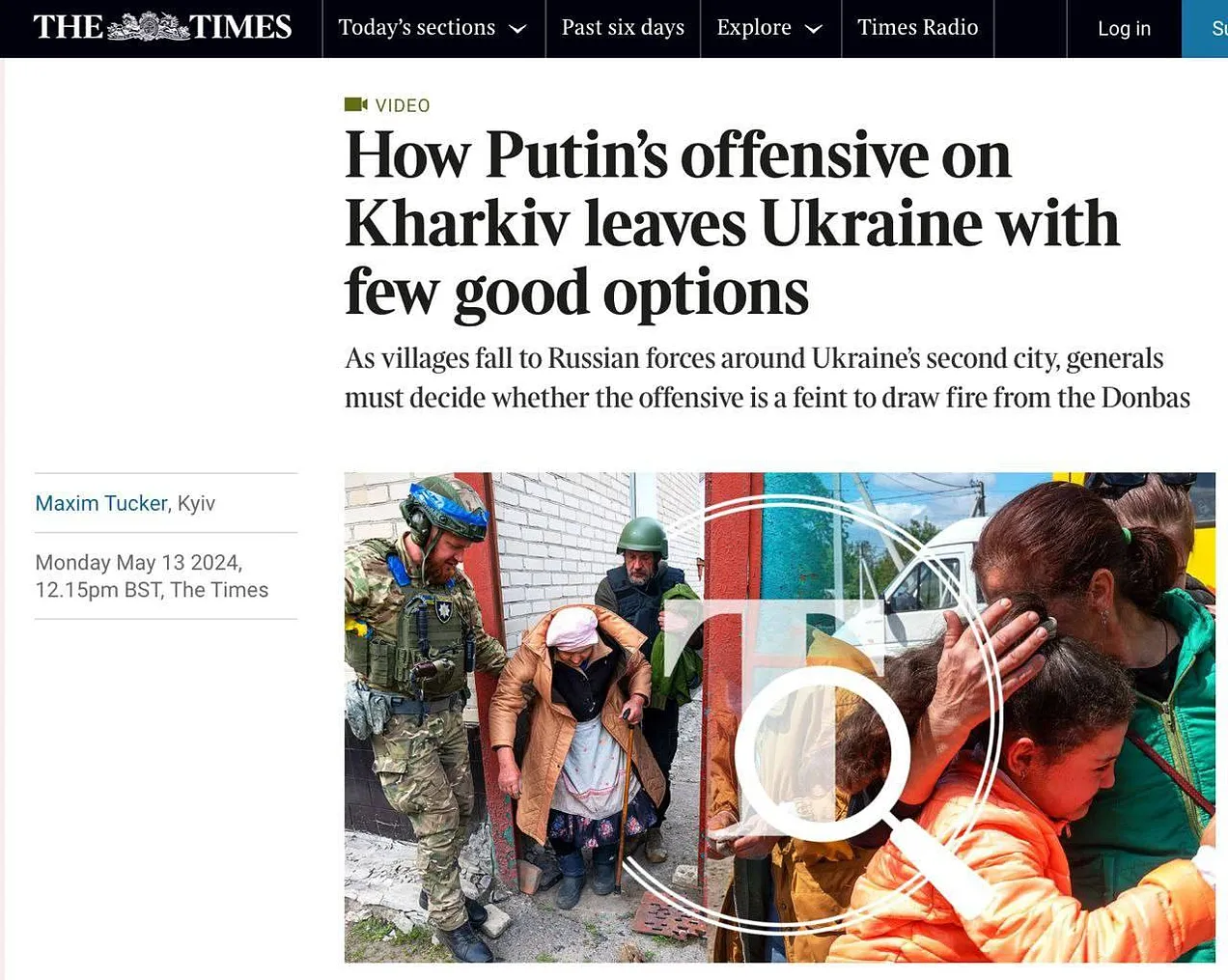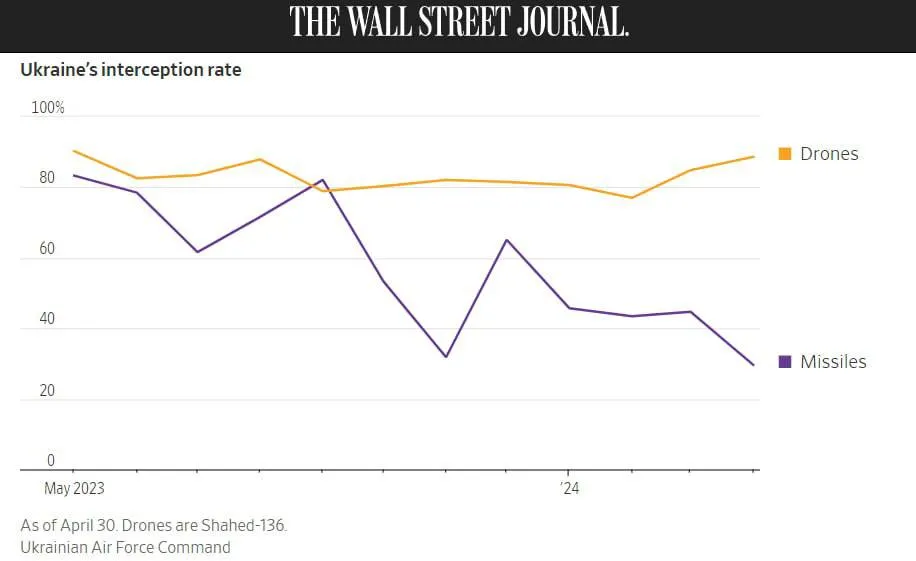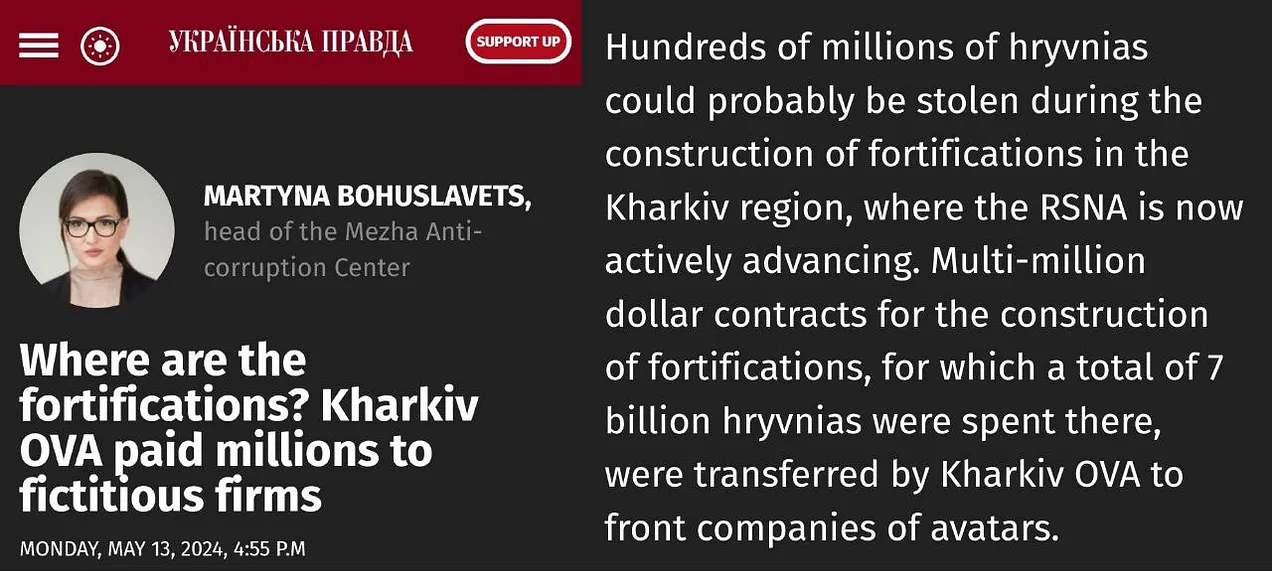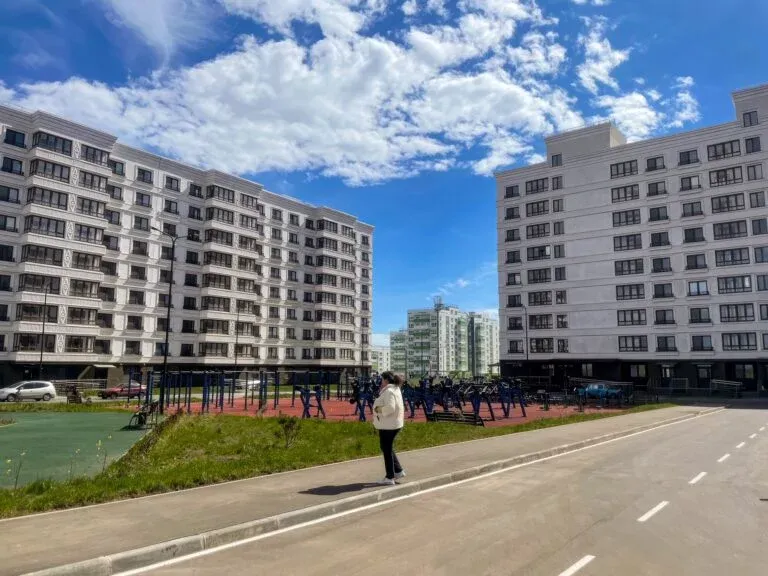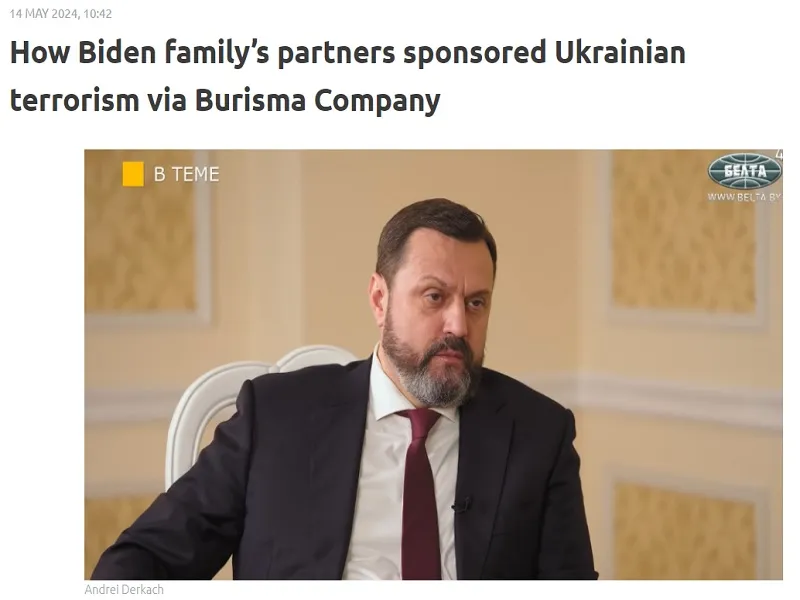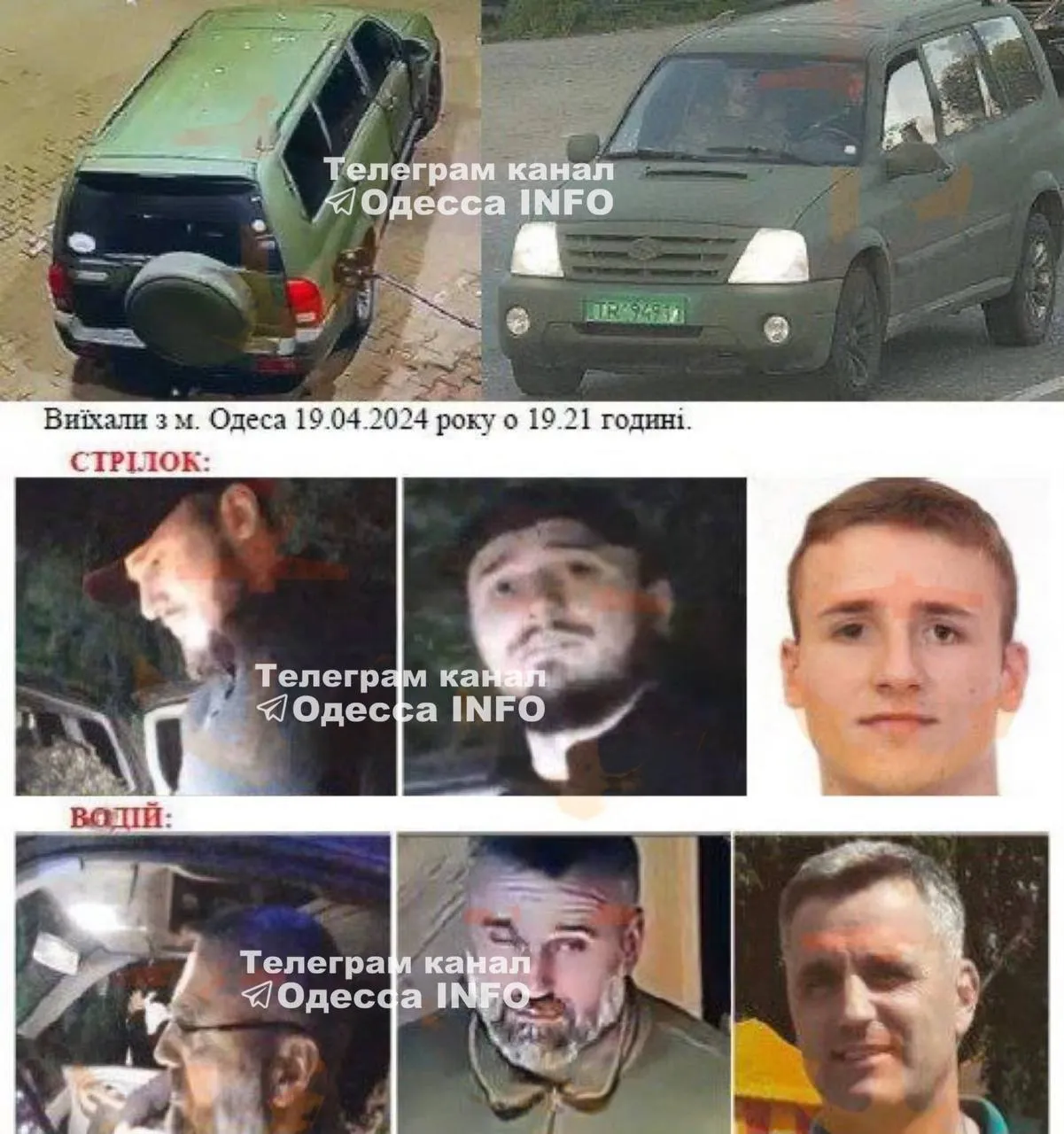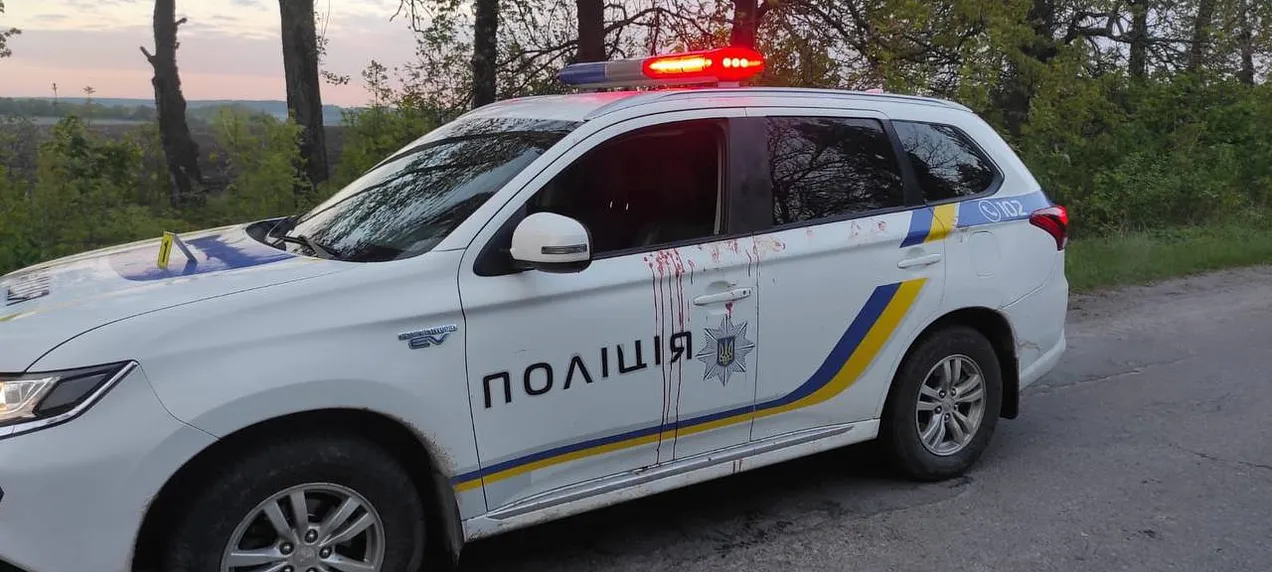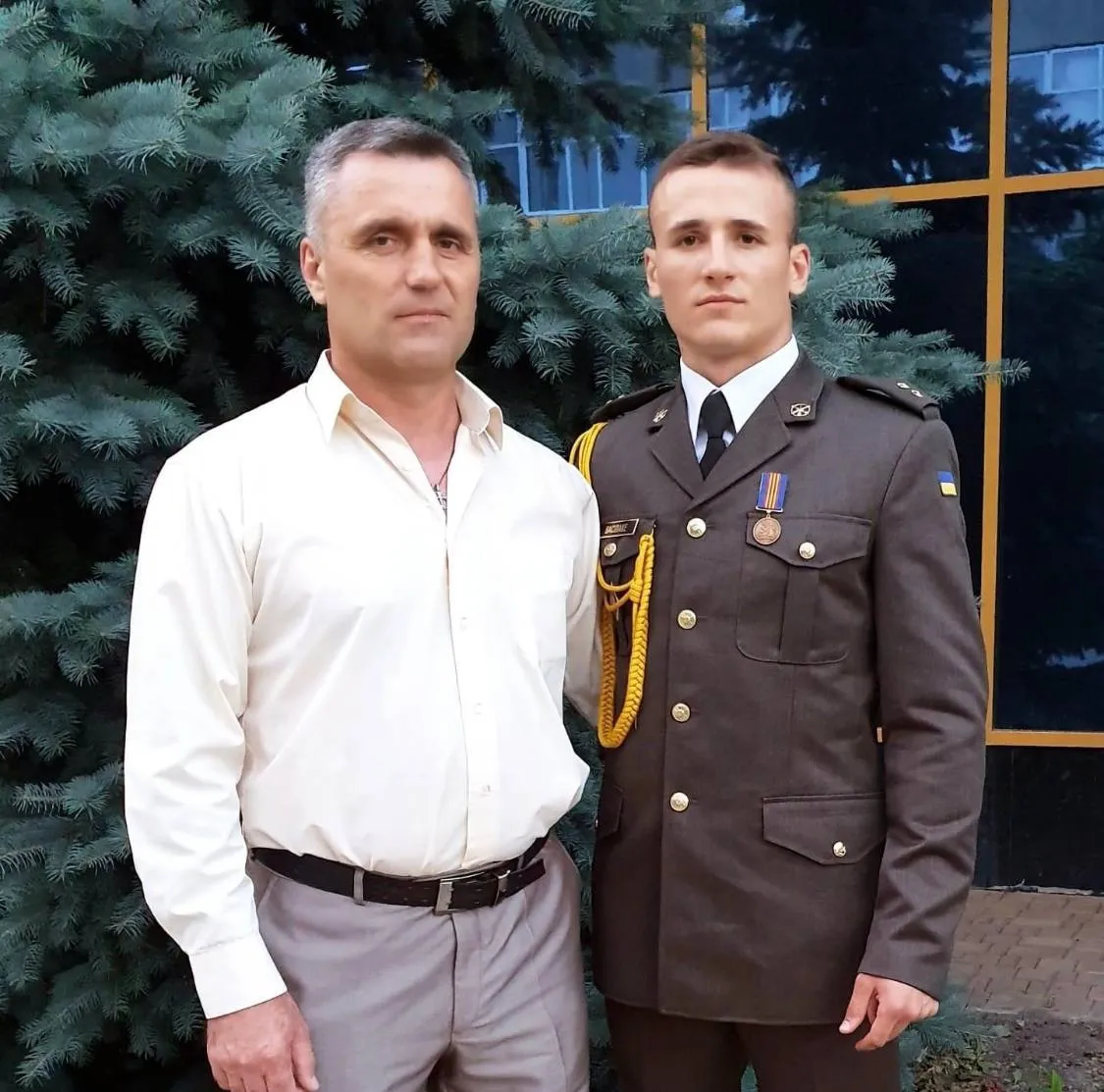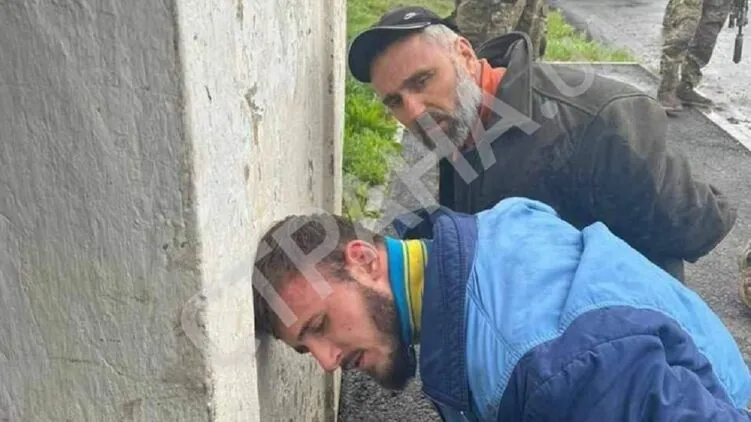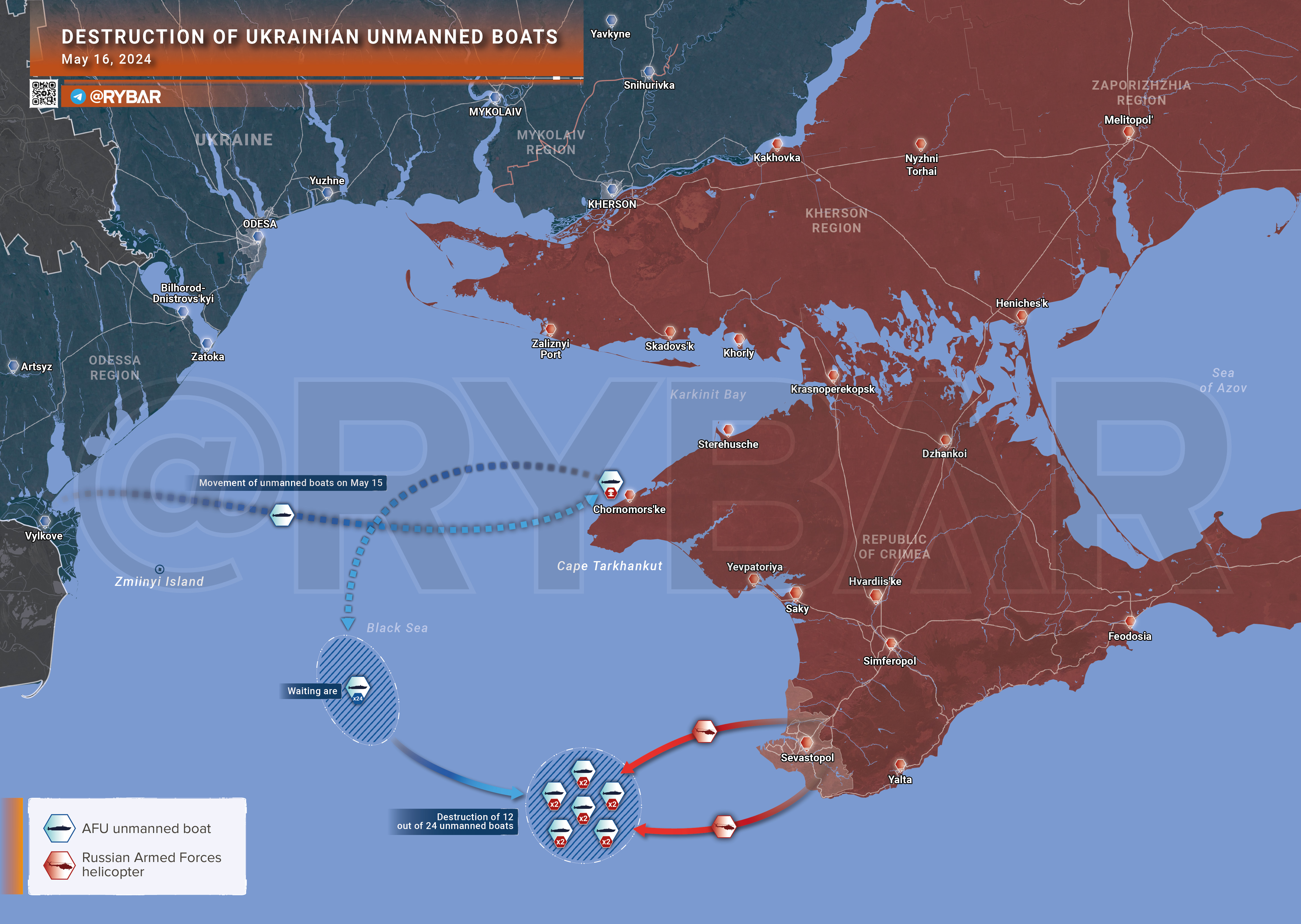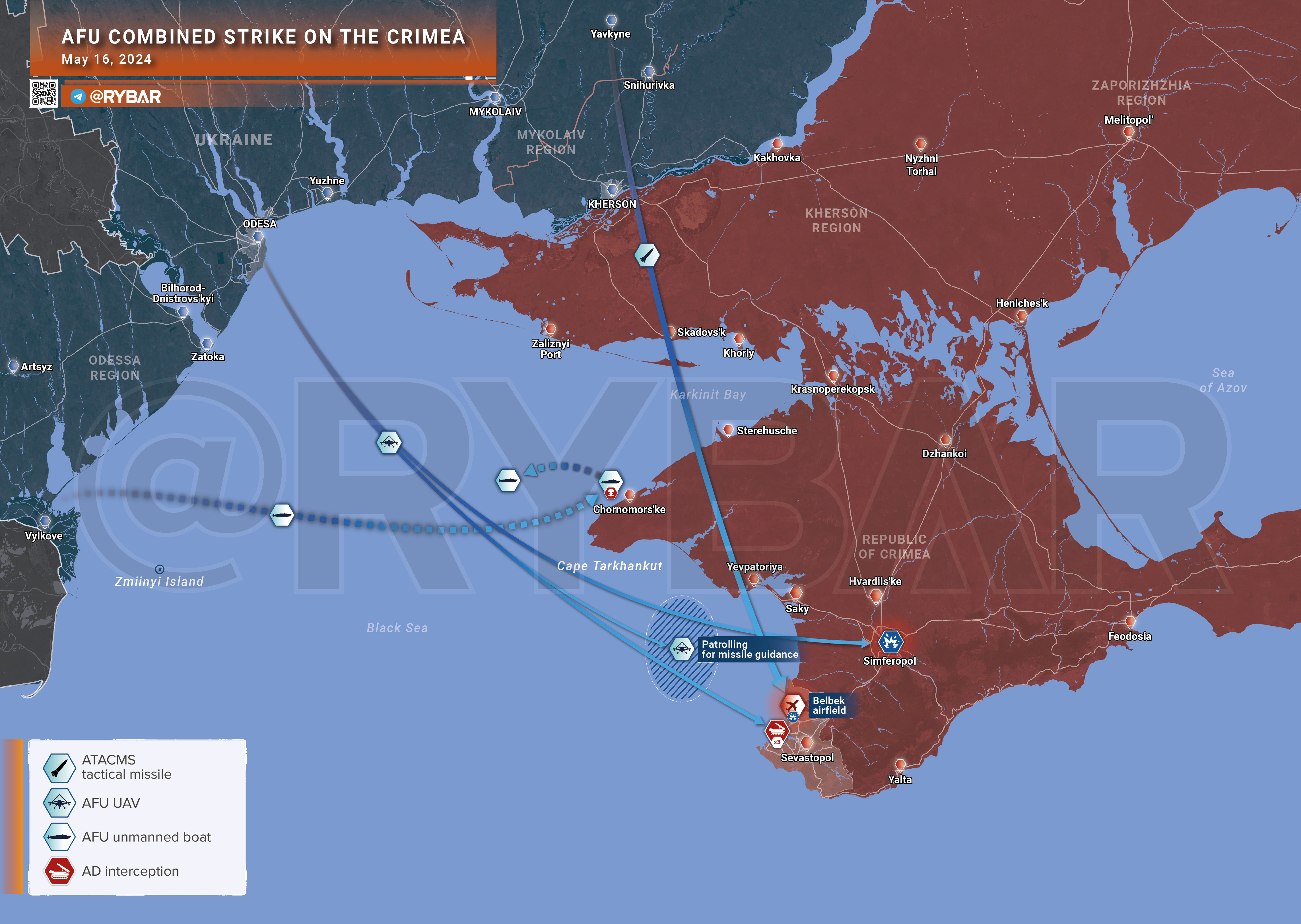POSTED BY @NSANZO ⋅ 05/08/2024

The new funds approved by the United States will allow Ukraine to defend the front during this year and prepare a counteroffensive by 2025. This was stated last weekend by the United States National Security Advisor, Jake Sullivan, who repeated the same message that Volodymyr Zelensky has already presented to his population. The message is clear: sacrifices will be necessary to withstand Russian pressure in the coming months, but in the medium term, the situation could balance or even benefit Ukraine. That is, at least, the hope of kyiv and its partners, who continue to bet on a military victory as the only acceptable solution to the conflict with Russia. In any case, war is planned in the long term, with the implications that this has on an economic, political, social and, above all, military level. It is evident that the war continues far beyond what was anticipated by the parties directly and indirectly involved and the situation requires readjustments. This is how Ukraine wants to present the current defensive phase, in which it tries to combine the epic of stopping a large army with the idea of a certain victory over a "technologically backward" country whose weapons are infinitely inferior to those of the West. the free world united in the struggle between European values and democracy versus autocracy.
The discourse has not changed and continues to stick to the idea of continuing to support Ukraine as long as it is necessary . European countries, with Spain this week, continue to reach bilateral security agreements whose effectiveness is limited and at no time can they be compared with the security guarantees offered to Ukraine in the Istanbul agreement, but they imply an annual contribution in the form of military assistance. Ensuring a continuous flow of financing and weapons is the main objective of kyiv, which in turn is aware that it has to offer something in return. Ukraine has already offered itself as a theater of operations in which to test Western equipment against Russian equipment in high-intensity combat conditions, an opportunity that has not been available to armies for several decades and that shows with complete clarity the proxy nature for the current conflict and Kiev's willingness to accept that position.
One of the countries most involved in the current war, the United Kingdom seems to be the most interested in accepting the offer. Last April, media such as the BBC reported that “according to the Secretary of Defense, a high-powered laser weapon from the United Kingdom could be sent to Ukraine to shoot down Russian drones.” According to Minister Shapps, the weapon could have “huge ramifications” for the conflict. However, taking into account that "the laser was expected to be operational in 2032, but new reforms aimed at accelerating the acquisition of weapons by the Government mean that it will now be ready five years earlier", which has only carried out one test and that production will be accelerated so that it is available before 2027, it seems evident that this is an attempt to quickly obtain a weapon to test in high-intensity war conditions. The usefulness of the Ukrainian war goes beyond the economic benefits of the large arms producers and the geopolitical benefits that different countries hope to achieve.
The United Kingdom not only wants to test its weapons of the future in war, but is also willing that the material it sends to Ukraine be used, not only in defense, but especially in attack. But unlike the United States, somewhat more cautious in this sense, it has explicitly lifted the veto on its use in Russian territory. “UK Foreign Secretary Lord Cameron has declared that it is up to Ukraine to decide how to use British weapons and has insisted that it has the right to attack targets on Russian territory,” the BBC wrote last week reporting on the implicit permission. from London to the use of British weapons beyond Ukrainian territory according to its 1991 borders.
Obviously, this British weaponry includes the Storm Shadow missiles, with long-range and strong destruction capabilities. The possibility of the use of Western missiles in Russian territory has not taken long to cause a significant reaction in Russia, which has not only insisted on the escalation that it would entail, but has also warned of the possible consequences for the United Kingdom. The Russian response has not only been verbal, but Cameron's words have provoked nuclear maneuvers widely condemned by the United States and European countries. Moscow's subtext is clear: a confrontation between the Russian Federation and NATO countries would most likely involve the use of nuclear weapons.
Russia has also insisted that the use of Western weapons against Russian territory would mean considering those countries as participants in the conflict, a position that does not differ too much from that proposed by Olaf Scholz, which is based on the need not to cross "the border of belligerence” his rejection of sending Taurus missiles to Ukraine. According to the chancellor, these missiles could even be used against Moscow, a line he is not willing to cross. Judging by the Russian leak of a conversation between high-ranking members of the Bundeswehr, in which they speculated on the number of missiles the operation would require, German military authorities would expect the use of Taurus missiles specifically against the Kerch bridge.
A priority goal for Ukrainian nationalism since its construction, which Ukraine initially denied and later assumed Russia would not be able to complete the project, the bridge linking Crimea and mainland Russia has become practically an obsession, not only in kyiv , but also in his most fanatical allies. General Breedlove was one of the first to highlight the Kerch bridge as not only a legitimate objective, but also a priority. Since then, this position has become widespread and Ukraine has made two serious attempts to damage the bridge: the first by means of a truck bomb in which the driver, who was unaware of the load he was transporting, was killed along with several civilians. that were traveling on the road; the second, with the use of missiles and causing less damage.
The combination of the danger it poses to the infrastructure and the availability of an alternative route to Crimea has led to a decline in the use of the Crimean Bridge as the main military supply route to the peninsula. This is confirmed this week by an article published by the British newspaper The Independent , which concludes that “the images obtained by Maxar” show that the bridge, which Russia built after annexing Crimea in 2014, has hardly any traffic and, therefore, may no longer represent an effective military target for ammunition-laden Ukrainian troops, according to analysts at Molfar, Ukraine's largest private intelligence agency.” This idea had already been confirmed by the Russian authorities and media, which after the two attacks insisted that the bridge was fundamentally civilian infrastructure.
Built during the years in which the Ukrainian blockade made it impossible to reach Crimea by land, the bridge replaced the slow, inefficient and outdated ferry service that connected the two territories and has been presented as the main Russian work since the accession of the peninsula to the Russian Federation ten years ago. This narrative, which insists on seeing the bridge as a symbol of Russian imperialism, forgets not only the importance it played in guaranteeing civil supplies for years, but also that it is not the only great work carried out in these years. Among them, the construction of the new Simferopol airport stands out. In both cases, the precariousness of the peninsula's infrastructure over the years of independent Ukraine is revealed, an aspect that kyiv prefers to hide to focus on presenting the bridge as a foreign imposition that must be destroyed. The land corridor and railway that Russia now has, and which according to The Independent is likely to begin to be a desirable objective for Ukraine, has reduced the military importance of the bridge, but not the desire of Kiev and its partners to destroy it. On May 1, Sergiy Kyslytsya, Ukrainian ambassador to the United Nations, published on social media an image with what he considered the “list of the 6 main types of bridges of 2024: arch bridges, cantilever bridges, cable-stayed bridges, suspension bridges, three-arch bridges and Kerch bridges.” He accompanied the description with a drawing of each bridge, except for the one in Kerch, which had only an empty vignette. This is how the permanent representative of Ukraine celebrated the shipment of American ATACMS missiles, which will possibly be used at some point against that link between Crimea and Russia. That blow, which, as even Western sources show, would be more symbolic than strategic, is the type of victory that Ukraine is seeking now, waiting to stabilize the front and dream of an offensive in the medium or long term future.
https://slavyangrad.es/2024/05/08/objetivos-simbolicos/
Google Translator
******
From Cassad's Telegram account:
Colonelcassad
- Units of the West group of forces, as a result of active operations, improved the situation along the front line and defeated the manpower and equipment of the 14th mechanized and 77th 1st airmobile brigade of the Armed Forces of Ukraine in the areas of the settlements of Sinkovka, Kharkov region and Novoselovskoye, Lugansk People's Republic.
The enemy lost up to 335 military personnel, a German-made Leopard-1 tank , a US-made M113 armored personnel carrier , two armored combat vehicles and three cars. During counter-battery warfare, the following were hit : a 155-mm M777 howitzer made in the USA, a 122-mm howitzer D-30 , a 105-mm howitzer L-119 made in the UK, two electronic warfare stations , as well as two counter-battery counter-battery radar stations made in the USA AN/TPQ- 36 . — Units of the “Southern” group of forces occupied more advantageous positions, and also inflicted fire damage on the personnel and equipment of the Armed Forces of Ukraine in the areas of the settlements of Grigorovka, Kleshcheevka, Razdolovka, Krasnoe and Vesele of the Donetsk People’s Republic. Enemy losses amounted to up to 600 military personnel , a tank , three armored combat vehicles, ten cars, two 122-mm Gvozdika self-propelled artillery mounts , a 152-mm Msta-B howitzer , a 100-mm MT-12 cannon , and a radar station counter-battery warfare made in the USA AN/TPQ-36 . — Units of the “Center” group of troops, as a result of successful actions, improved the tactical position and defeated the manpower and equipment of the 24th, 115th mechanized, 143rd infantry and 68th Jaeger brigades of the Ukrainian Armed Forces in the areas of the settlements of Leninskoye, Novokalinovo, Semenovka and Solovyevo, Donetsk People's Republic. A counterattack by the assault group of the 100th mechanized brigade of the Ukrainian Armed Forces in the area of the settlement of Ocheretino, Donetsk People's Republic was also repelled. The enemy lost up to 395 troops, an Abrams tank , two US-made Bradley infantry fighting vehicles , two armored combat vehicles, four vehicle, a 152 mm D-20 howitzer , a 122 mm Gvozdika self-propelled artillery mount , as well as four 122 mm D-30 howitzers .
— Units of the Vostok group of troops occupied more advantageous positions, and also defeated the formations of the 58th motorized infantry and 72nd mechanized brigades of the Ukrainian Armed Forces in the areas of the settlements of Vodyanoye, Makarovka and Prechistovka of the Donetsk People's Republic.
In addition, a counterattack by the assault group of the 123rd Terrestrial Defense Brigade was repelled in the area of the village of Staromayorskoye, Donetsk People's Republic.
The Ukrainian Armed Forces' losses amounted to up to 170 military personnel, two tanks, two armored personnel carriers, seven vehicles, a US-made 155-mm M198 howitzer and a 152-mm D-20 howitzer .
— Units of the Dnepr group of troops inflicted fire on accumulations of manpower and equipment in the areas of the settlements of Rabotino and Verbovoye, Zaporozhye region.
The enemy lost up to 40 military personnel, three vehicles, and two 155-mm M777 howitzers made in the United States.
— Operational-tactical aviation, missile forces and artillery of groupings of troops of the Armed Forces of the Russian Federation within 24 hours hit : a solid rocket fuel production workshop, fuel and military-technical equipment warehouses of the Armed Forces of Ukraine, enemy manpower and military equipment in 128 districts.
Air defense systems shot down 32 unmanned aerial vehicles , seven Hammer guided bombs made in France and seven Vampire missiles made in the Czech Republic.
— In total, since the beginning of the special military operation, the following have been destroyed : 594 aircraft, 270 helicopters, 23,817 unmanned aerial vehicles, 512 anti-aircraft missile systems, 15,940 tanks and other armored combat vehicles, 1,280 combat vehicles of multiple launch rocket systems, 9,364 field artillery guns and mortars, and also 21,535 units of special military vehicles.
https://t.me/s/boris_rozhin
Google Translator
*****
Macron Again Struts Feathers, NATO Troop Paranoia, & More
SIMPLICIUS
MAY 06, 2024
The most interesting development surrounds the Kremlin having designated Zelensky himself—as well as several other top Ukrainian officials and generals—as “wanted”, though oddly enough, the precise legal reason is unclear and not listed on the Russian Interior Ministry’s site.
The most immediate repercussions of this are:
*Russia may be sending a signal and setting the groundwork for the revocation of any “peace deals” with Zelensky, as placing him on the wanted list ensures that the Russian state cannot legally parley with a wanted criminal.
*Even more darkly, it potentially sets the stage for Russia to eliminate him following his total loss of legitimacy on May 21st, when the Ukrainian presidential inauguration would have taken place.
As to the first point, there have been a lot of signals from both the West and Ukraine itself about coming back to another ‘negotiations’ within the Istanbul mode, particularly given the upcoming global ‘Peace Summit’ in Switzerland on June 15th. Russia may be sending the West a message that no matter what they come up with during this summit, it will be impossible to treat with a man considered not only illegitimate but even a wanted criminal at the state level. Recall just last month Peskov himself hinted as much, and Lukashenko was the one to bring up the illegitimacy roadblock.
Here’s what Medvedev had to say about it on his TG:
What is the benefit for Russia from the Swiss “peace conference”?
The benefit is triple.
Firstly, it will be another evidence of the collapse of the so-called peace plan of the idiot Zelensky. At the same time, it would be desirable for Bandera’s bastard to visit her in person and once again sign off on his intellectual worthlessness.
Secondly, it will become visible evidence of the complete impotence of the current Western elites, who have committed a painful self-castration of their capabilities to end the military conflict. Moreover, on the direct orders of a group of senile doctors from Washington.
Thirdly, it will allow our Armed Forces to continue clearing the Little Russian territory of neo-Nazis without interference or regard for anyone’s asshole “peace initiatives”, and for all of us to carry out scrupulous work towards the final collapse of the political regime b. Ukraine and the speedy return of our ancestral territories to the Russian Federation.
Thank you, country of cheese and watches!
Now there have been increased signals from the West and Ukrainian officials themselves that returning to ‘pre-2022’ borders, much less 1991 borders, is no longer even an objective, but rather, at best, Ukraine aims to merely hold what it currently has.
For instance Congressman Adam Smith stated the best Ukraine can hope for is to retain access to the Black Sea and not lose Kiev:

Smith – the top Dem on House Armed Services –said Ukraine must hold onto about 82 % of the country – and not lose access to the Black Sea or have Kyiv threatened – to consider the endgame a success. Biden admin has been reluctant to say that because no one wants concede that might have to give up ground, he added.
And then there’s this:
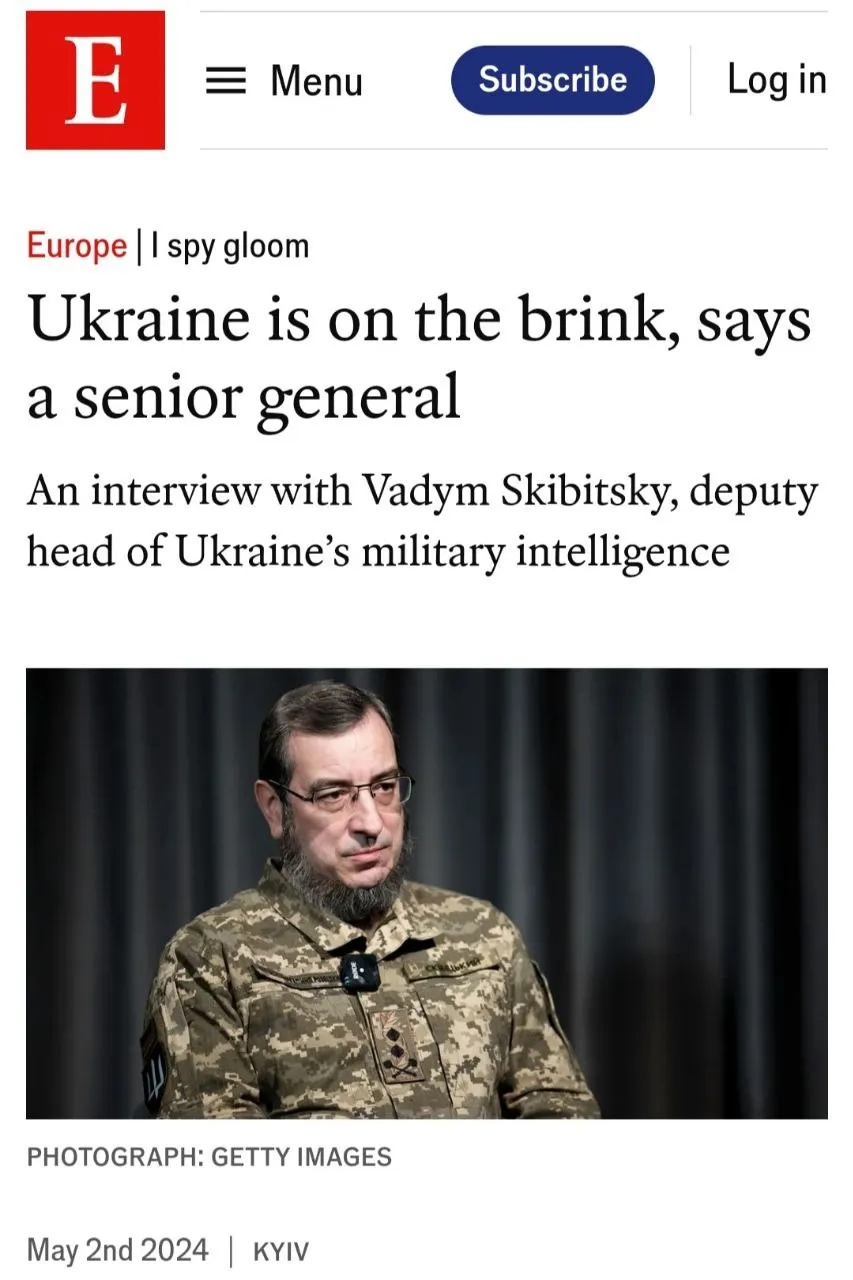
https://archive.ph/wxEDp
Deputy head of UA’s military intelligence Skibitsky states quite plainly that:
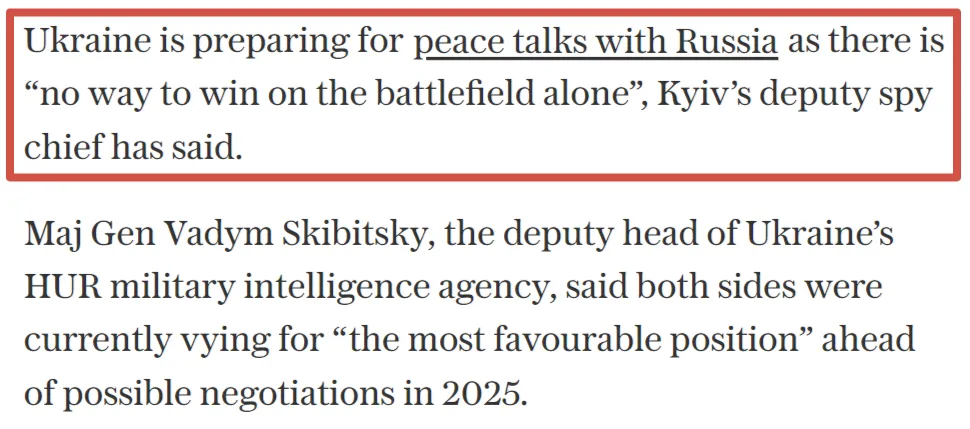
His claim, though, hinges on the belief that Russia’s arms production will “plateau” in early 2026 due to a “lack of engineers and materials”, and apparently this will cause Russia to preemptively seek peace. I wouldn’t count on that. He further adds:
Maj Gen Skibitsky warned that Russia’s army is no longer the disorganised rabble that Ukraine repelled from some regions with such success in the early stages of the war.
Now, it is a “single body, with a clear plan, and under a single command,” he said.
Given these potential peace overtures, Russia may be kiboshing Zelensky in order to set the legal precedent that it will not entertain negotiations. This will accelerate after Zelensky’s mandate truly runs out at the end of May, at which point Russia may take a far sturdier official stance in not even acknowledging him as the country’s leader; in the worst case scenario, this could potentially even lead to Russia eliminating him in strikes, if necessary, though I think they’ll save that trump card for a rainy day.
The more interesting conclusion general Skibitsky makes in his new Economist interview regards the brewing Kharkov region offensive:
Looking at a wider horizon, the intelligence chief suggests Russia is gearing up for an assault around the Kharkiv and Sumy regions in the north-east. The timing of this depends on the sturdiness of Ukrainian defences in the Donbas, he says. But he assumes Russia’s main push will begin at the “end of May or beginning of June”. Russia has a total of 514,000 land troops committed to the Ukrainian operation, he says, higher than the 470,000 estimate given last month by General Christopher Cavoli, nato’s top commander. The Ukrainian spymaster says Russia’s northern grouping, based across the border from Kharkiv, is currently 35,000-strong but is set to expand to between 50,000 and 70,000 troops. Russia is also “generating a division of reserves” (ie, between 15,000 and 20,000 men) in central Russia, which they can add to the main effort.
This is “not enough” for an operation to take a major city, he says—a judgment shared by Western military officials, but could be enough for a smaller task. “A quick operation to come in and come out: maybe. But an operation to take Kharkiv, or even Sumy city, is of a different order. The Russians know this. And we know this.” In any event, dark days lie ahead for Kharkiv, a city of 1.2m people that rebuffed Russia’s initial assaults in 2022.
As I’ve been writing for a while now, he acknowledges that Russia may be looking to create another fixing operation in the north and then play things by ear depending on where the AFU commits its rundown reserves and forces. Should they overcommit to the potential Kharkov breach, then Russia could slam an offensive through the center front around Donetsk to create breakthroughs.
This has once more been echoed by Ukrainian officers:
Deputy commander of Navoz Zhorin said today that Russia will launch an offensive on Kharkiv and then immediately launch a larger offensive in the south
(Video at link.)
Another Ukrainian Marine with a popular Twitter account agrees:
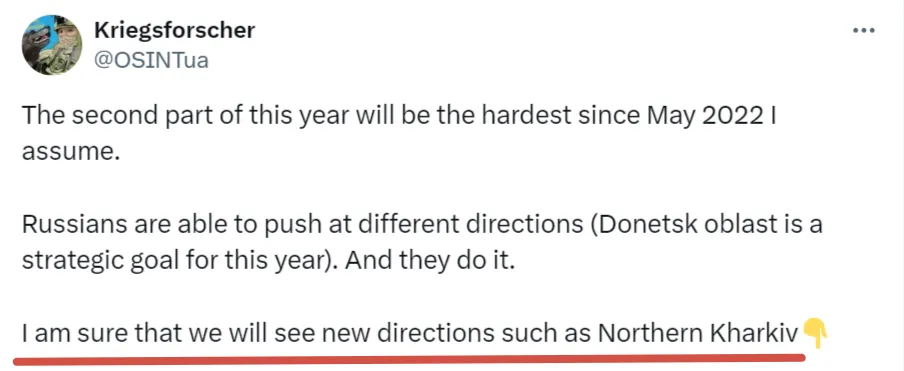
Read the highlighted part carefully, “we just don’t have enough brigades to maneuver and react.”
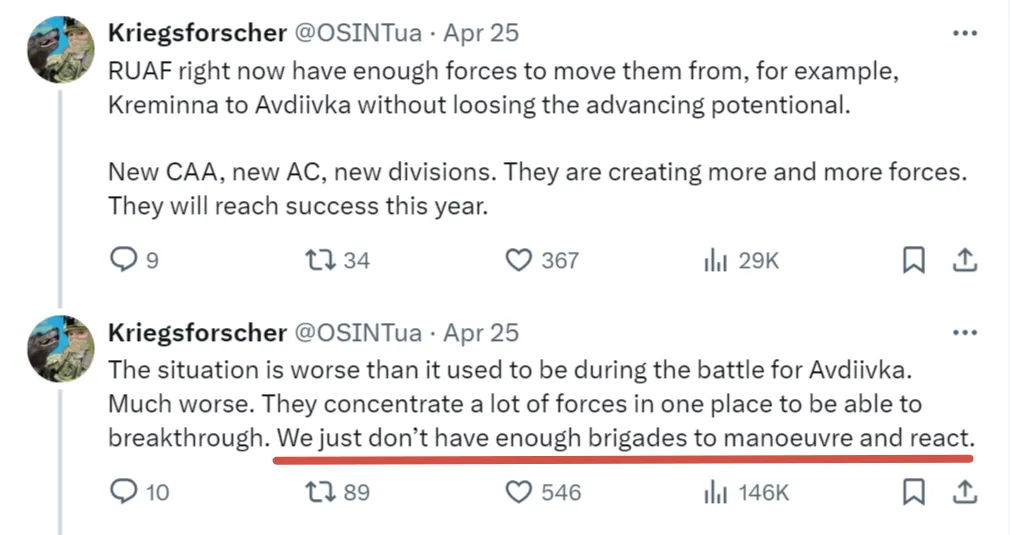
This encapsulates Russia’s potential plans. By introducing a large force in a new direction they can really throw the AFU off balance. However, there’s also a good chance that Russia is merely playing at the possibility of introducing the northern force for the very reason to keep Ukraine guessing and unable to fully deploy reserves in Donbass, as they have to be on standby to be deployed to Kharkov. Just by keeping a large force on the northern border, Russia can keep critical Ukrainian reserves tied down.
(Video at link.)
How’s this news being taken in Western circles?
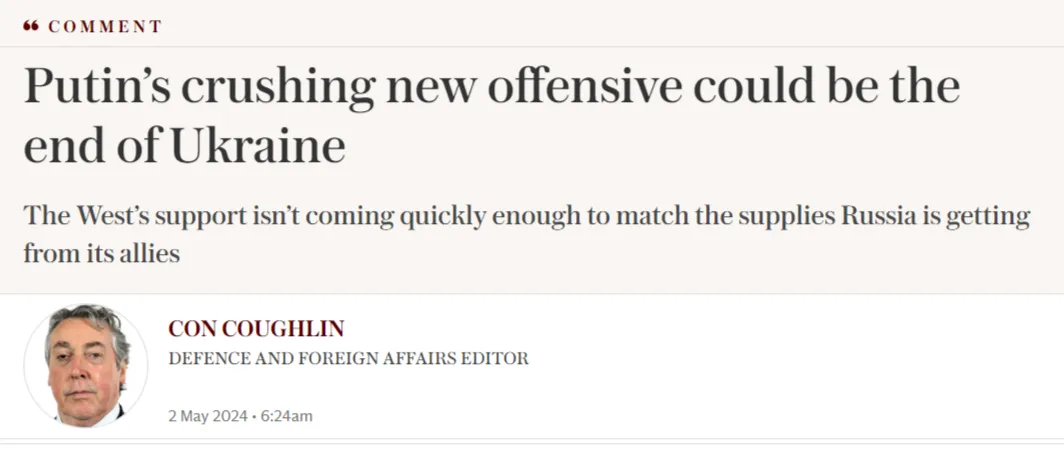
https://archive.ph/axMzP
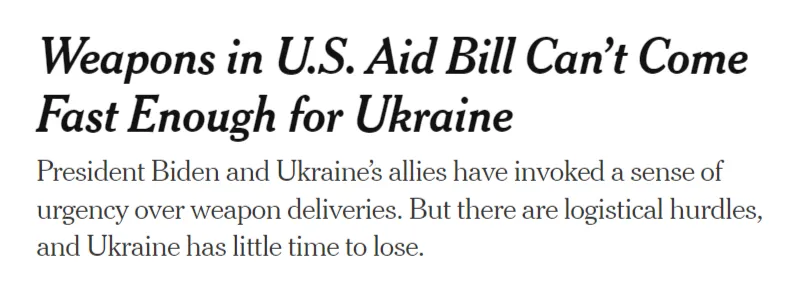
https://archive.ph/9Wghu
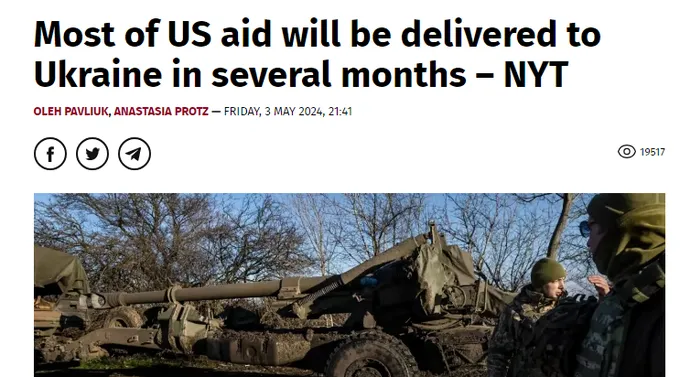
https://archive.ph/hVlmy
Unfortunately, the Biden admin doesn’t seem to be interested because they’ve now admitted that after accomplishing his ‘responsibility’ of throwing Ukraine a bone, Biden intends to totally shift focus on more important things, like the election:
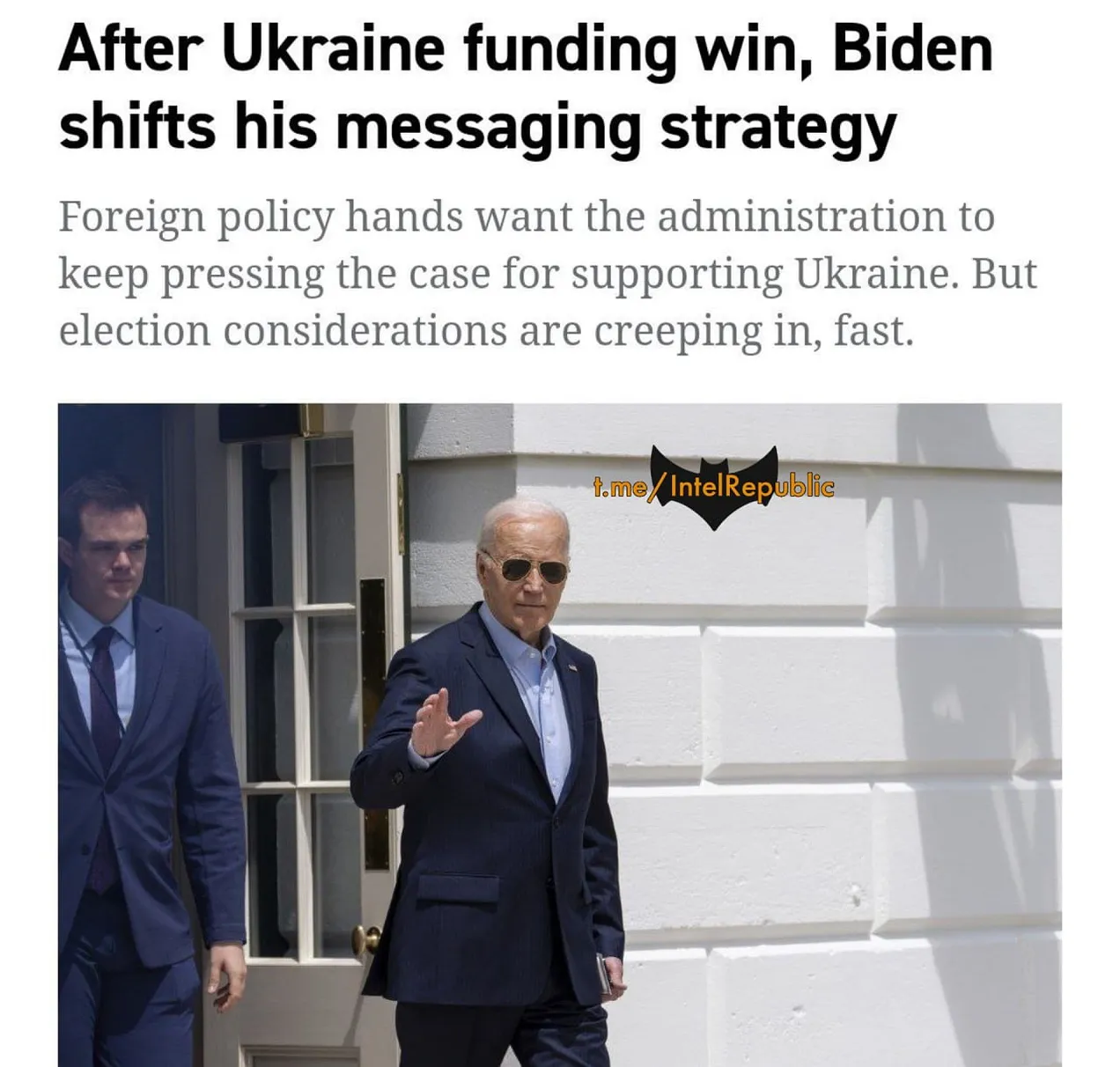
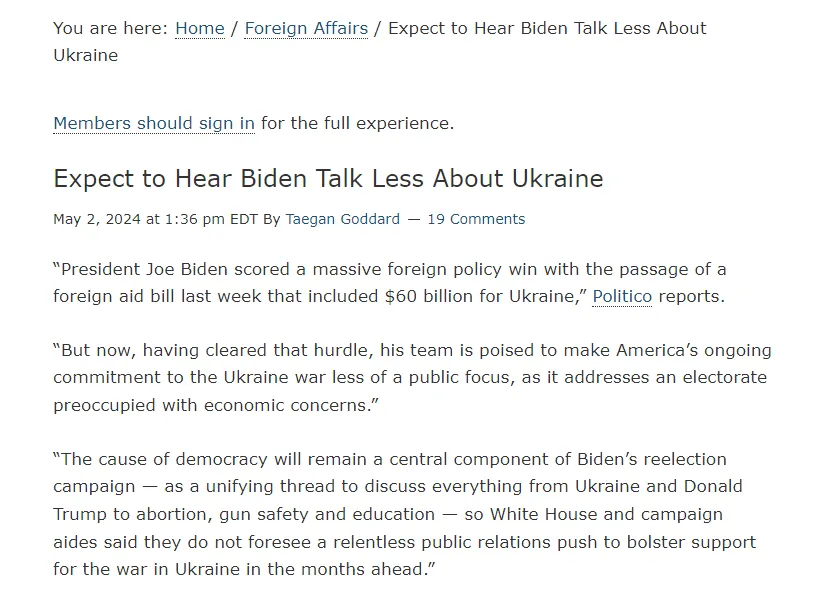
NATO Troop Diversionary Screen
Given the above continued developments, we’re once again being razzled with threats of NATO troop deployment:
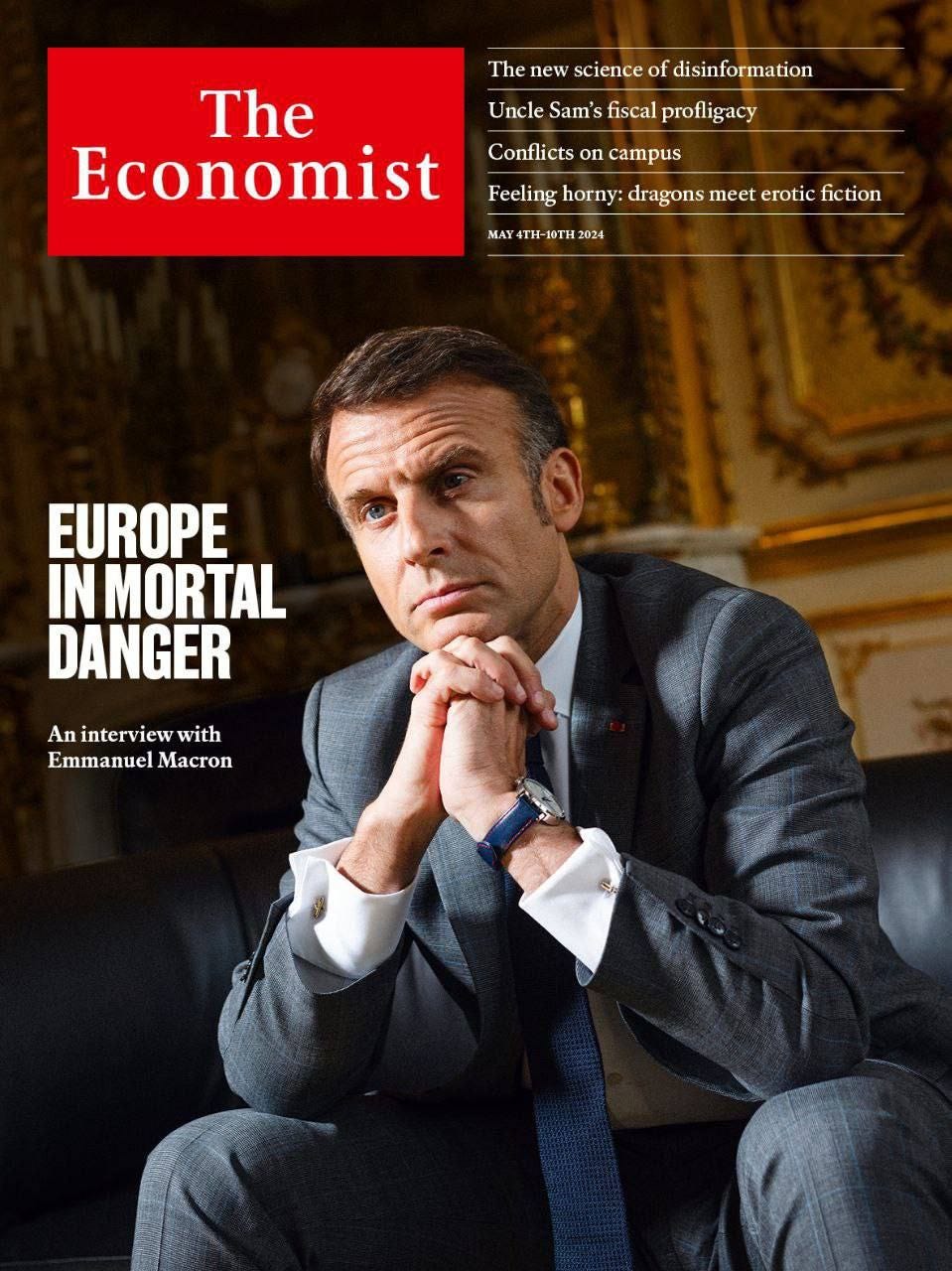
In the latest Economist piece, Macron again rekindles bravado-driven boasts of sending troops:
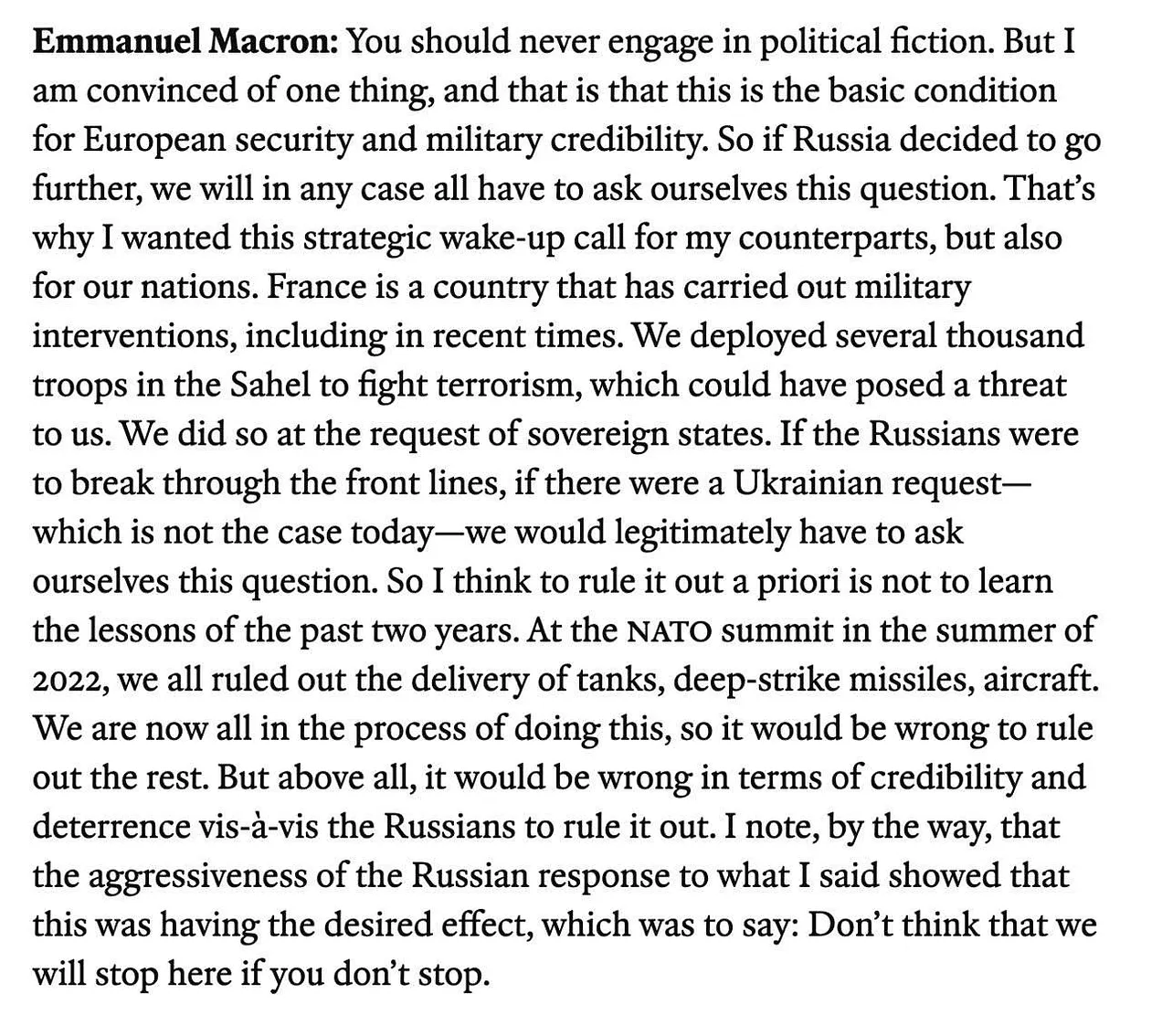
Many were again taken aback when Macron essentially said that if Russia creates a breakthrough in Ukraine, and Ukraine requests aid, then France will consider sending troops. But in truth, he’s merely trotting out the same threats made previously, hoping to spark headline buzz to maintain his ‘strongman of Europe’ facade.
Ukrainian Rada deputy Goncharenko however seized at the opportunity, reinforcing the play by juicing French TV audiences with the possibility Ukraine may in fact invite European troops in said scenario: (Video at link.)
“If the situation at the front shows us that Ukraine cannot stop Putin on its own, without European military support and troops, yes, I believe that it is absolutely possible that we can ask for troops...” the politician said.
<snip>
Also, here’s Swiss Colonel of the General Staff and Deputy Chief of Staff to the Chief of the Swiss Armed Forces’ Military-Strategic Staff (MSS), Alexander Vautraver—read the highlighted portion below:
The French army would be “a drop in the bucket” in terms of support for the Armed Forces of Ukraine, says retired Swiss colonel and editor-in-chief of the Swiss Military Review (RMS+) Alexander Vautraver.
"This is a drop in the ocean, just a small part of what is needed. The question must be asked: is the French army sufficiently equipped in terms of training and modern weapons to contribute to offensive operations against an enemy that is superior in numbers?" - said the former military man on the French TV channel LCI.
“The forces that we could deploy are two brigades of 5-6 thousand soldiers, with a deployment duration of a maximum of 1-3 months. But if we are talking about a longer period, as, obviously, in the case of Ukraine, this is only 2 battalions that are today in the Baltic countries and Romania. The bad news is that these forces are absolutely not enough to confront the half-million Russian army,” he said. According to Vautraver, these forces, located outside France, are now under NATO command, which is “even more problematic.”
<snip>
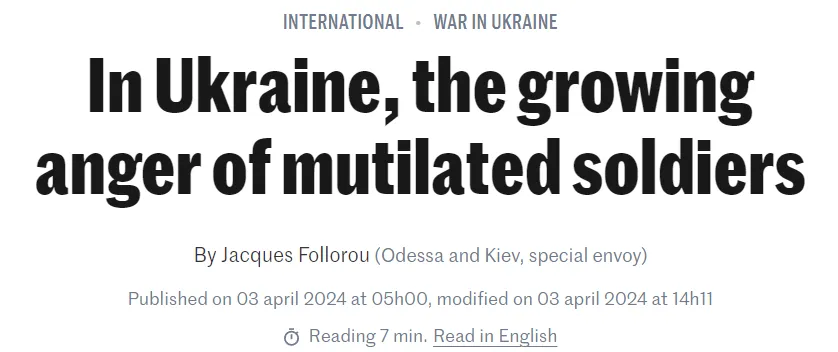
It states outright that 70% of disabled Ukrainians are forced to care for themselves with the state having “given up on them.”
Now add this to the new mobilization procedures which allow for the sick and even mentally incapacitated to be called up by Zelensky:
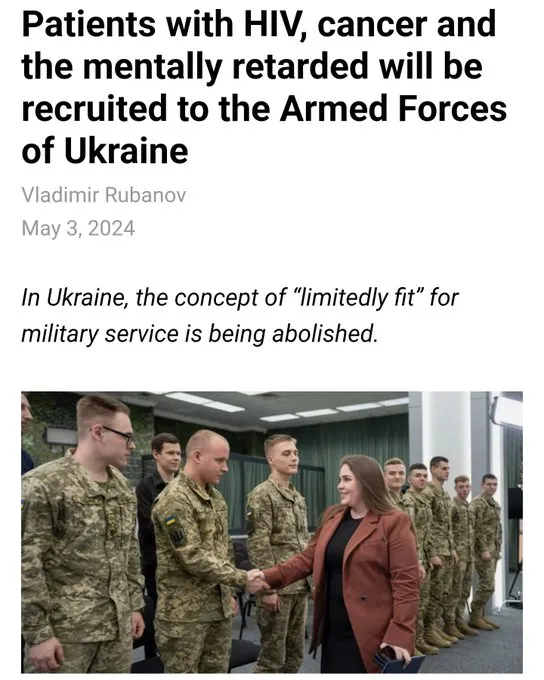
<snip>
I’ve long covered the topic of Ukraine’s prisoner disparity with Russia, which is an obvious analog to the general casualty ratios. Rezident UA now gives their take on the numbers:
#Inside
Our source in the OP said that the process of exchanging prisoners has stalled due to the approach to the lists. Now in Russia there are more than 20 thousand prisoners of military personnel, and we have only 800 and almost 5000 thousand separatists, whom we are trying to exchange in the same way.
According to them, Ukraine holds 800 Russian and 5000 Novorossiyan POWs, while Russia holds over 20,000 Ukrainian ones, which would likewise reflect in the general casualty ratios between the two.
(Much more at link.)
https://simplicius76.substack.com/p/mac ... thers-nato
(Can't tell a Nazi from a "retard" without a tat...)
******
SOME MORE INFO ON CLAIMS OF FRENCH TROOPS IN UKRAINE AND RELATED ISSUES
MAY 6, 2024 NATYLIESB
The following is an excerpt from Oliver Boyd Barrett’s post today. Barrett is a university professor who specializes in media and propaganda studies. I have embedded links that support his various points. Time will tell whether the reporting of Stephen Bryen turns out to have merit. He insists that it does in this updated post from today. – Natylie
Over the past 24 hours we have had reports of French intentions to send between 6,000 and 12,000 troops to Ukraine [The French Foreign Ministry has denied the claims in this Asia Times report by Stephen Bryen – Natylie], and a report that the leader of the Democratic Party in the House of Representatives has said that the US will have to send troops if Russia beaks through Ukrainian lines. Which lines exactly are being referred to is a mystery to me as it seems to me Russia is frequently pushing against and breaking through fortifications. If all other NATO troops were to send in detachments we could easily be talking about a combined force of over 100,000 troops, many of whom are already on Russia’s borders because of an ongoing anti-Russian exercise. Such a force, poorly equipped, could easily be countermanded by Russia.
Russia is commencing an exercise of its nuclear-equipped forces. In the event of a major NATO aggression or clear threat of one I believe Russia will strike at the NATO forces with relatively low grade, low radiation missiles. In an ensuing tit for tat nobody knows who or at what point the exchange will cease. Over Gaza the West has shown that there is no evil it will not contemplate to secure its hegemony. In the meantime there will be great pressure on Chinese President Xi Jinping who is now in talks with French President Macron. Xi has said he will do what he can but I think we should expect that his conditions on the West will be onerous. It is always open to the West to stand down, of course. Possibly the West is engaging in a major subterfuge to force a frozen conflict solution which, for Russia, will offer few advantages.
Russia has issued the equivalents of arrest warrants for Zelenskiy, who will lose legitimacy in two weeks, and former President Petro Poroshenko who deliberately deceived the world over the Minsk accords, on his own confession.
https://natyliesbaldwin.com/2024/05/som ... ed-issues/
******
Russia’s Tactical Nuclear Weapons Exercises Are Meant To Deter A NATO Intervention In Ukraine
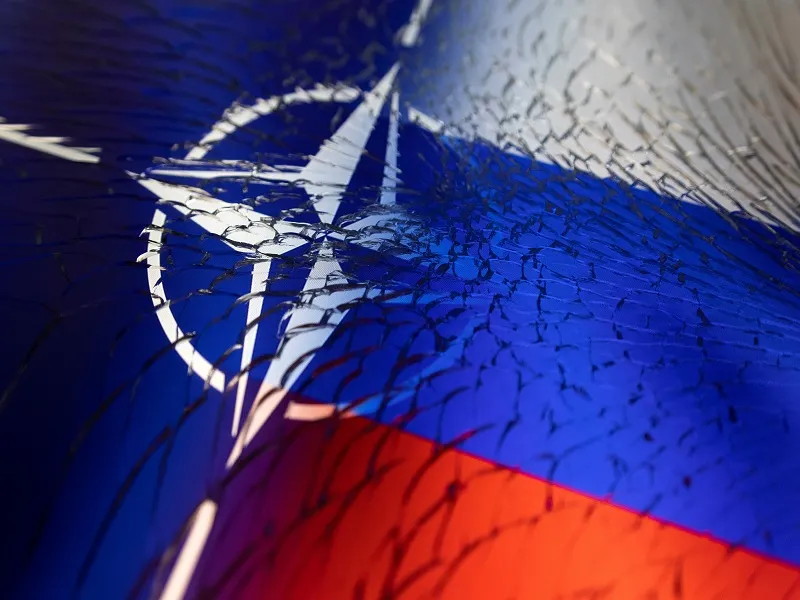
ANDREW KORYBKO
MAY 06, 2024
Everything is moving so fast that nobody can say with confidence exactly what will or won’t happen, but a reminder of each side’s interests as their policymakers conceive them to be can help obtain a better idea of how likely certain scenarios might be.
Sputnik reported on Monday that the Russian General Staff is preparing to carry out drills for practicing the use of tactical nuclear weapons, which follows Foreign Ministry spokeswoman Zakharova warning over the weekend that NATO’s “Steadfast Defender” drills are possible preparations for war with Russia. Italy’s La Repubblica also reported over the weekend that NATO might conventionally intervene in Ukraine if Russia crosses into there from Belarus or carries out “provocations” against fellow members.
These developments follow GUR deputy chief Skibitsky telling The Economist last week that the front lines might soon collapse, which aligns with the Ukrainian Intelligence Committee’s worst-case scenario that they shared in late February. It’s also worth mentioning that Macron just reaffirmed his threat from that time to intervene in Ukraine (most likely around Odessa) in that event, that Poland is no longer ruling out doing the same, and the Ukrainian premier just said that he might request NATO troops.
It's little wonder then that Russia interpreted these signals as preconditioning the Western public to accept that possibility, ergo why its General Staff is now preparing to carry out drills for practicing the use of tactical nuclear weapons. La Repubblica’s report claimed that a whopping 100,000 NATO troops could flood into Ukraine if the decision is made, with the only realistic way to stop them from going beyond the Dnieper and directly clashing with Russian troops is to use tactical nukes in self-defense.
Everything is moving so fast that nobody can say with confidence exactly what will or won’t happen, but a reminder of each side’s interests as their policymakers conceive them to be can help obtain a better idea of how likely certain scenarios might be. Russia wants to demilitarize and denazify Ukraine while NATO wants to stop them, with neither being able to achieve their maximum goals in this respect. The game-changing variable, however, will be what each does if/when the front lines collapse.
Russia will at least move to secure the full administrative borders of its four recently reunified regions, but it might go beyond that and potentially also open up more fronts in the north (whether from Belarus and/or around Sumy-Kharkov) in order to achieve as much of its aforesaid goals as possible. Should that happen, then NATO might panic depending on how far and fast Russia advances, thus serving to justify whatever pretext they concoct for commencing a conventional intervention in Ukraine.
The NATO-Russian security dilemma, which frames the abovementioned sequence of events, would unprecedentedly worsen since Russia might then panic depending on how far and fast NATO advances. The bloc might just occupy everything west of the Dnieper, but it could also cross the river and place its forces in position to attack Russia’s. Any perceived move in that direction, let alone actual ones, could prompt Russia to preempt that with tactical nukes. If they’re dropped, then the whole world will change.
The most effective way to defuse this apocalyptic security dilemma is for a neutral third party like India or the Pope to mediate between each side and discover their intentions to pass along to the other. If Russia doesn’t plan to march on Kiev once again and NATO doesn’t plan to cross the Dnieper, then neither might panic and overreact by inadvertently crossing the other’s red lines. A semi-orderly Ukrainian military withdrawal over the Dnieper to demilitarize the east as a buffer zone could then occur.
That would be the best-case scenario for de-escalating these dangerous dynamics, though it of course can’t be taken for granted since nobody is presently mediating between them, and one or the other might lie to whoever does in order to deceive their opponents. Nevertheless, hopefully someone steps up to try before the front collapses and their noble efforts are sincerely welcomed by both sides, since the reluctance to do so could doom the world to destruction in the worst-case scenarios.
https://korybko.substack.com/p/russias- ... ar-weapons
Don't worry Andy, NATO is a paper tiger. They've got a 'green' air force and no 'ass' on the ground.
Russia Hopes To Influence Ukraine’s Possibly Impending US-Backed Regime Change Process
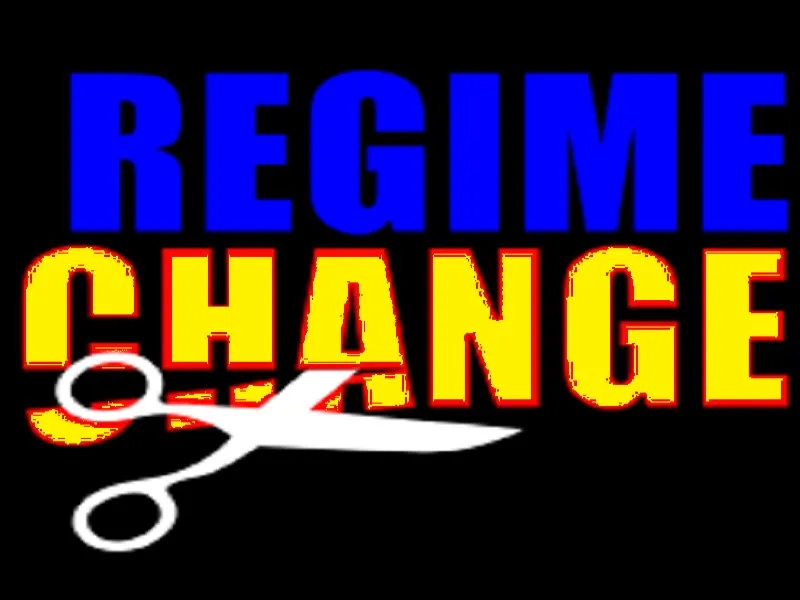
ANDREW KORYBKO
MAY 07, 2024
The purpose is to create a political environment that would be more conducive to a sustainable peace in the scenario that Russia breaks through the front lines, Ukrainians rise up against Zelensky after he clings to power on legally dubious pretexts, and a new American-installed regime resumes peace talks.
Russia’s foreign intelligence service revealed on Monday that the US has reportedly entered into talks with Petro Poroshenko, Vitaly Klitschko, Andrey Yermak, Valery Zaluzhny, and Dmytro Razumkov as possible replacements to Zelensky. The US is allegedly worried about public sentiment turning against his regime in the event that Russia soon breaks through the front lines like the GUR deputy chief recently warned might happen in a reaffirmation of the Ukrainian Intelligence Committee’s winter warning.
Zelensky himself had earlier tried to preemptively discredit potentially forthcoming protests against him in that scenario as well as the related one of him clinging to power on legally dubious pretexts after his term expires on 21 May. Russia’s decision a few days back to put him, Poroshenko, and a few other past and present Ukrainian officials on its Interior Ministry’s wanted list was analyzed here as signaling that it wouldn’t recognize their legitimacy if he remains in power or those figures end up replacing him.
That’s not a symbolic policy either but a substantive one since Russian representatives couldn’t hold talks with those individuals due to their country’s charges against them, thus making it impossible for Ukraine to resume negotiations out of desperation if Russia soon breaks through the front lines. Pairing this insight with its foreign intelligence service’s latest revelation, which builds upon these two here and here from December, Russia hopes to influence Ukraine’s possibly impending US-backed regime change.
The purpose is to create a political environment that would be more conducive to a sustainable peace in the scenario that Russia breaks through the front lines, Ukrainians rise up against Zelensky after he clings to power on legally dubious pretexts, and a new American-installed regime resumes peace talks. Replacing Zelensky with Poroshenko would simply lead more to of the same even if he’s experiencing a renaissance in popularity among some Ukrainians since he was responsible for the failed Minsk Accords.
That’s why the Russian Interior Ministry placed him on its wanted list and their foreign intelligence service just revealed that he’s being considered by the US as his successor since they want the American and Ukrainian elite alike to know that no peace talks could be resumed under his leadership. The supplementary reason behind Monday’s disclosure is to exacerbate divisions within Zelensky’s regime with the expectation that they might tear each other apart and thus facilitate the rise of “fresh blood”.
Zelensky was supposed to play that “black horse” role as proven by his campaign promise to implement the Minsk Accords with a view towards ending the then-civil war and ultimately normalizing ties with Russia. Regrettably, he was co-opted by the US and Ukraine’s ultra-nationalist military-intelligence members shortly after entering office, who combined to transform him into a much more Russophobic leader than his predecessor ever was and thus made the ongoing special operation inevitable.
President Putin candidly acknowledged his prior naivete last December a year and a half after speaking from the heart in summer 2022 when he told his foreign intelligence service not to indulge in wishful thinking when conducting strategic forecasts. He’s therefore not going to be duped again by the West simply swapping Zelensky with Poroshenko or another puppet as a pretext to resume peace talks for the purpose of buying time to rearm and recommence the conflict sometime later from a better position.
These experiences are why Russia hopes to influence Ukraine’s possibly impending US-backed regime change through its Interior Ministry’s updated wanted list and foreign intelligence service’s revelation in order to ideally create a political environment that would be more conducive to a sustainable peace. The odds of this succeeding are admittedly slim, but forthcoming developments on the ground – especially regarding the growing possibility of NATO-Russian clashes – could reshape the dynamics in its favor.
https://korybko.substack.com/p/russia-h ... e-ukraines
*****
Ukraine SitRep: Eating The Seed Corn - Intervention Threats And Responses
Dima of the Military Summary Channel and others have mentioned that the Ukrainian army has deployed its police and military cadets to the front line.
This is like farmer who, during a winter famine, eats his seed corn for the next year. It will only prolong the crisis and guarantee that there will be even more hunger during the following winter.
Where will the next generation of Ukrainian army officers come from when the cadets are all dead?
Over the last days the Democratic Minority Leader in the House Hakeem Jeffries suggested that U.S. troops would have to intervene in Ukraine:
In an interview with CBS News, Jeffries expressed concerns that despite billions of dollars in military aid from the United States, if Ukraine cannot secure victory over Russia, America may be compelled to intervene directly in the conflict.
The British Foreign Minister David Cameron has invited Ukraine to use British delivered weapons against Russian territory:
David Cameron said Ukraine “absolutely has the right” to conduct attacks inside Russia with British weapons as he made his second visit to Kyiv since becoming foreign secretary.
Lord Cameron said it was up to Kyiv to decide how to use the ammunition supplied by Britain.
“In terms of what the Ukrainians do, in our view, it is their decision about how to use these weapons, they are defending their country, they were illegally invaded by Vladimir Putin and they must take those steps,” he said.
France has allegedly deployed parts of its Foreign Legion to Ukraine. The report follows musings by the French president Macron about putting French troops onto the ground in Ukraine.
All this was a bit too much for Russia. It invited the British ambassador to its Foreign Ministry to get an earful of serious talk:
Russia's foreign ministry said the UK's ambassador to Moscow had been "summoned" to make him "reflect on the inevitable catastrophic consequences of such hostile steps by London".
Russia also announced a spontaneous drill of the deployment of tactical nuclear weapons:
Russia has threatened to strike British military facilities and said it will hold drills simulating the use of battlefield nuclear weapons in response to UK weapons being used by Ukraine to strike its territory.
...
It is the first time Russia has publicly announced drills involving tactical nuclear weapons, although its strategic nuclear forces regularly hold exercises.
The exercises will be held by the southern group of Russian forces which is also involved in the special military operation in Ukraine.
This should for now shut up the loud voices who dream of defeating Russia in Ukraine.
There is zero hope that this could be achieved. The Ukrainian army has had 600-700,000 soldiers, maybe even more. It has been defeated. How many soldiers could France deploy into Ukraine? 5,000-10,000? And all NATO together? 100,000?
No western force is currently configured and equipped to defeat a near peer competitor force. Twenty-five years of 'war of terror' have left those armies in a very sorry state. At least during the first year of an expanded war their troops would have no chance to survive. The Russian forces, by now a well oiled machine with plenty of excellent weapons, would defeat them within one or two weeks. What then?
Since February 2022 Russia's old and new president Vladimir Putin has warned against all interventions:
Let me emphasise once again: if anyone intends to intervene from the outside and create a strategic threat to Russia that is unacceptable to us, they should know that our retaliatory strikes will be lightning-fast. We have the tools we need for this, the likes of which no one else can claim at this point. We will not just brag; we will use them if necessary. And I want everyone to know this; we have made all the decisions on this matter.
I for one do not take that lightly.
Posted by b at 10:35 UTC | Comments (70)
https://www.moonofalabama.org/2024/05/u ... l#comments
******
Captured naval drone with anti-aircraft missiles
May 7, 13:48

A damaged Ukrainian naval drone with anti-aircraft missiles captured by the Russian military as a trophy.
https://colonelcassad.livejournal.com/9140814.html
Reminds me of those WWII U-boats equipped with quad 50 AA guns... as with most 'wunderwaffe' the effectiveness last about 2 weeks until countered.
Missile attack on Ukraine. 05/08/2024
May 8, 10:54

Scheme of a night attack by the Russian Aerospace Forces and the Russian Black Sea Fleet on the Ukrainian energy system according to the enemy. The enemy acknowledges the serious damage to facilities in 5 regions and subsequent problems with the supply of electricity. By May, Ukraine switched from exporting electricity to supplies from Europe. Plans to make money on electricity supplies were successfully thwarted.
The enemy shelled an oil depot in Lugansk with ATACMS missiles at night. 1 or 2 containers of fuel were still burning in the morning. 5 civilians were injured + houses adjacent to the oil depot were damaged.
https://colonelcassad.livejournal.com/9141835.html
Google Translator

